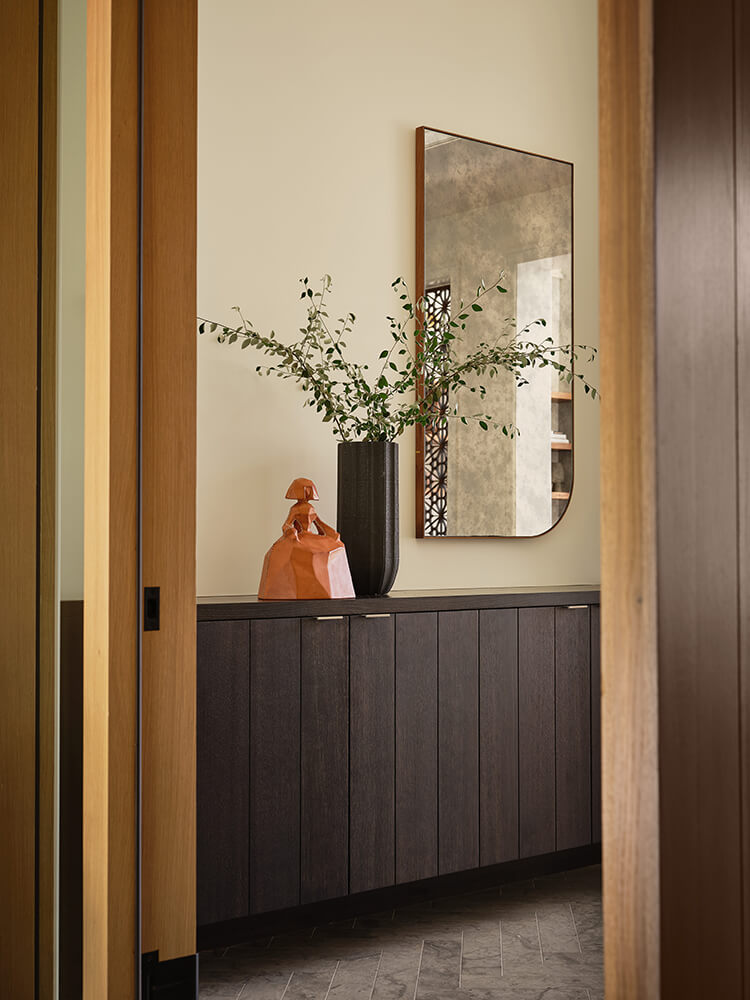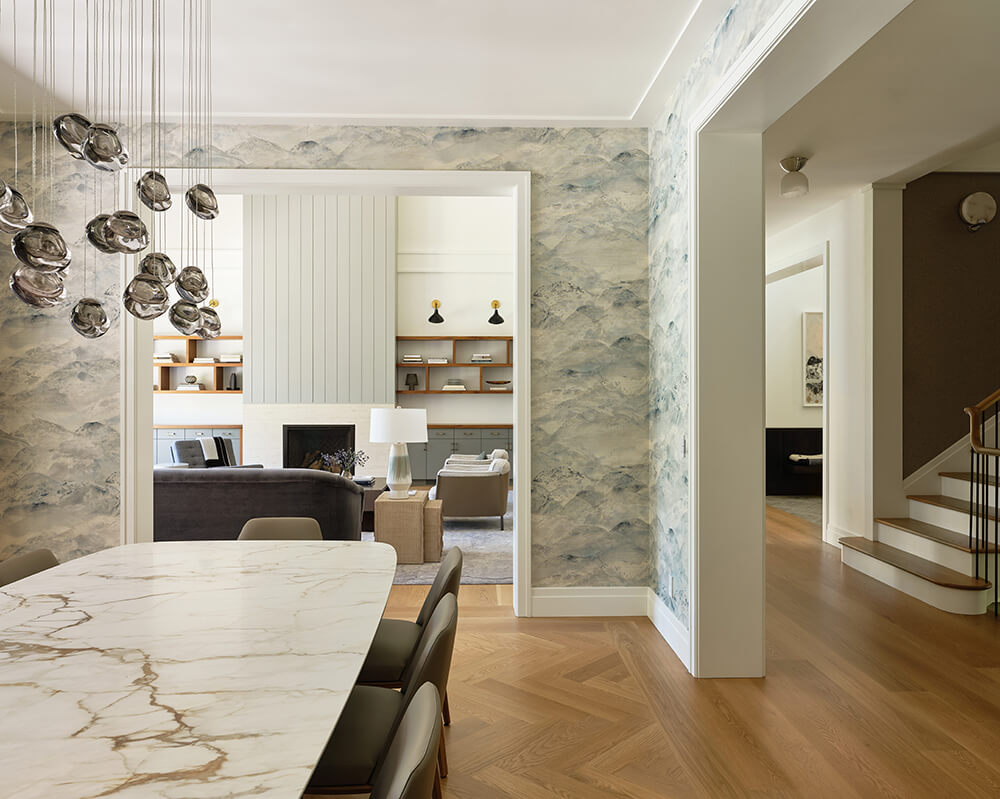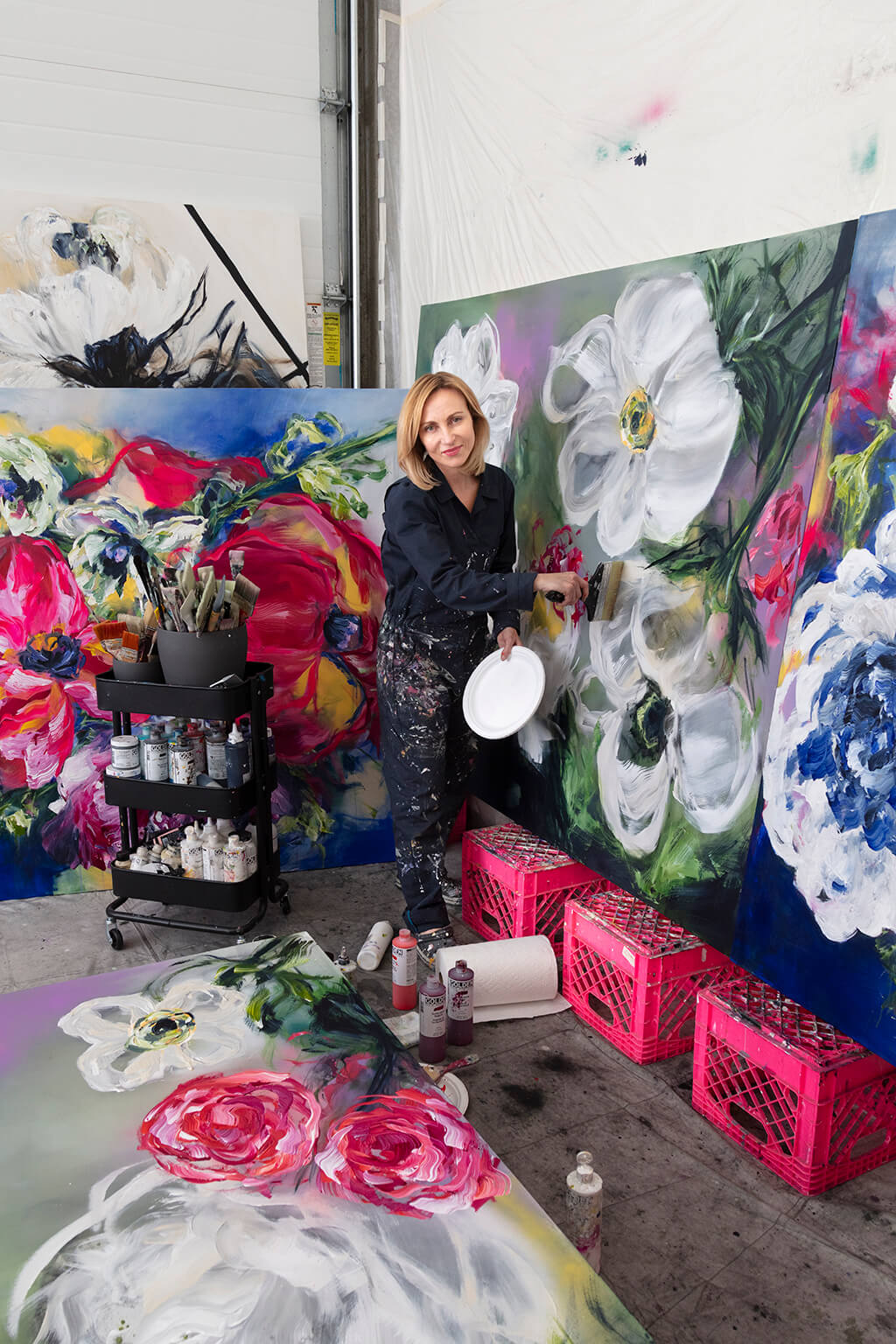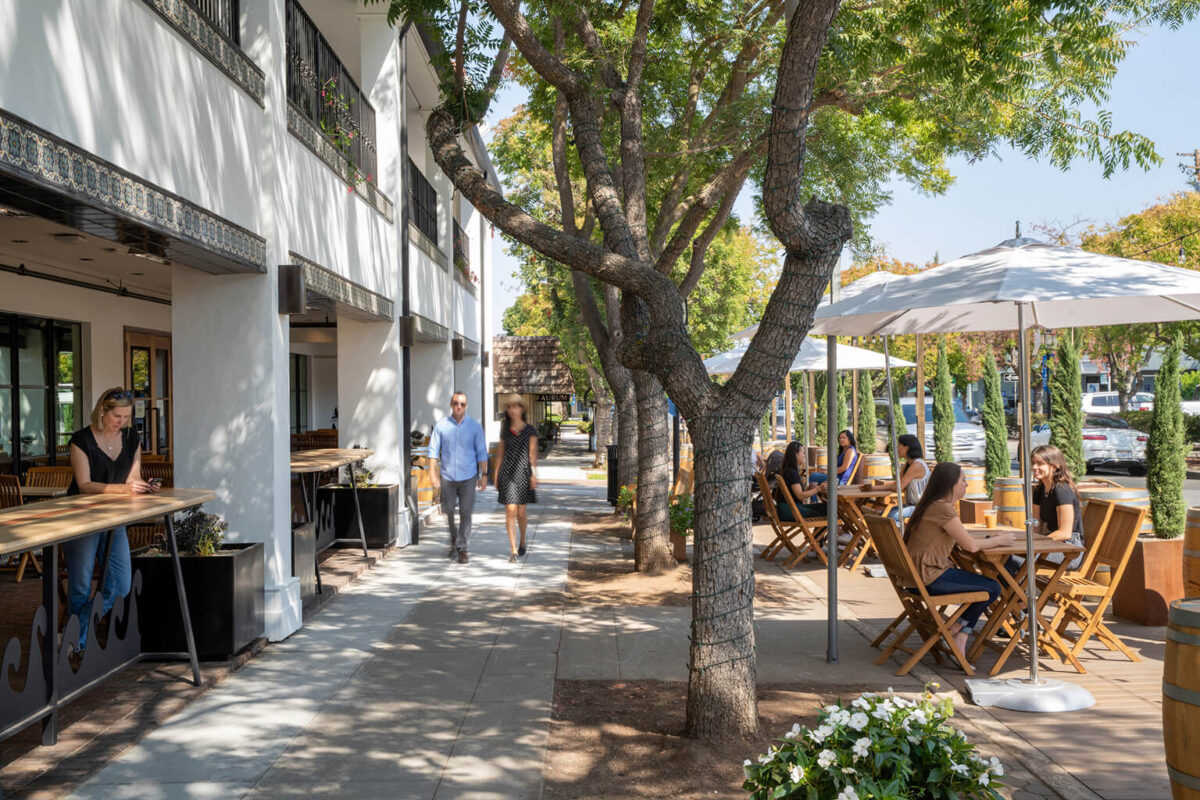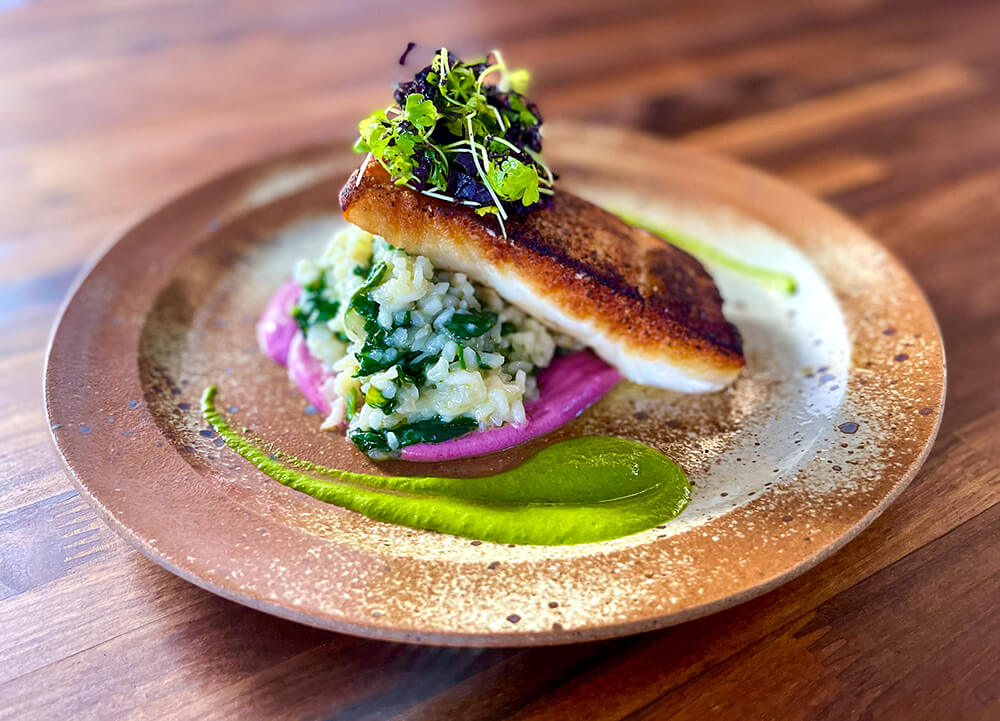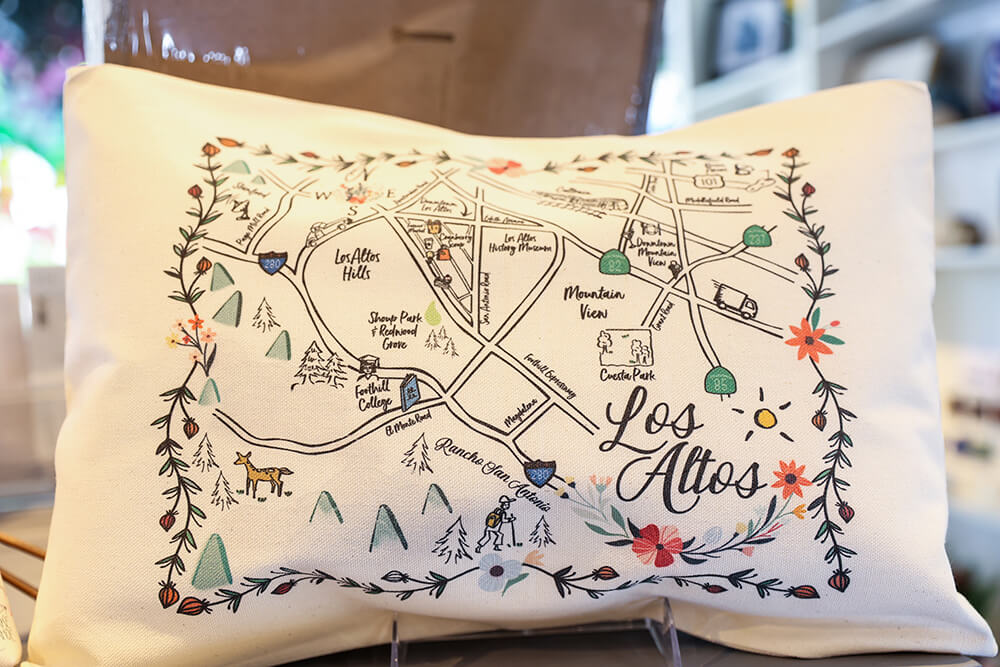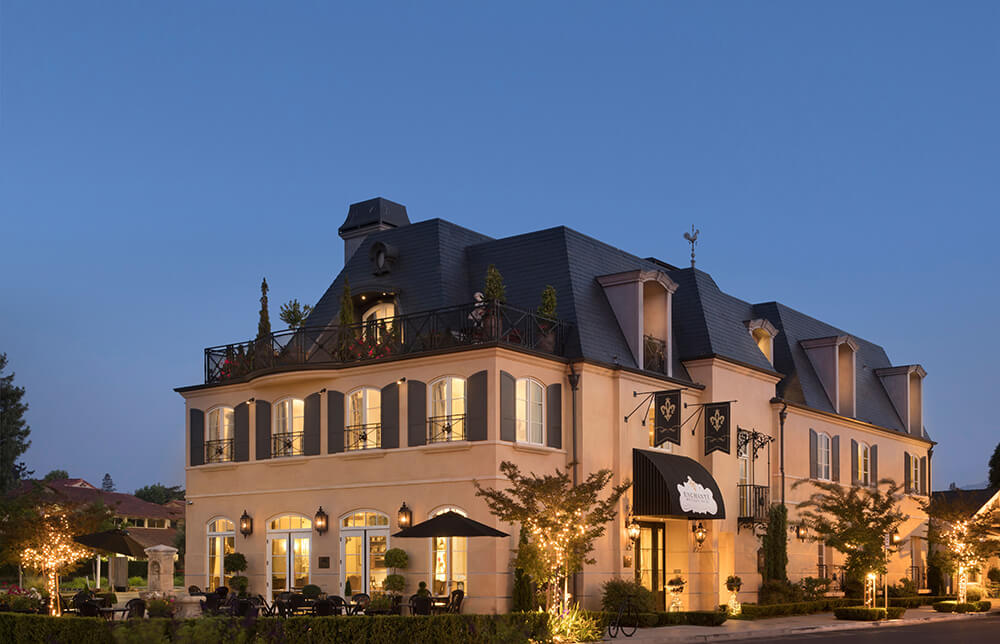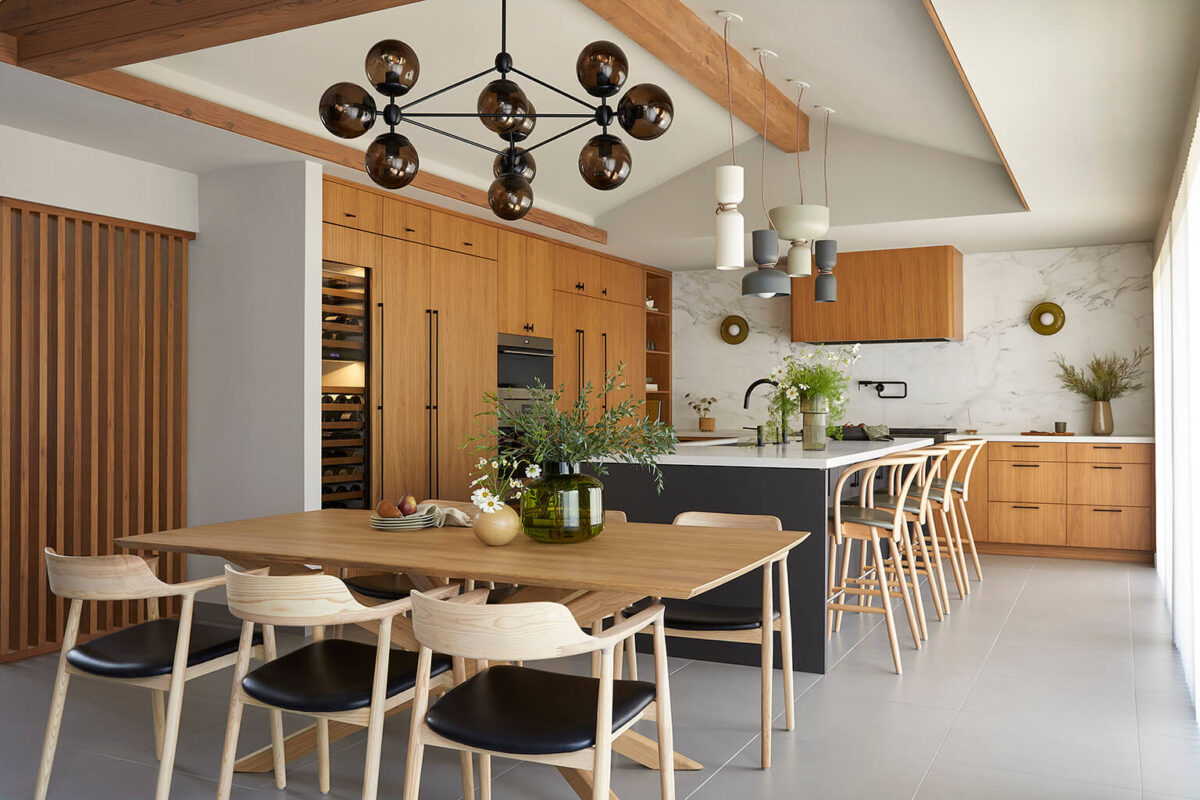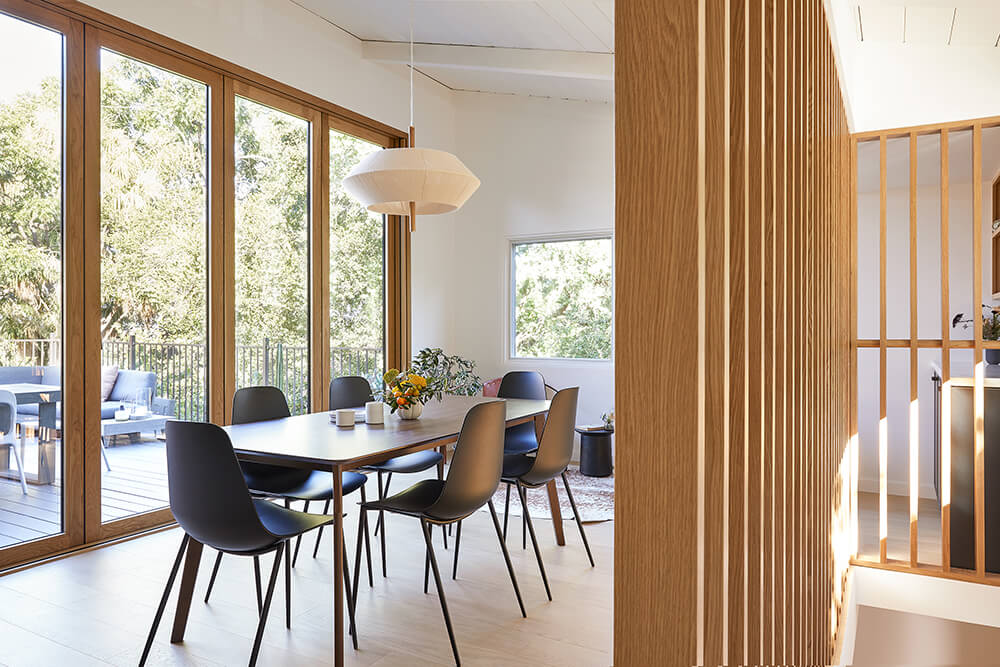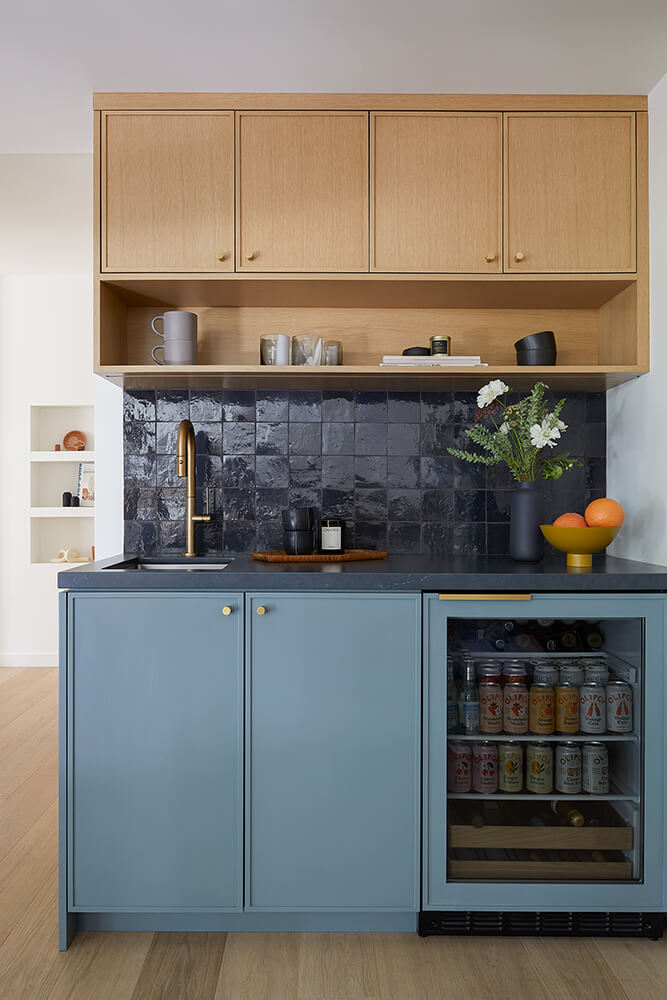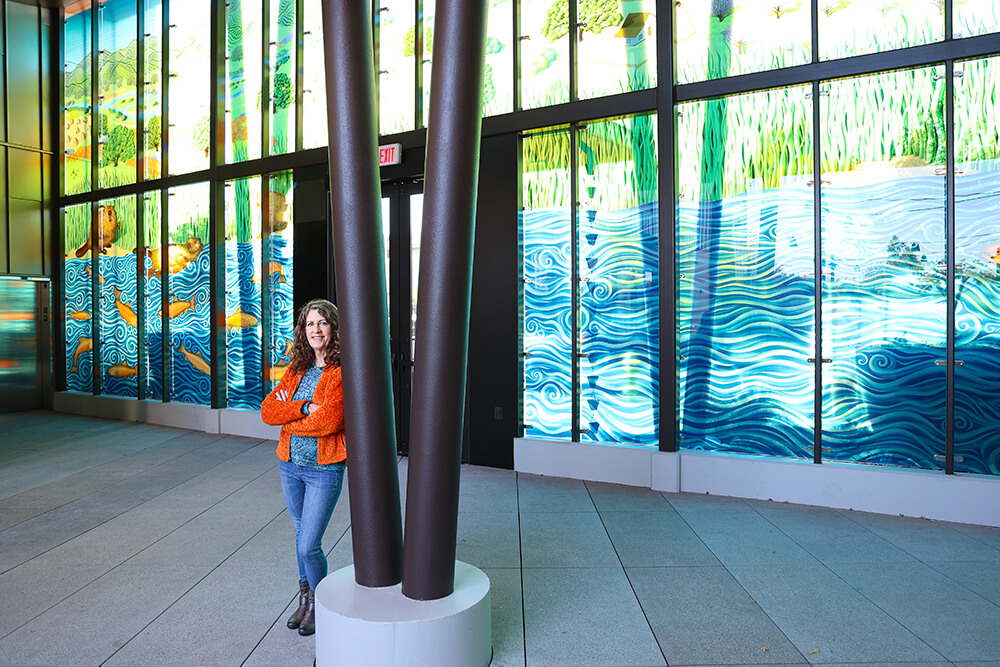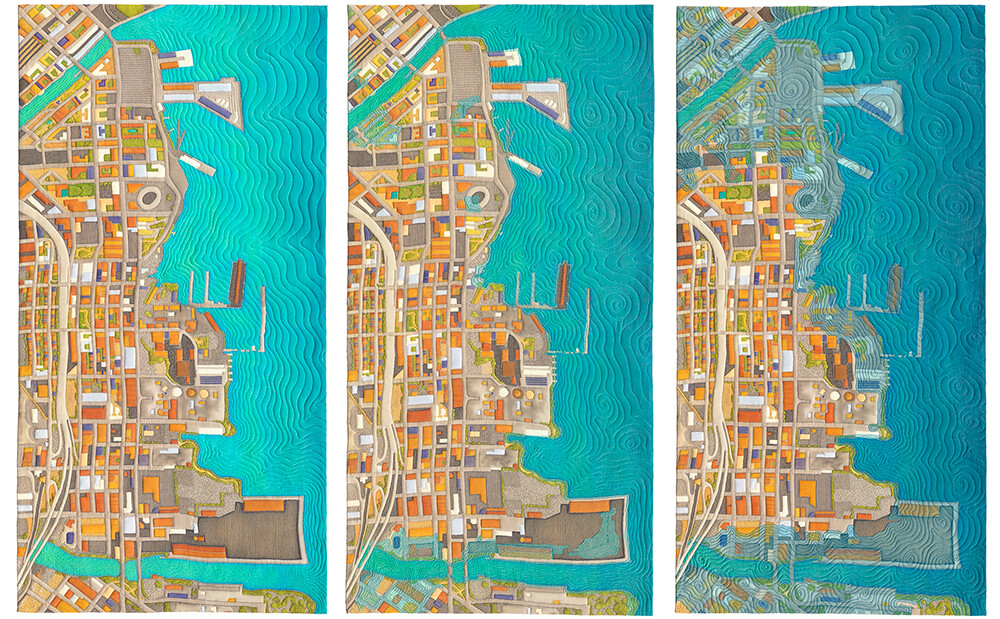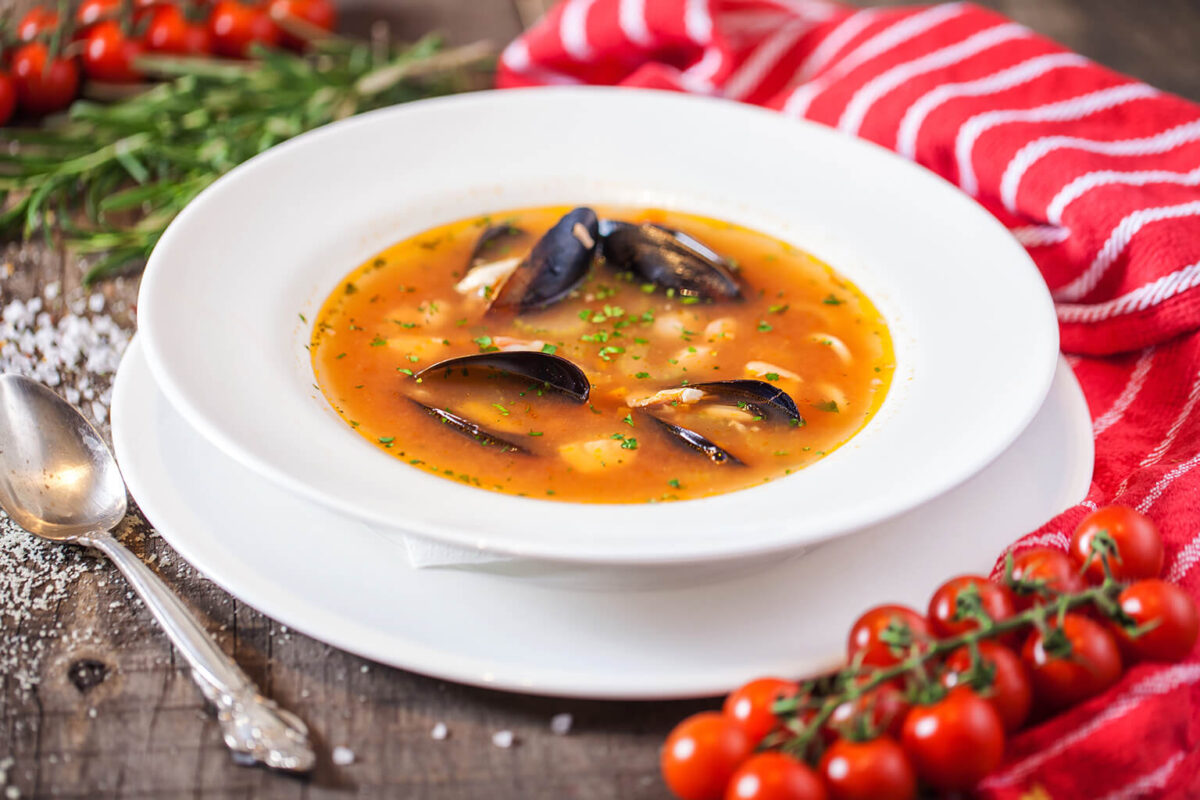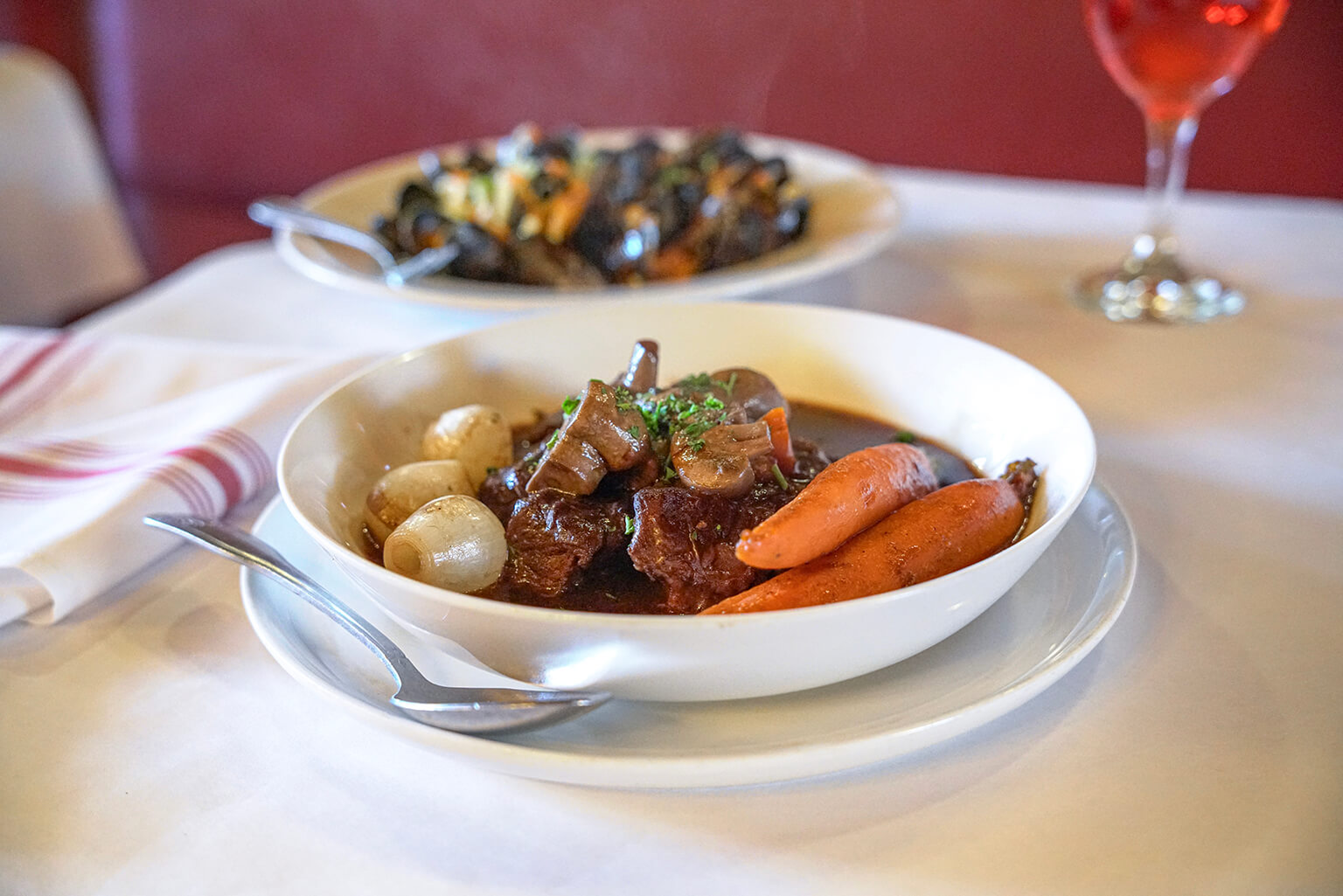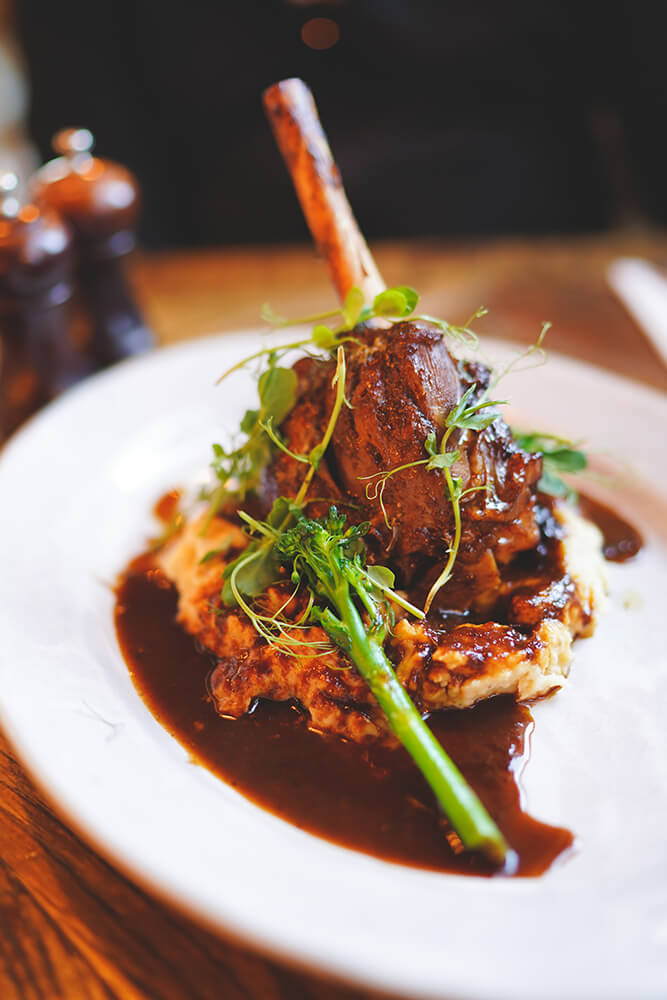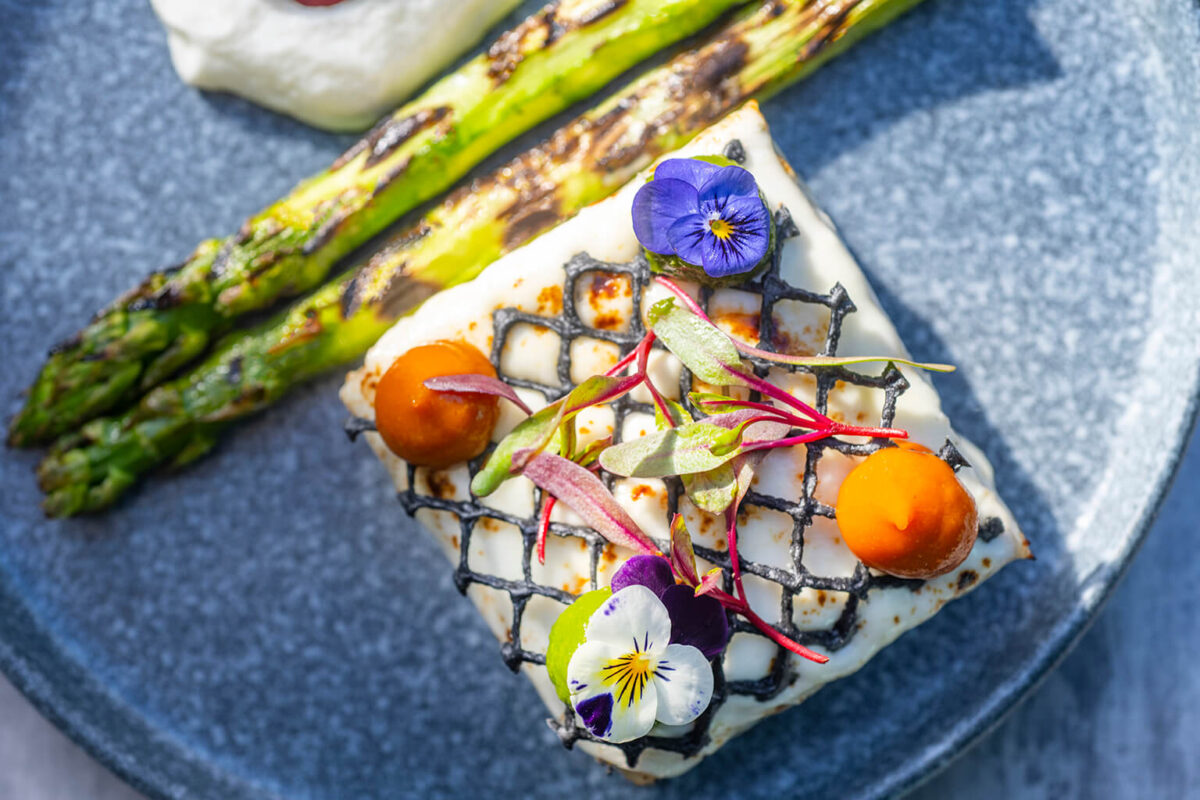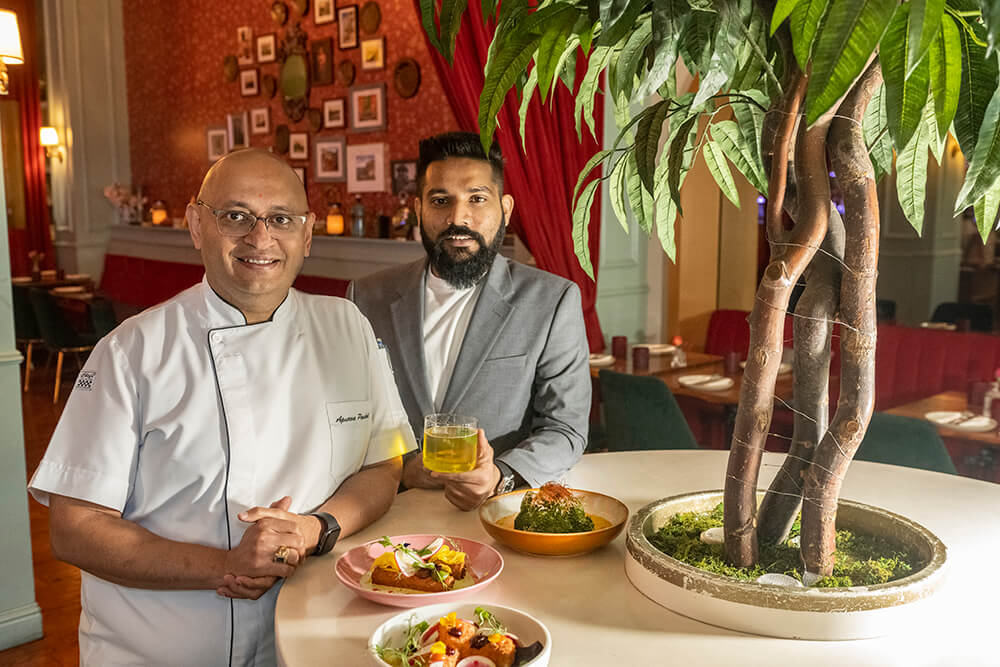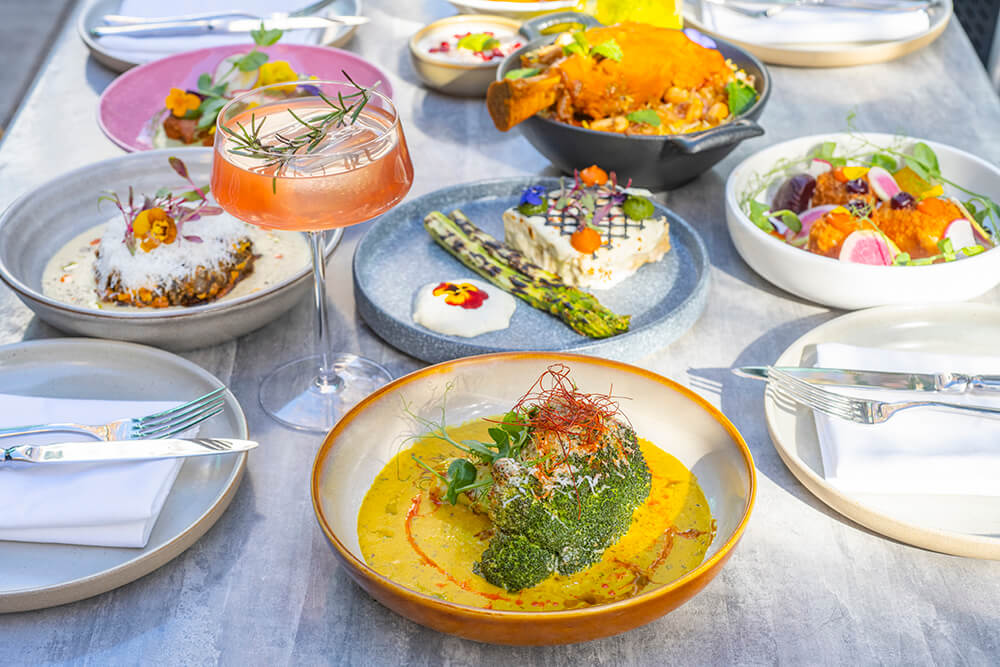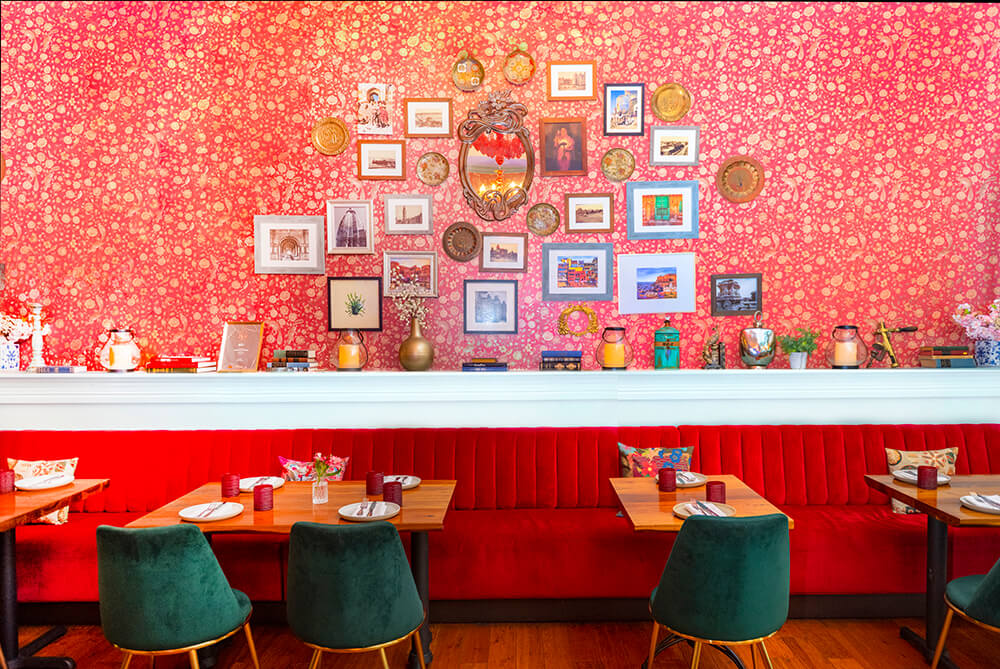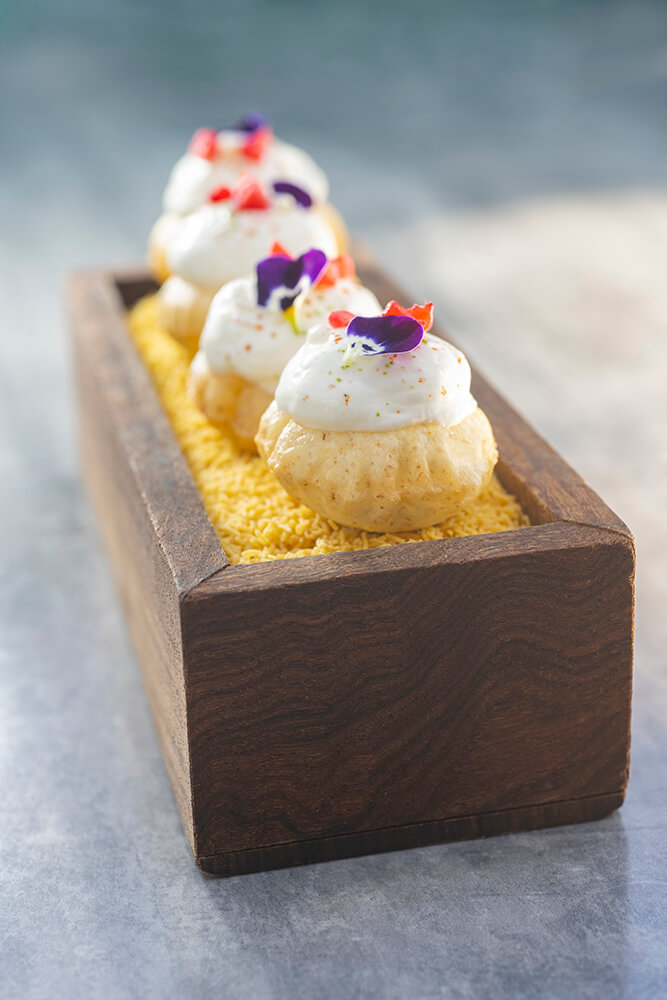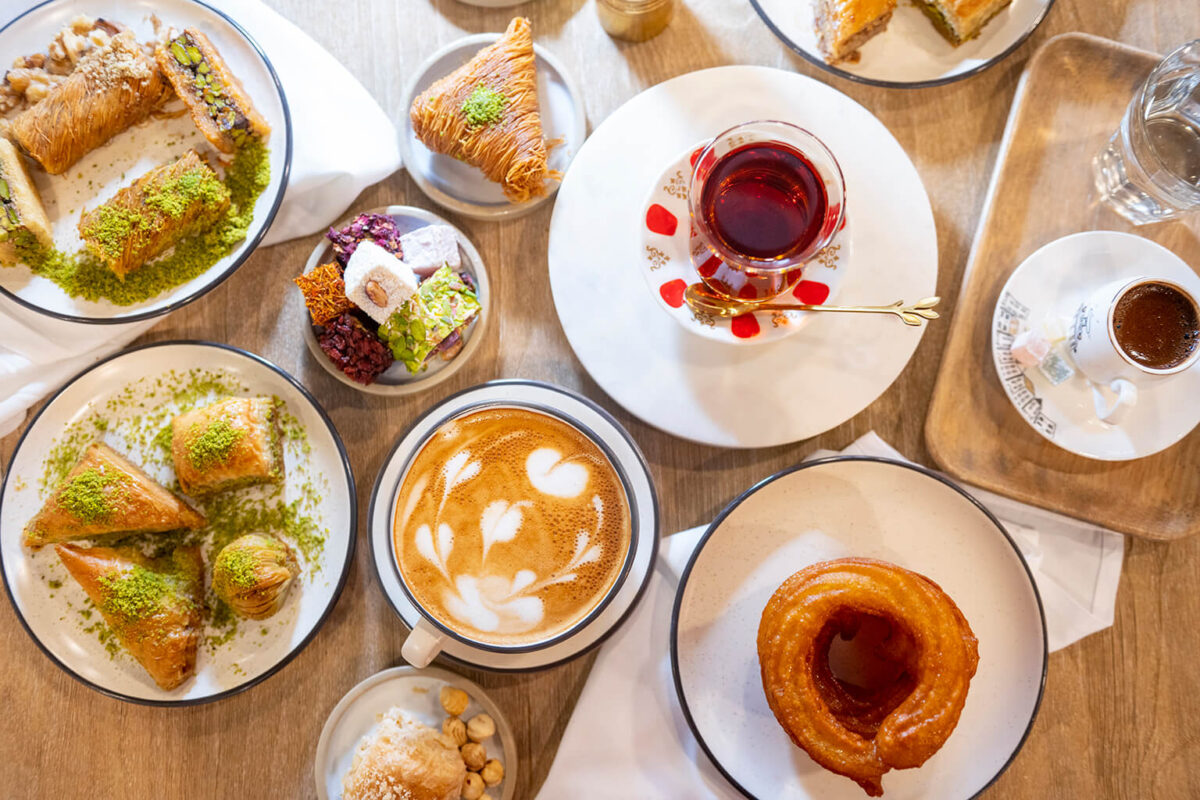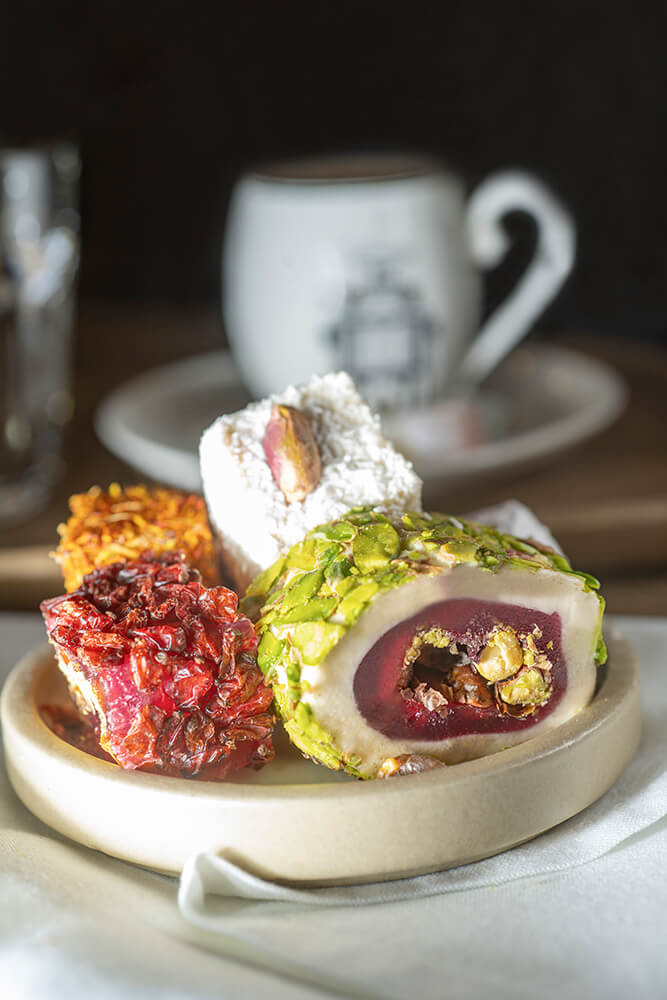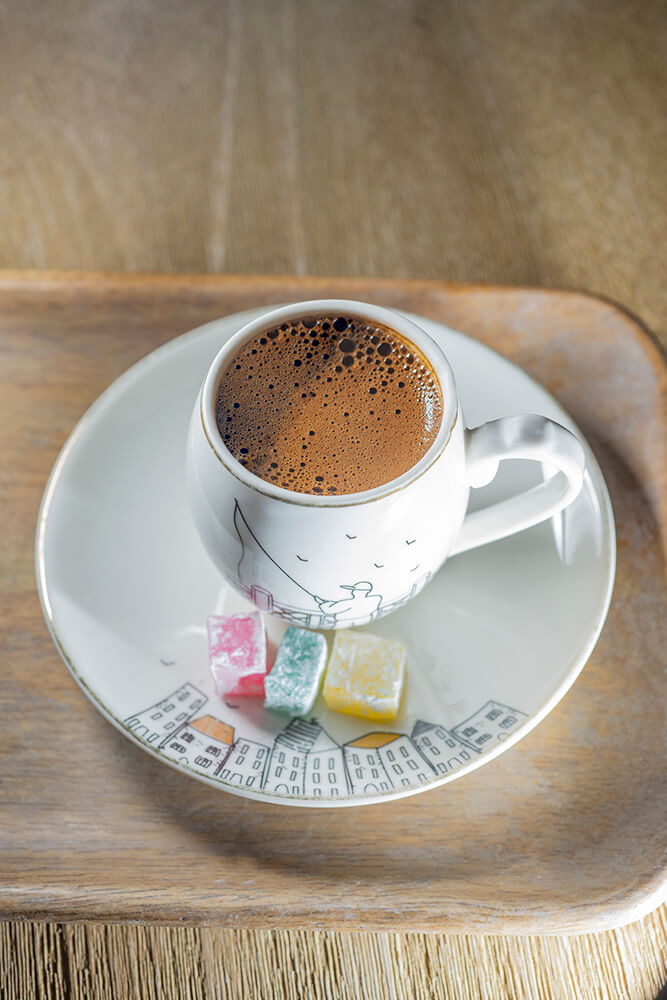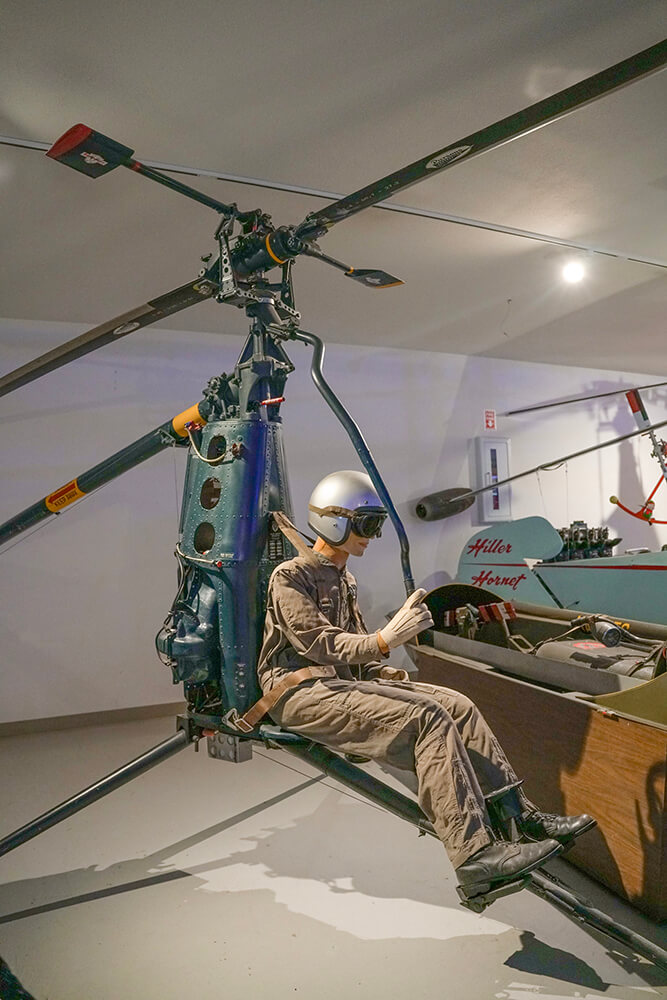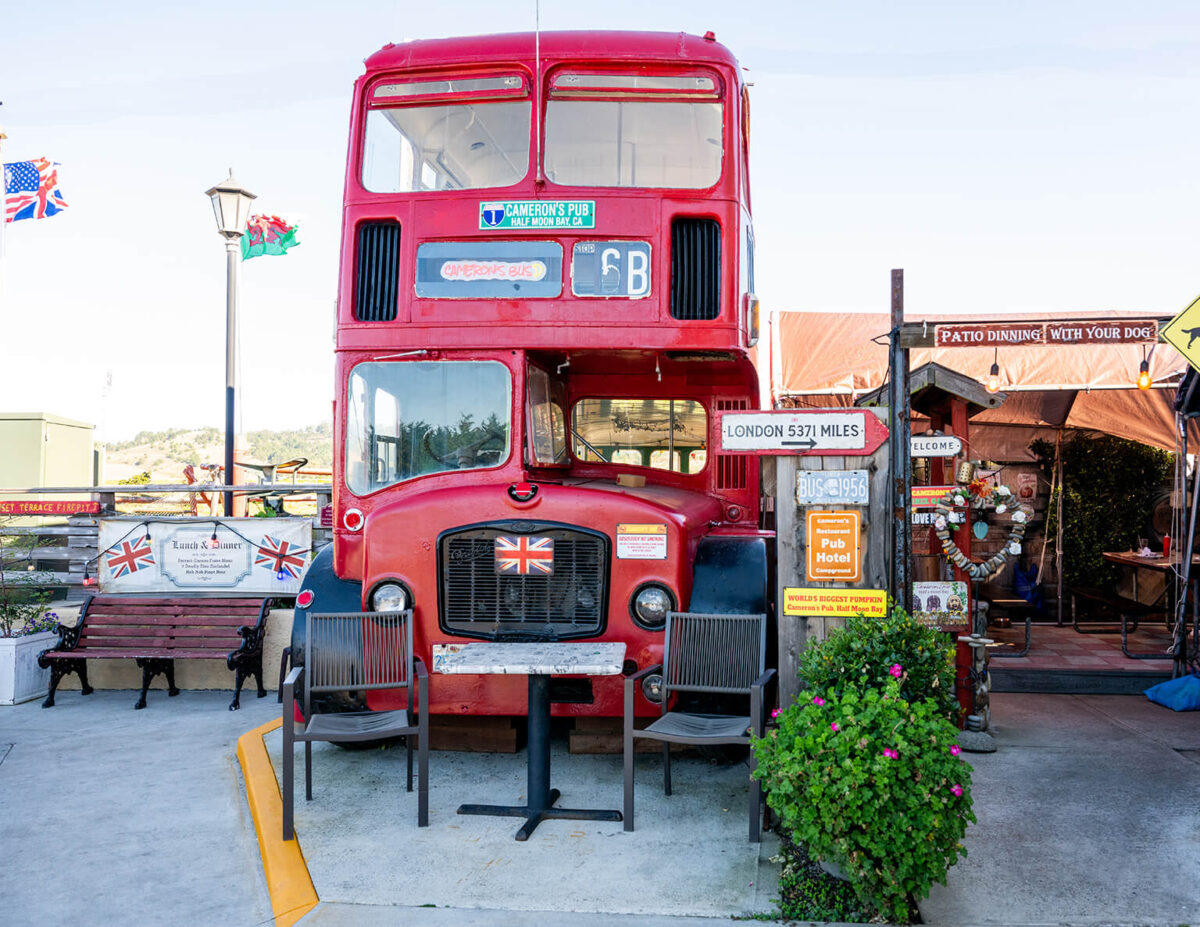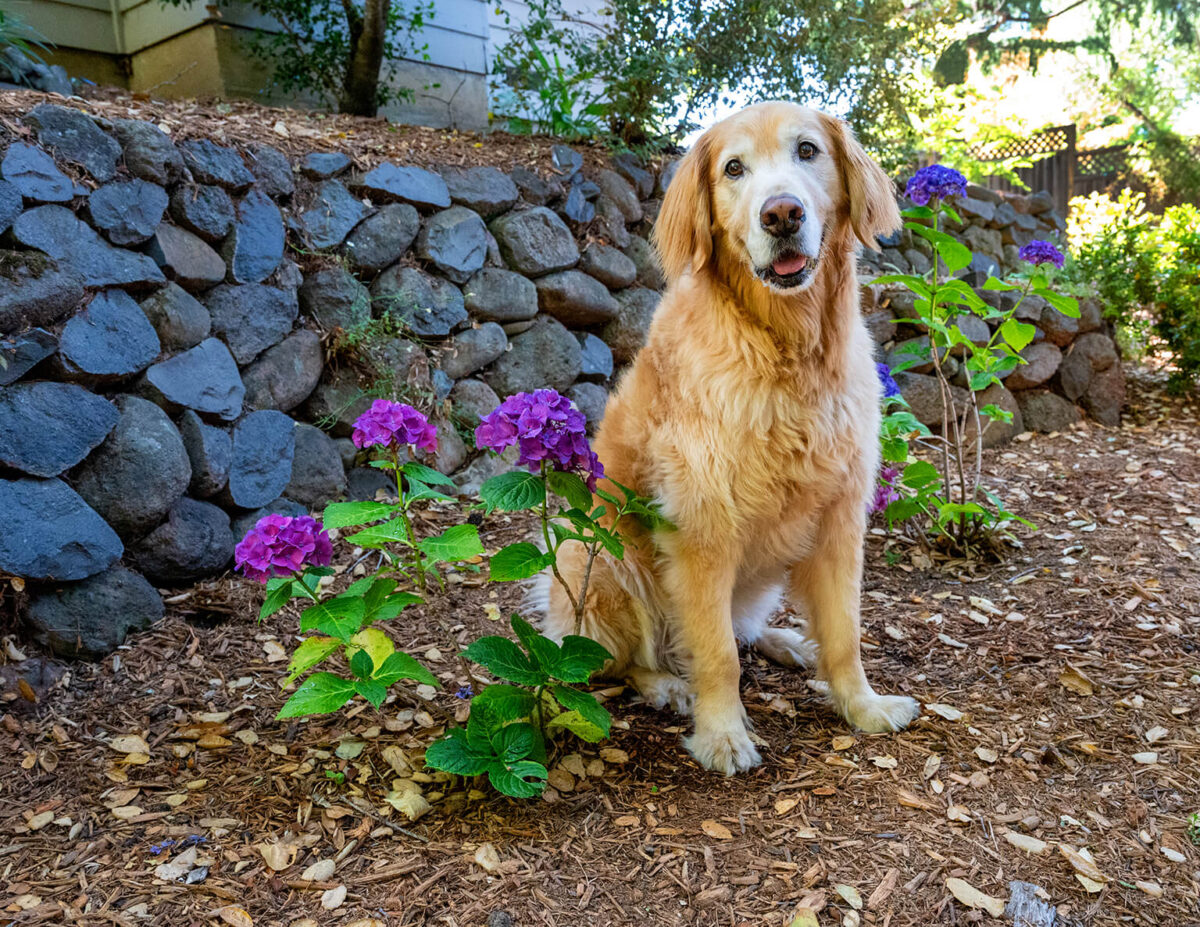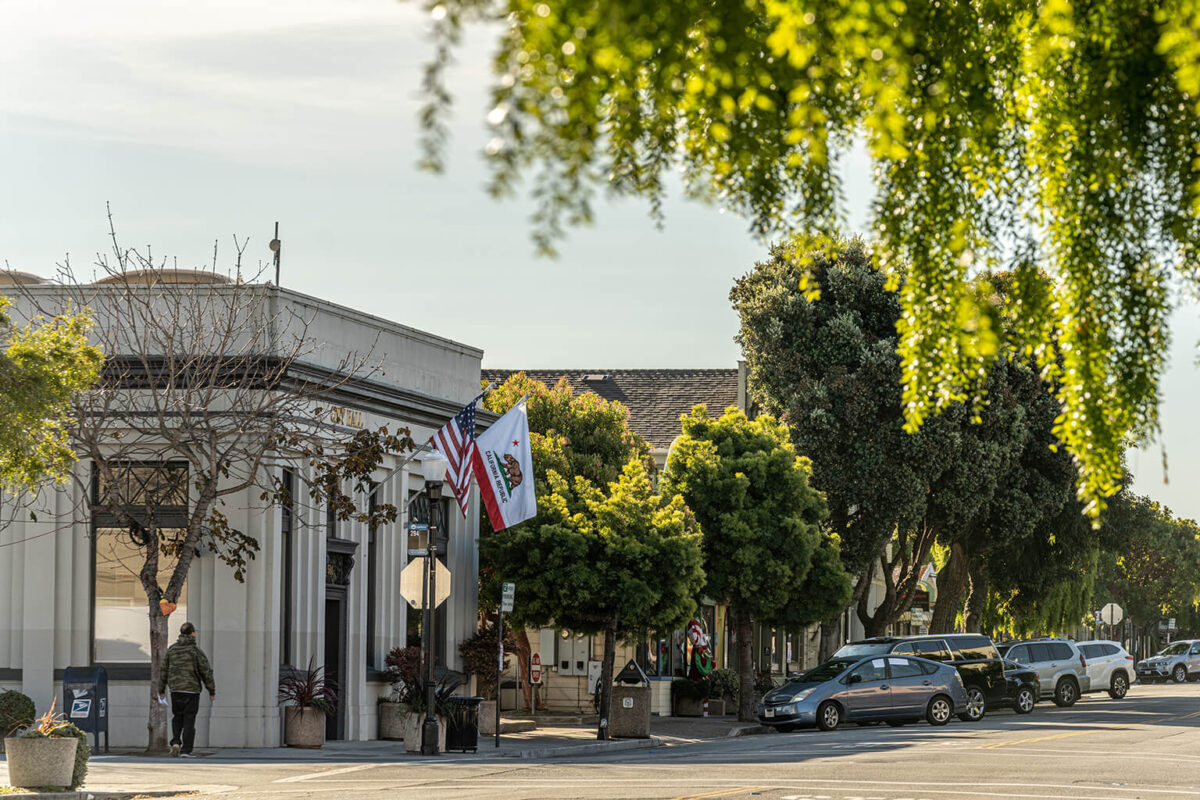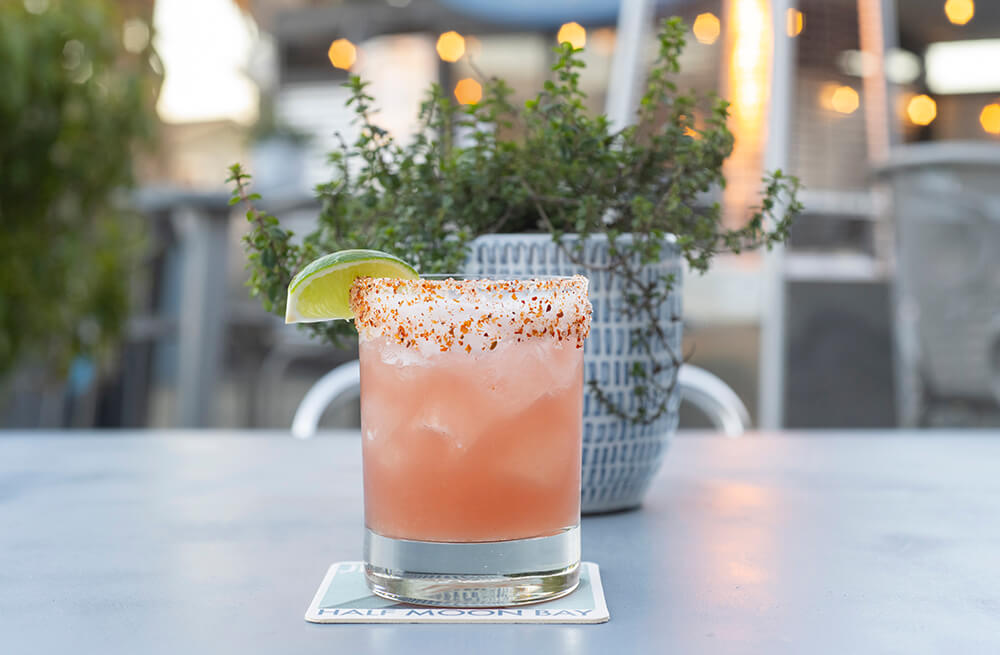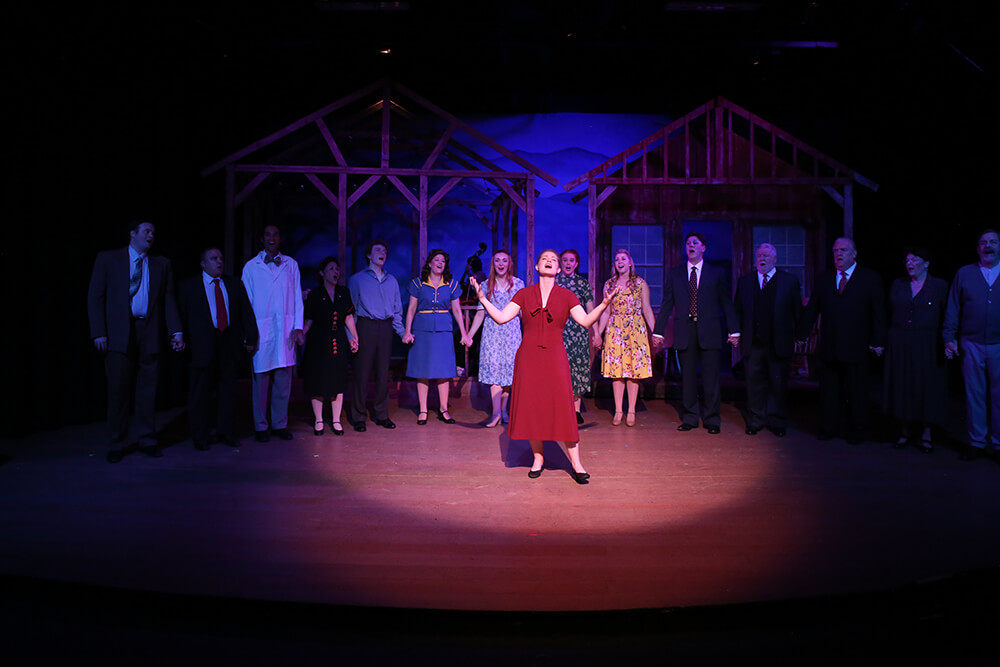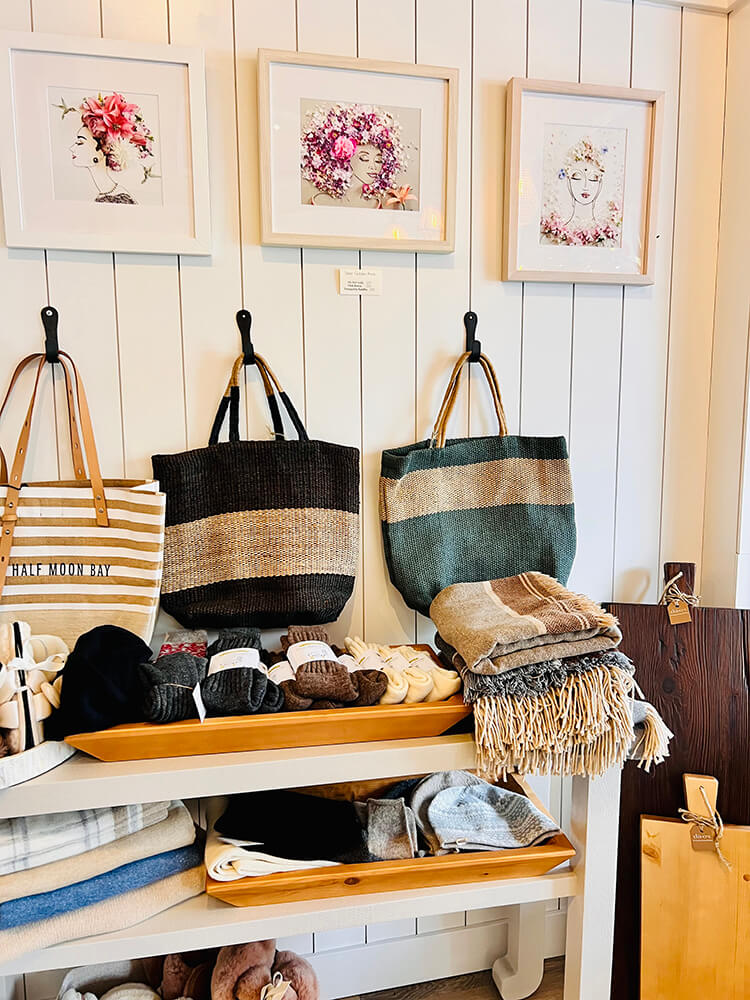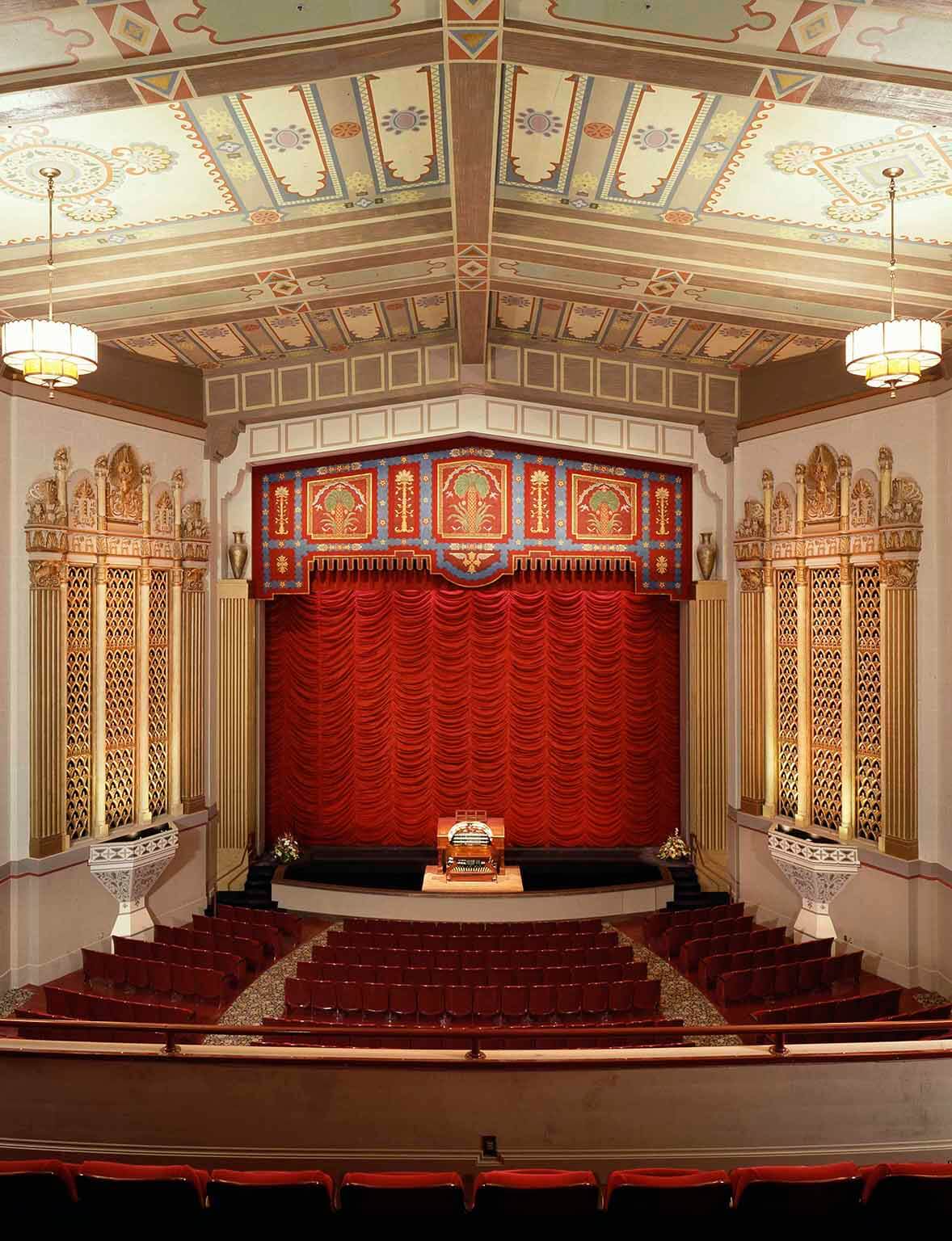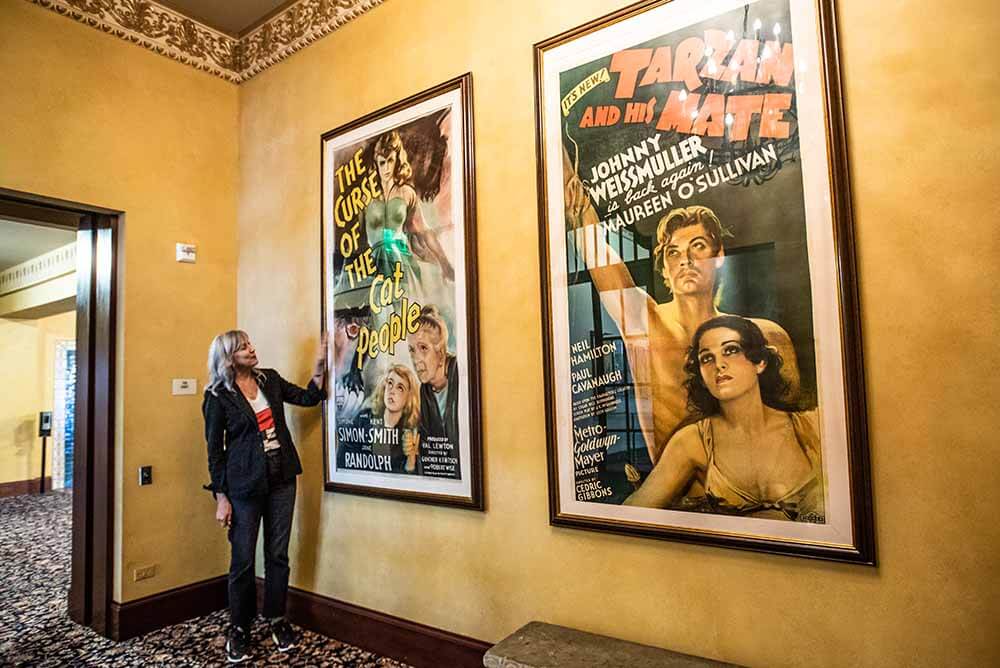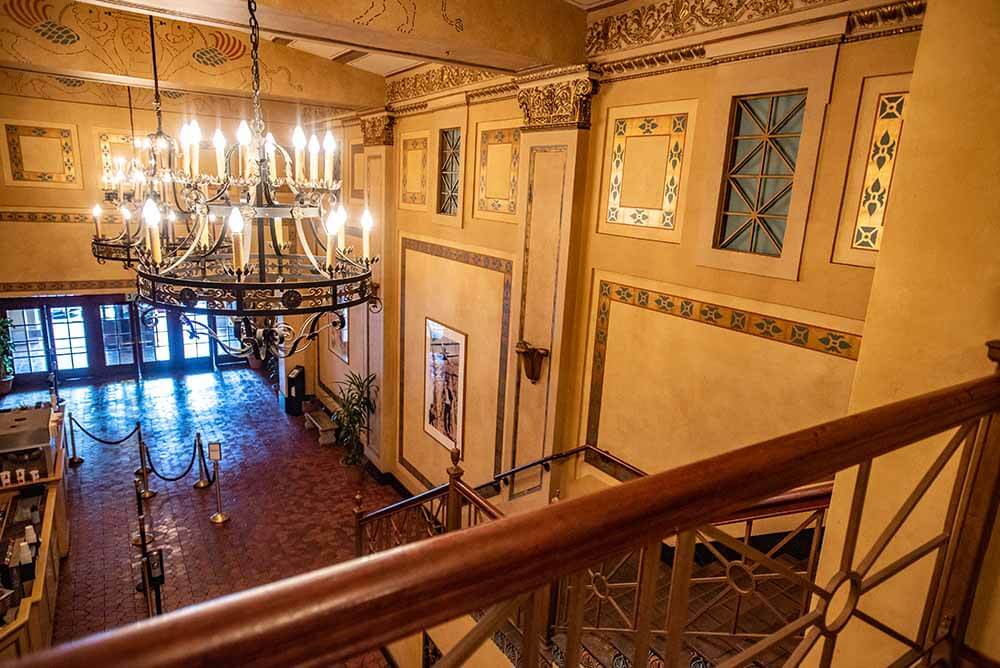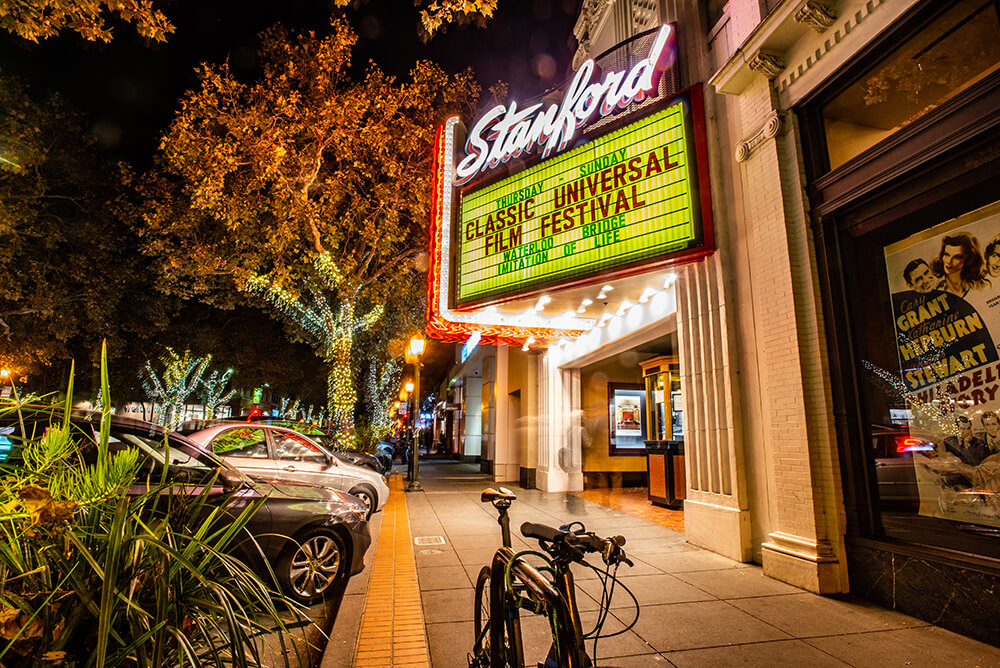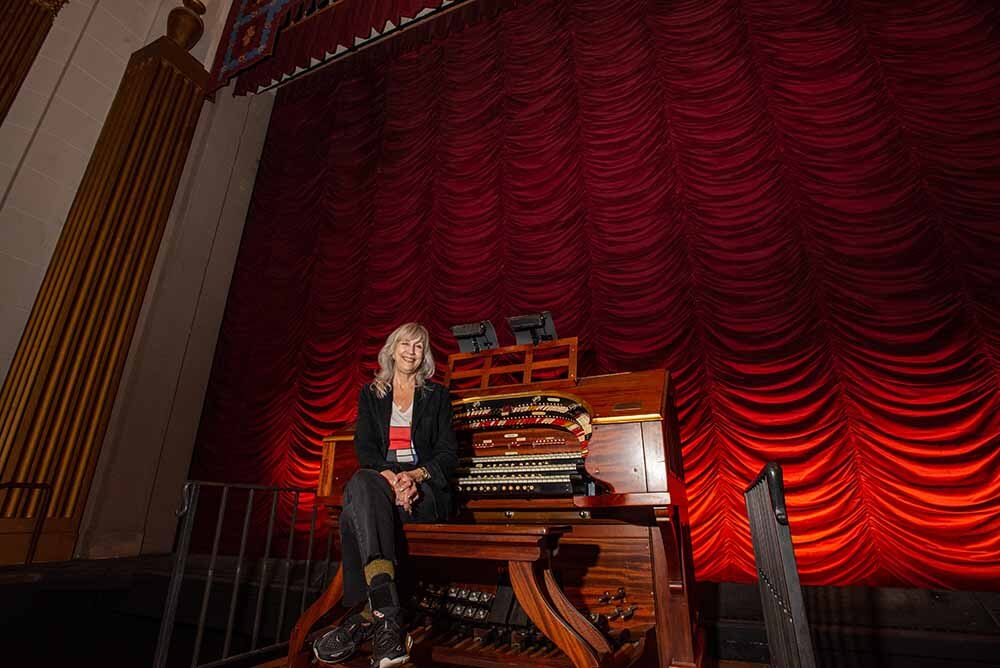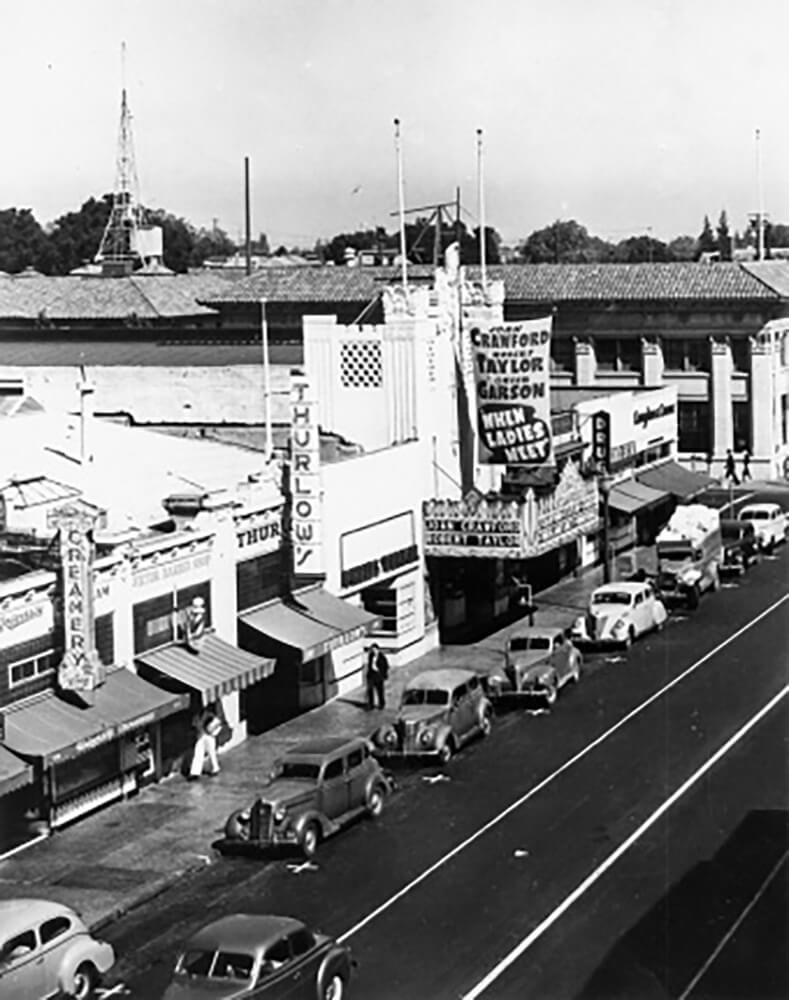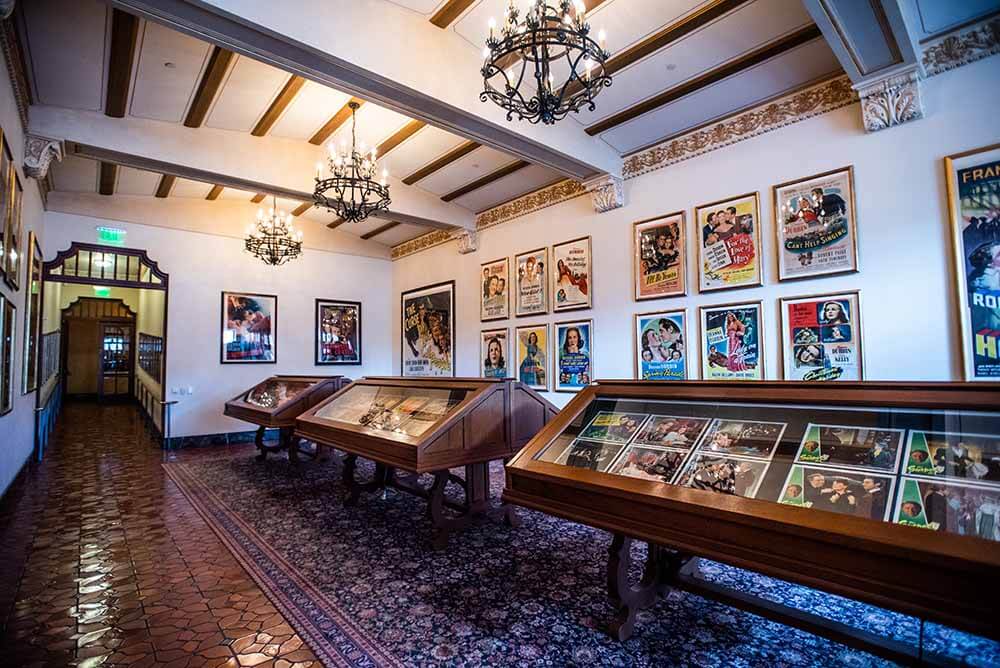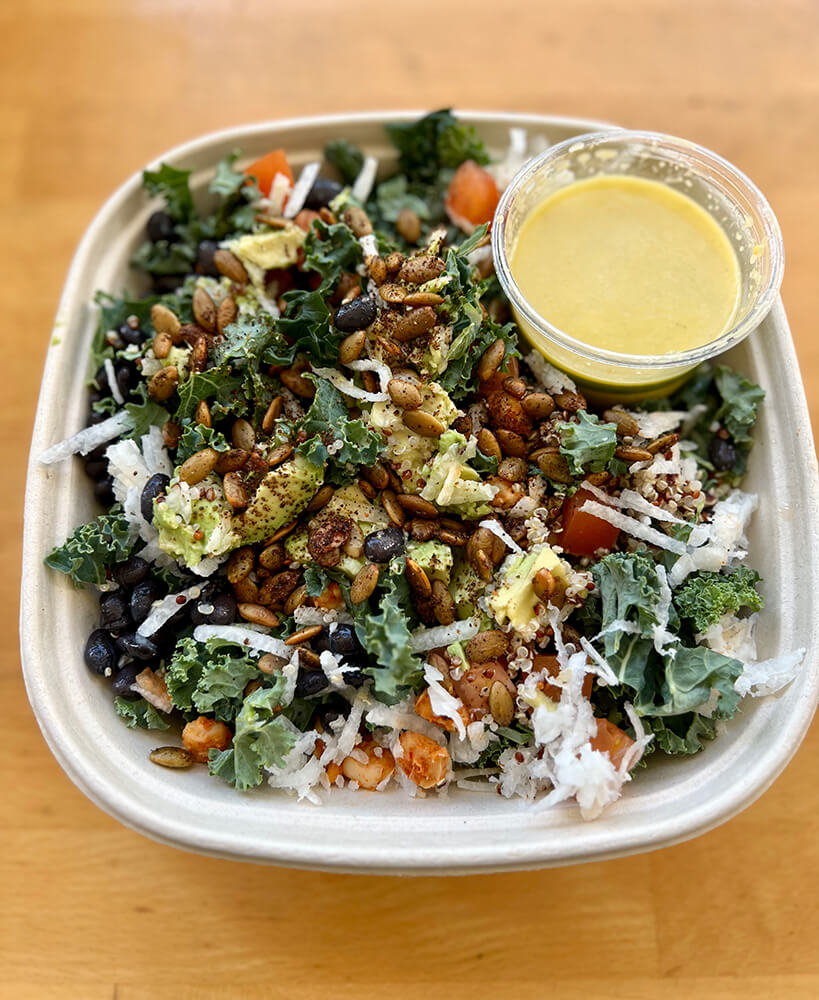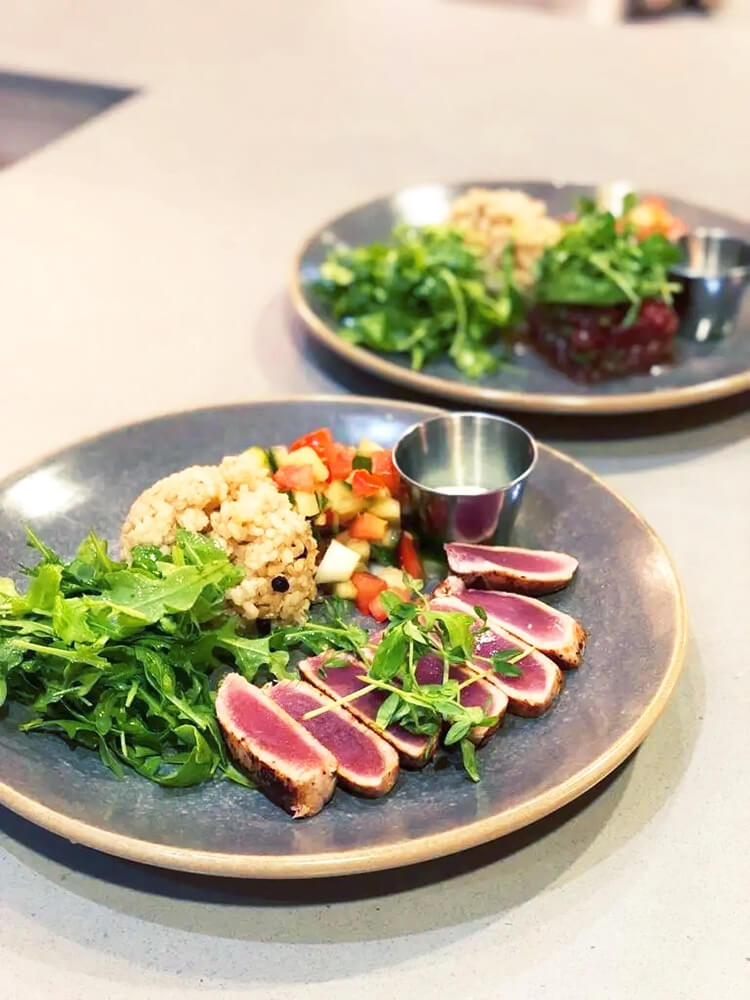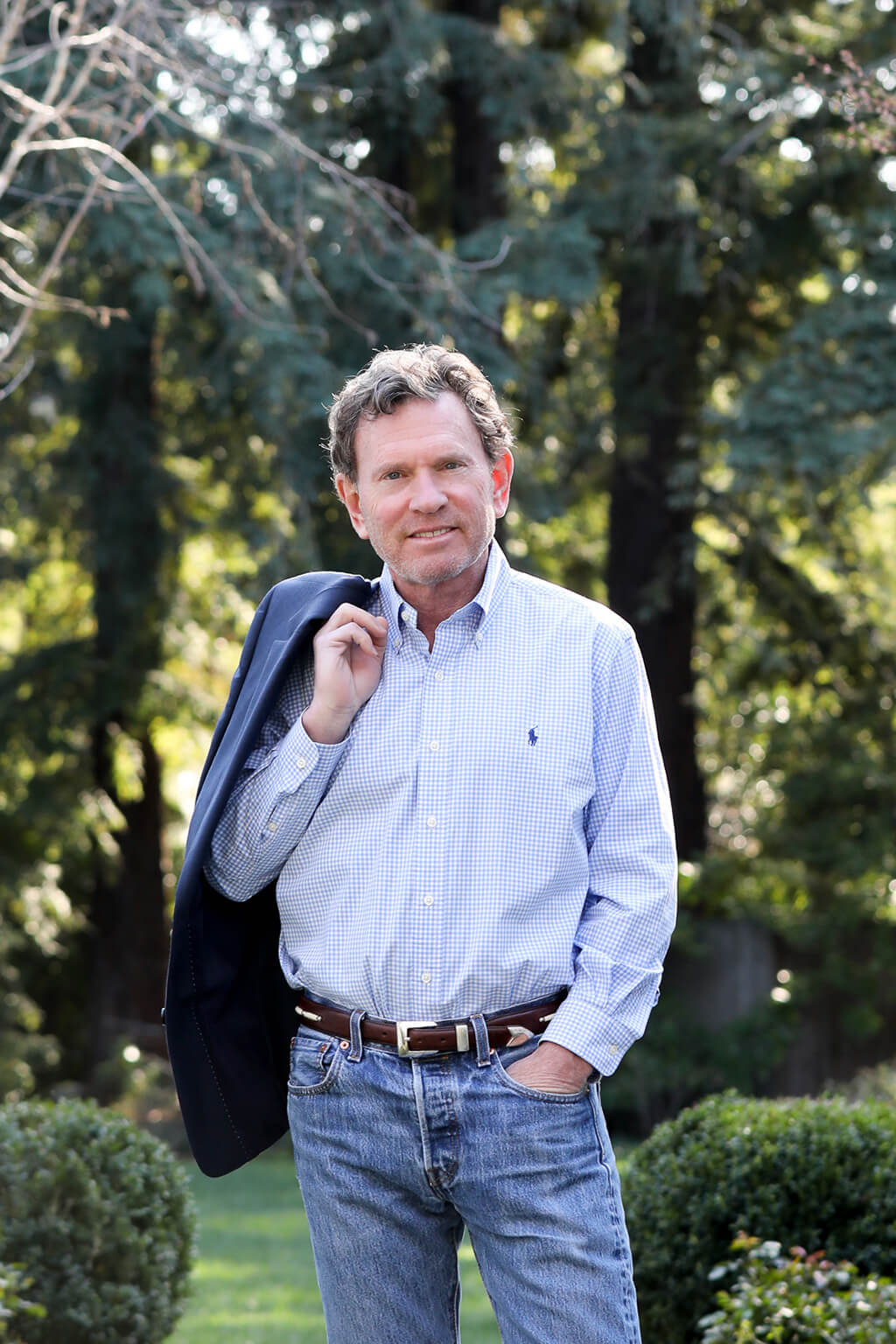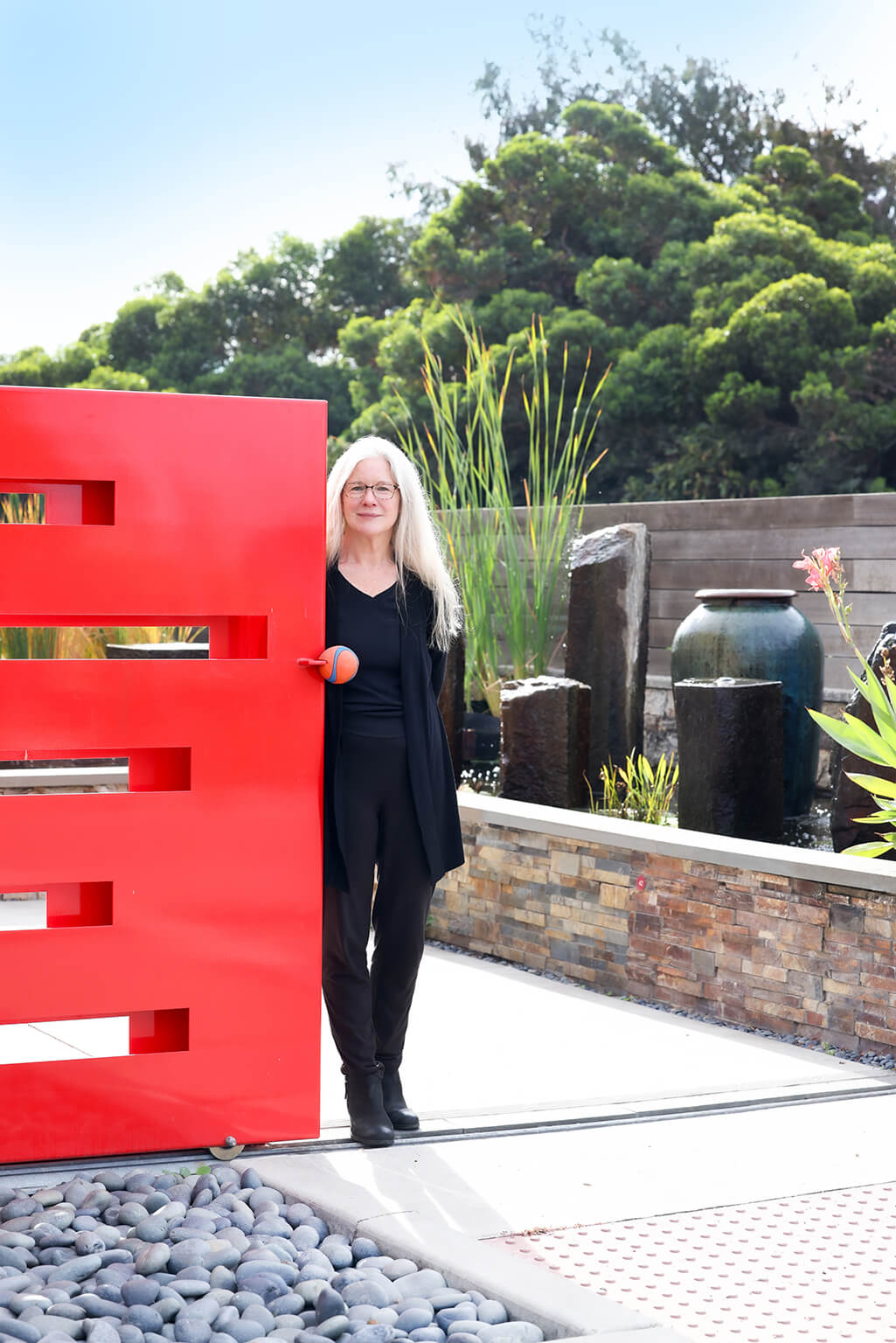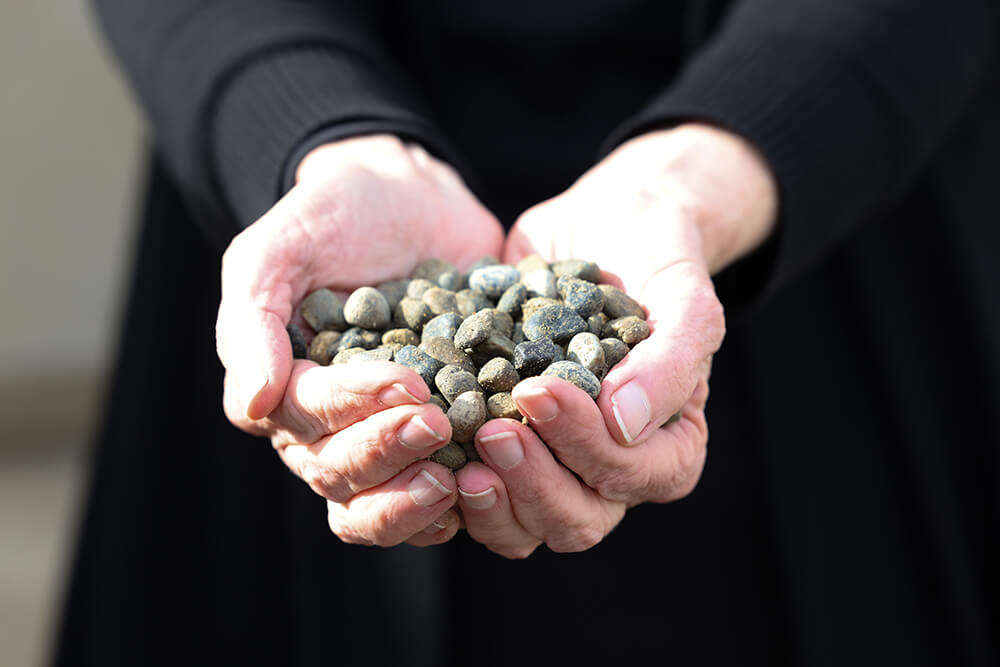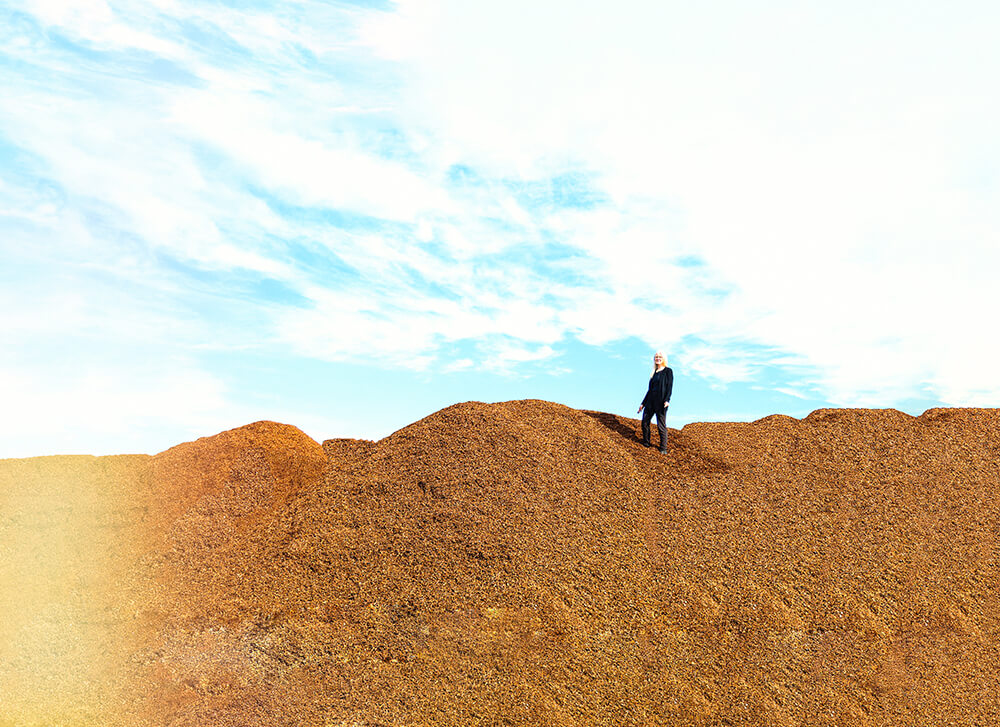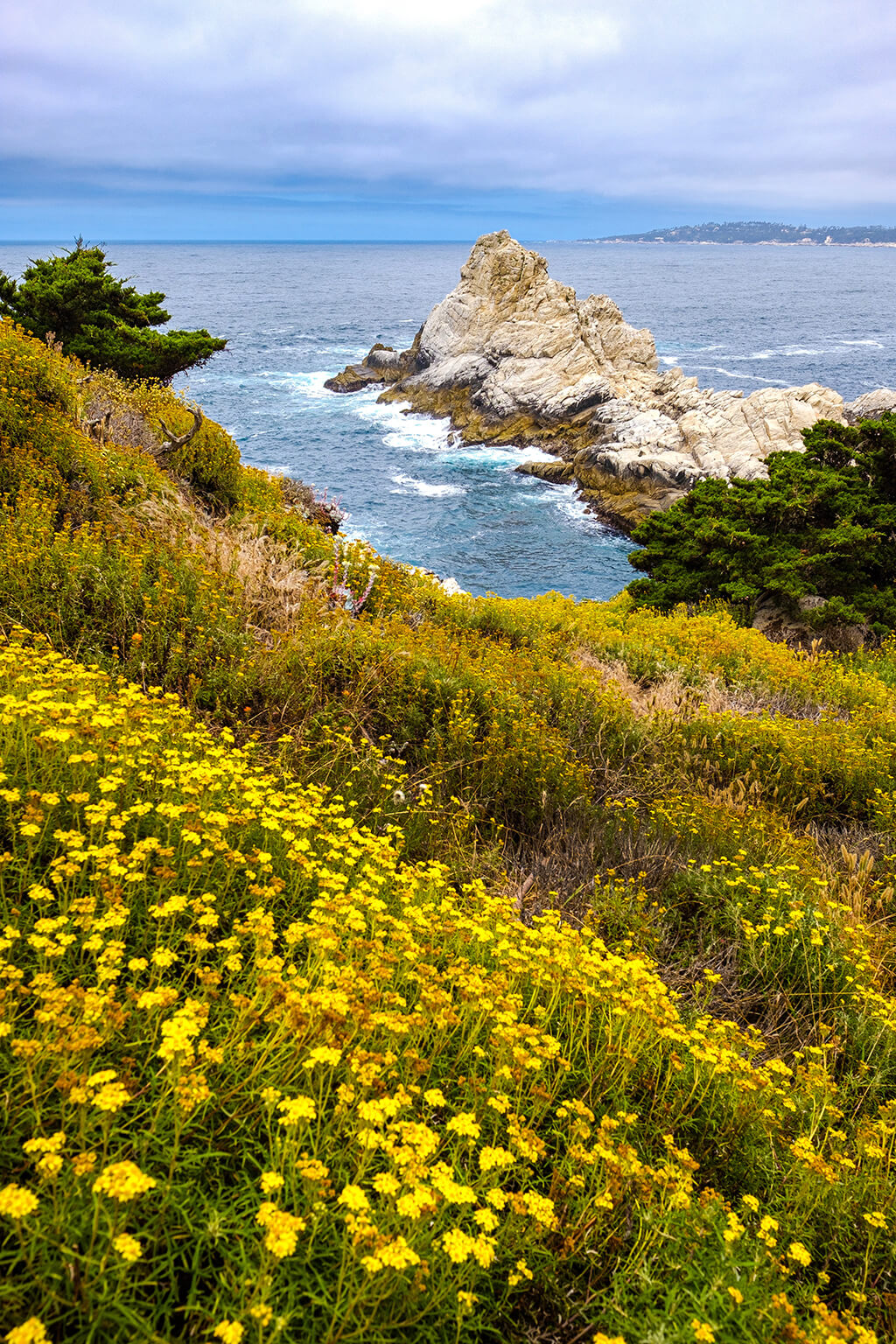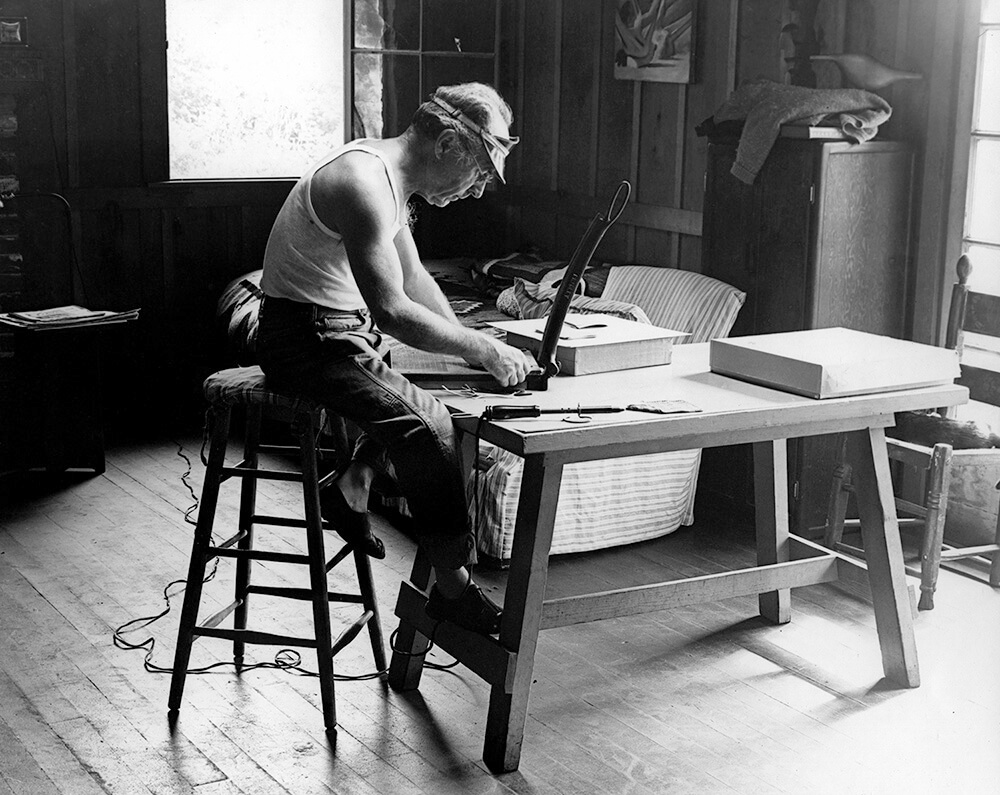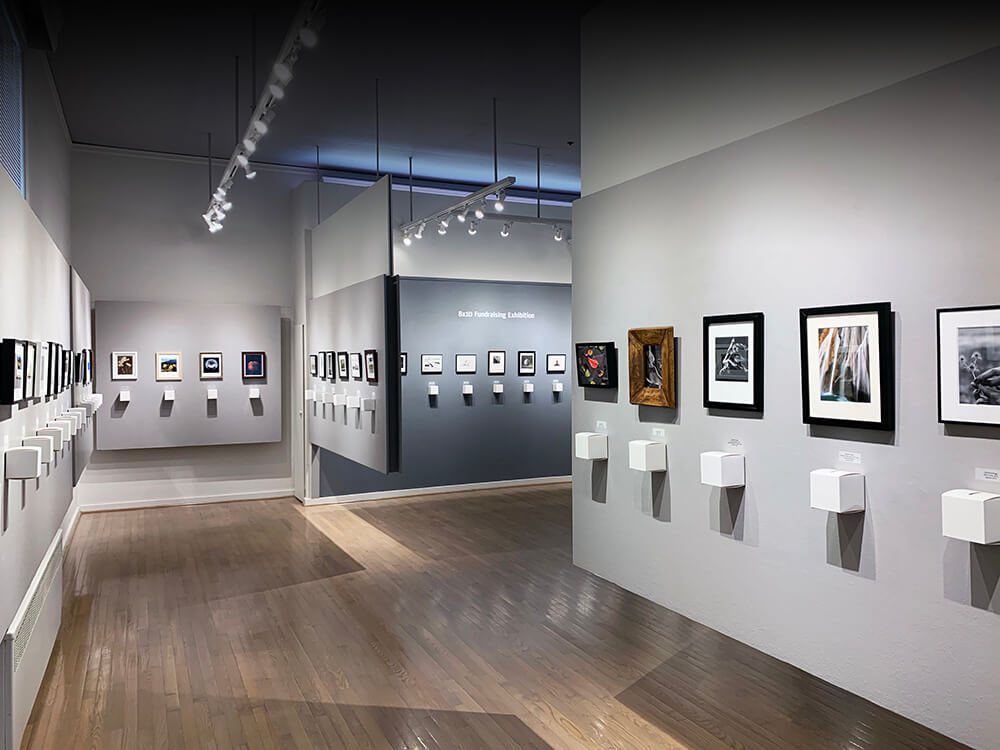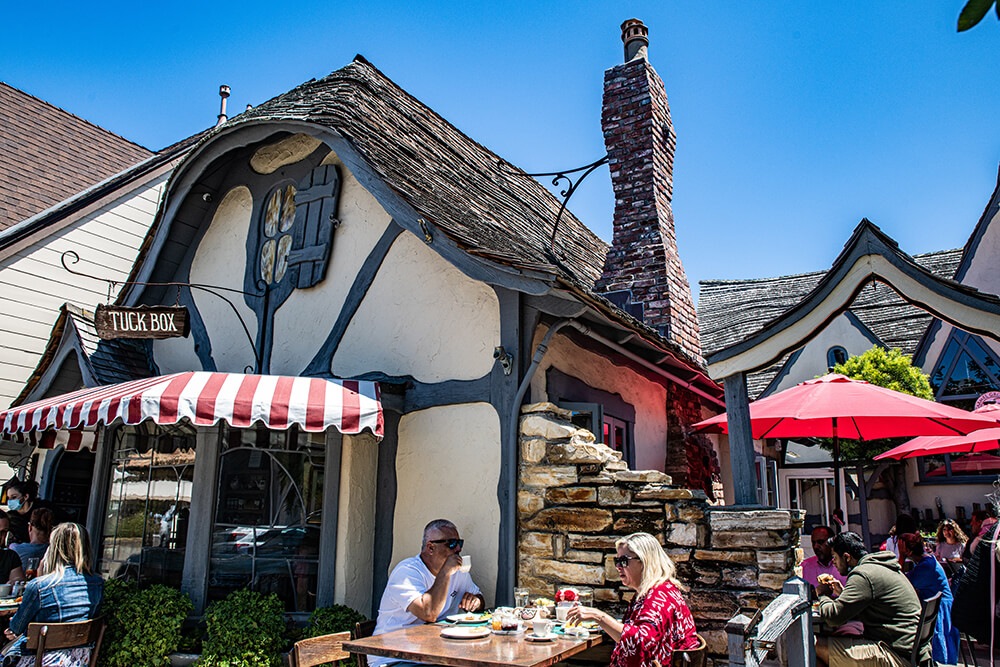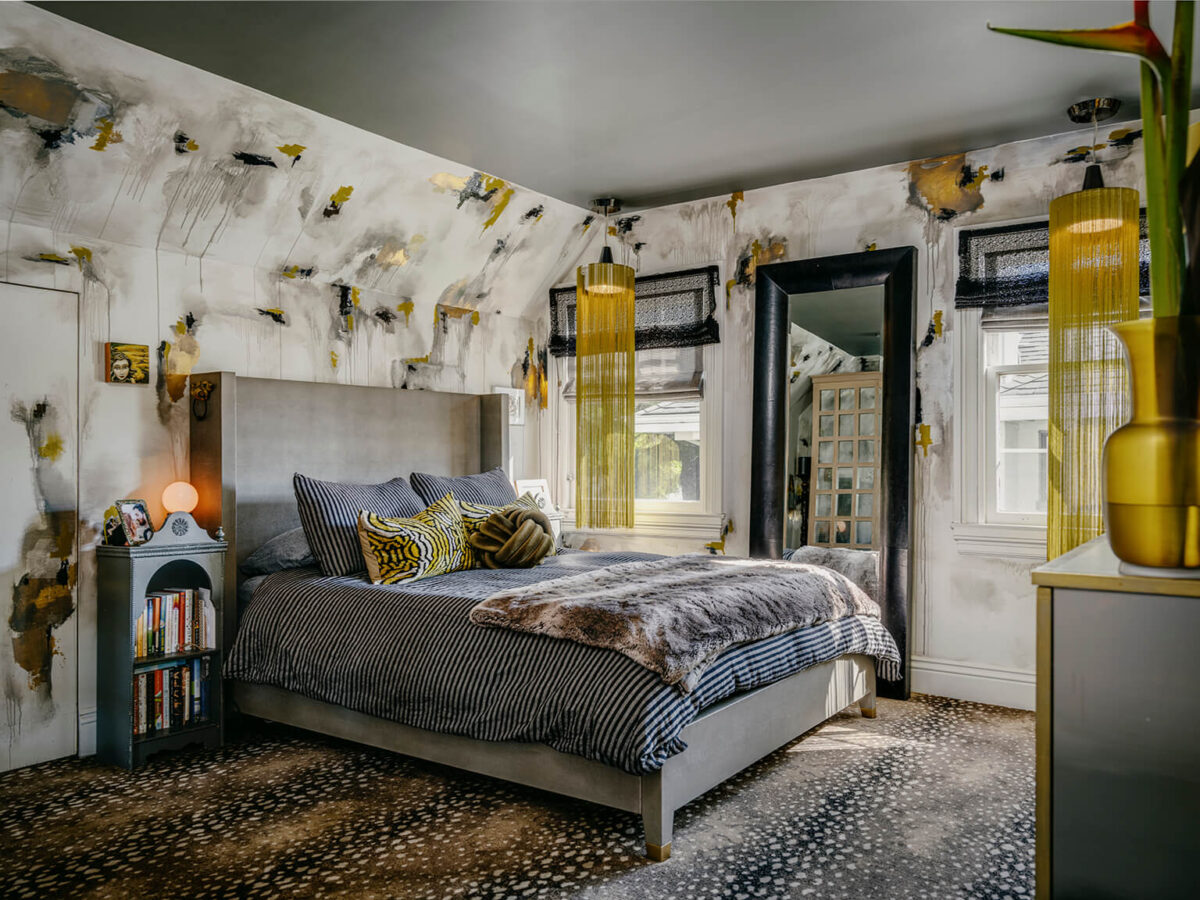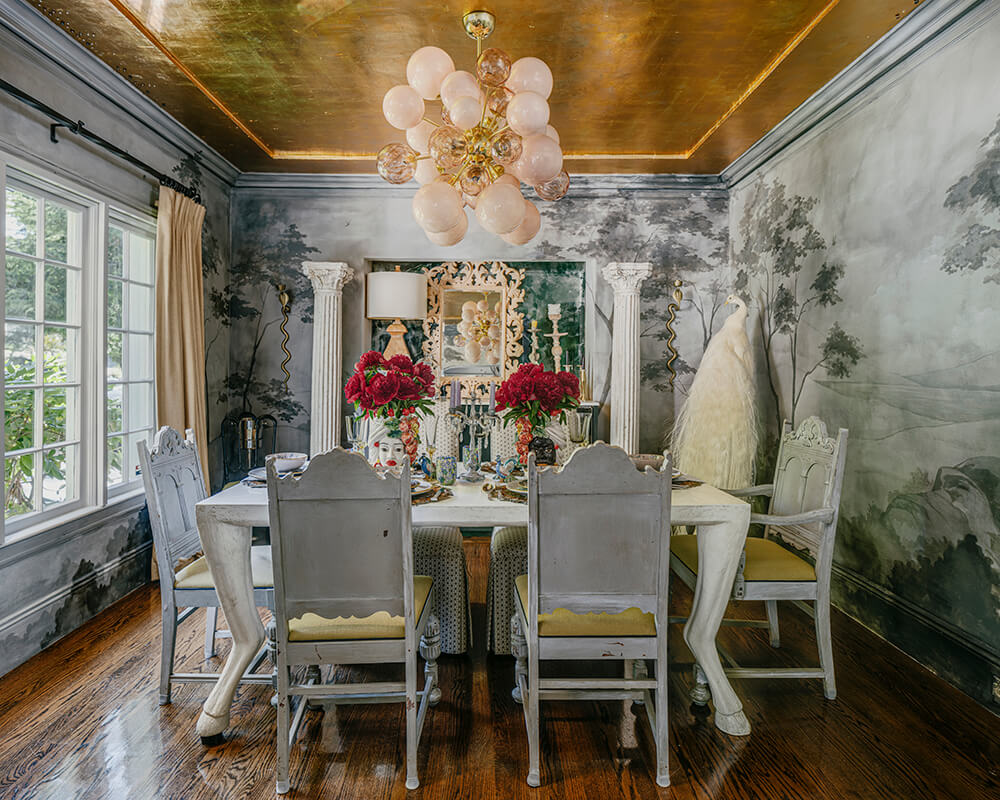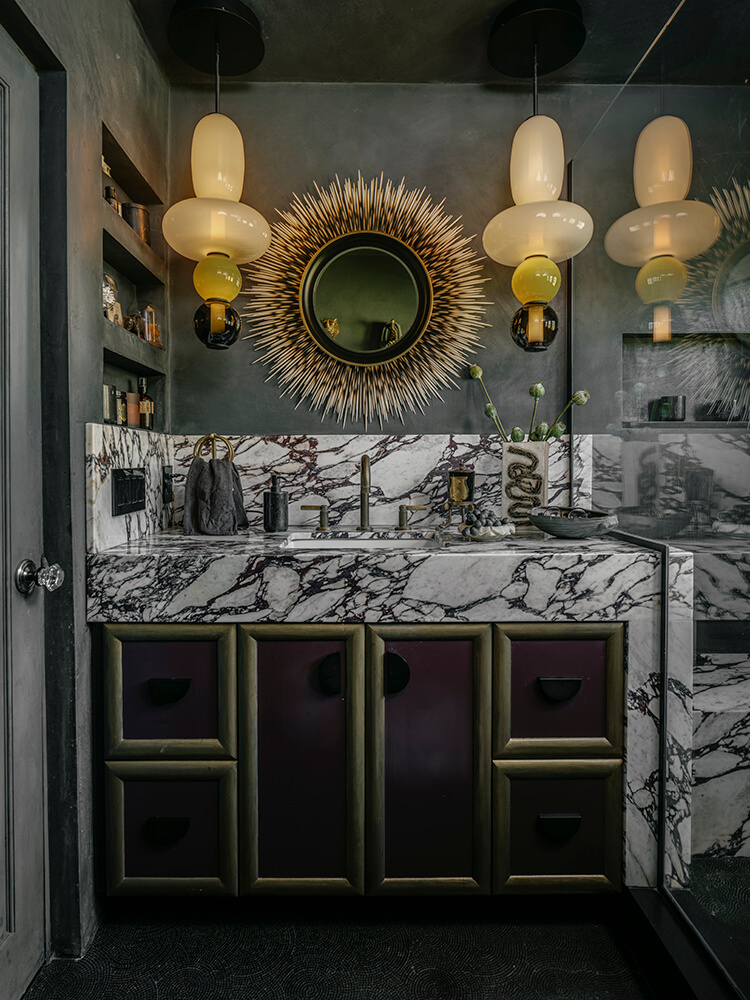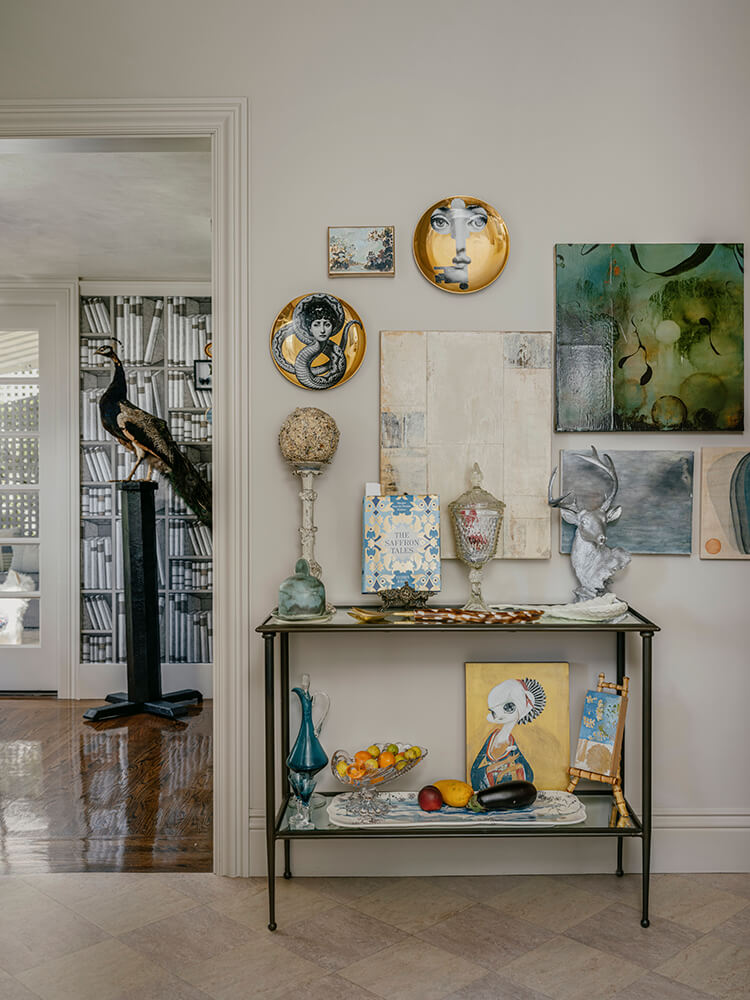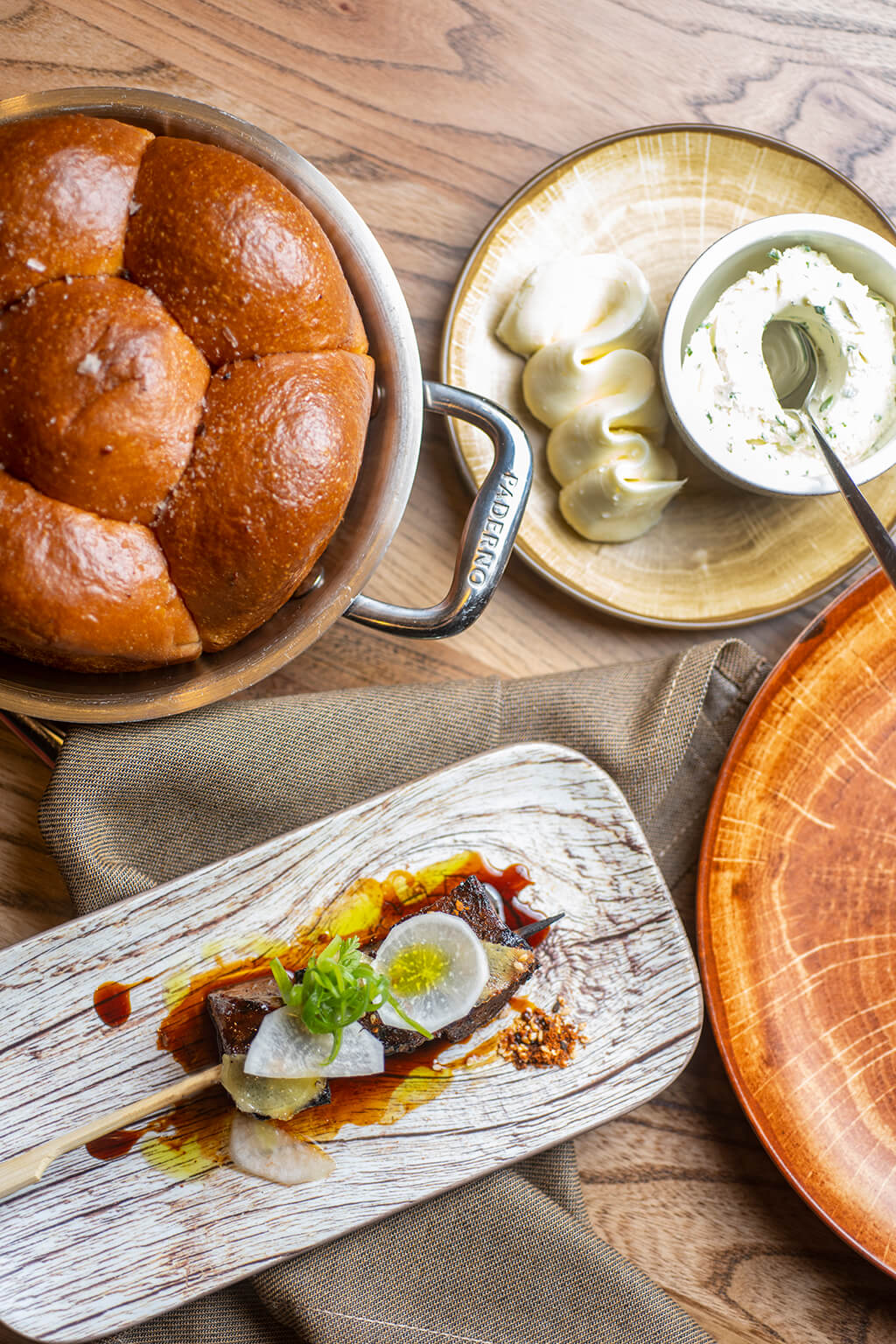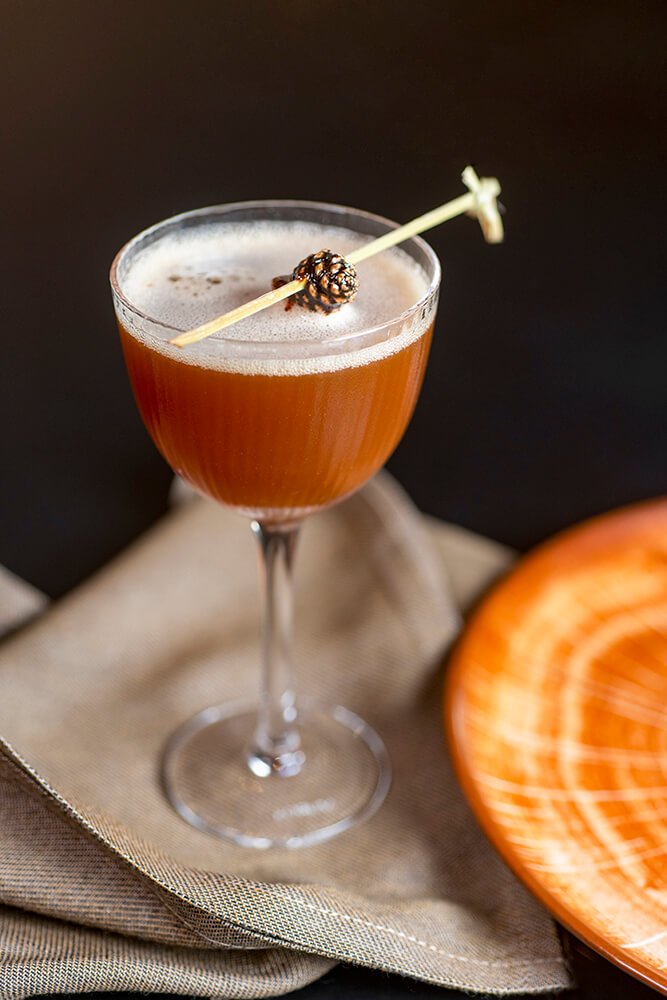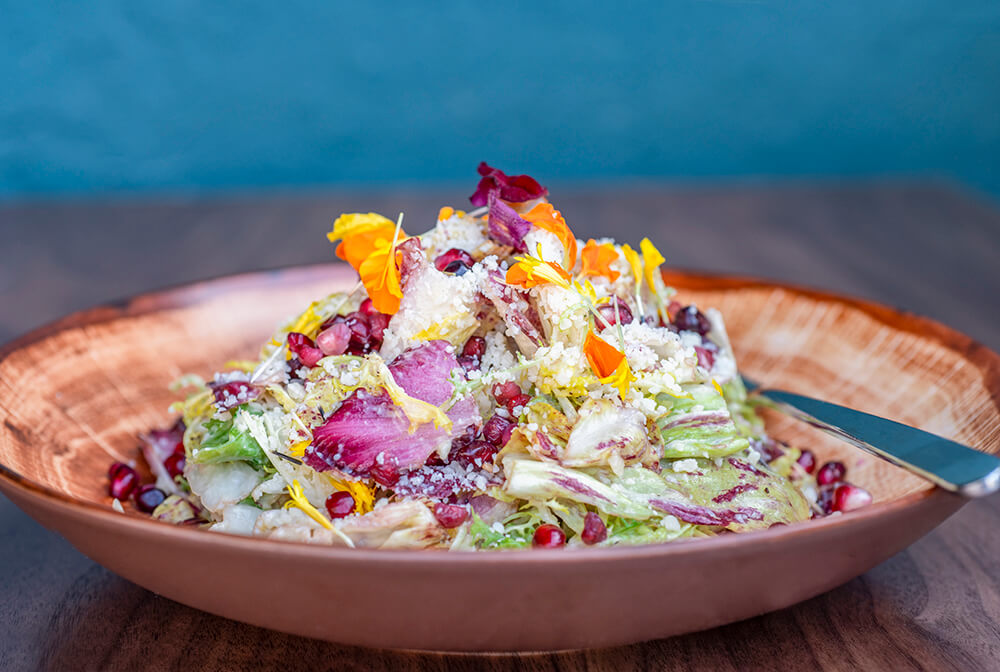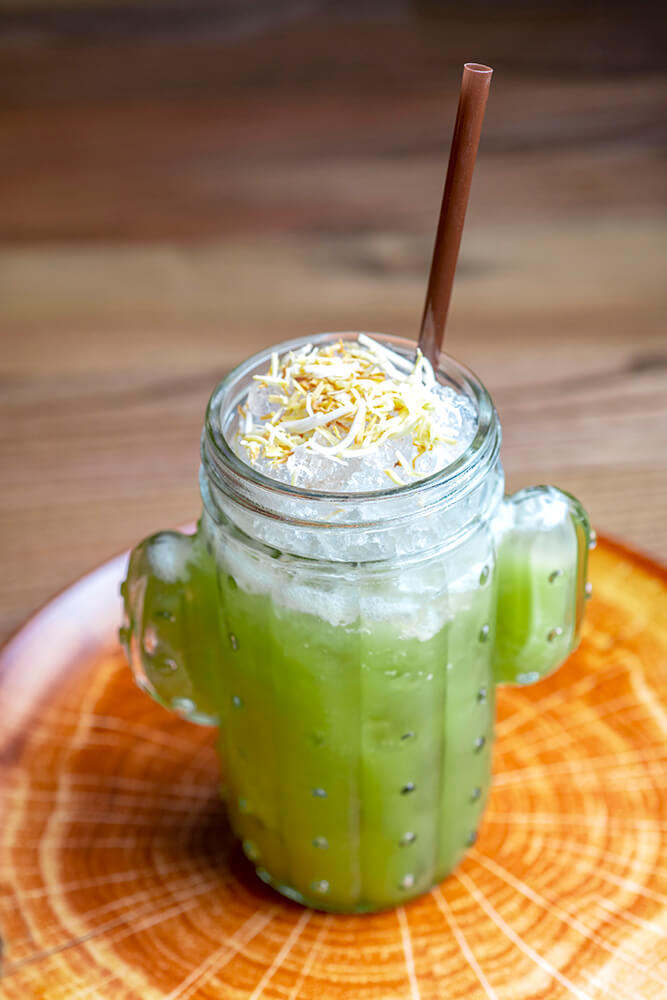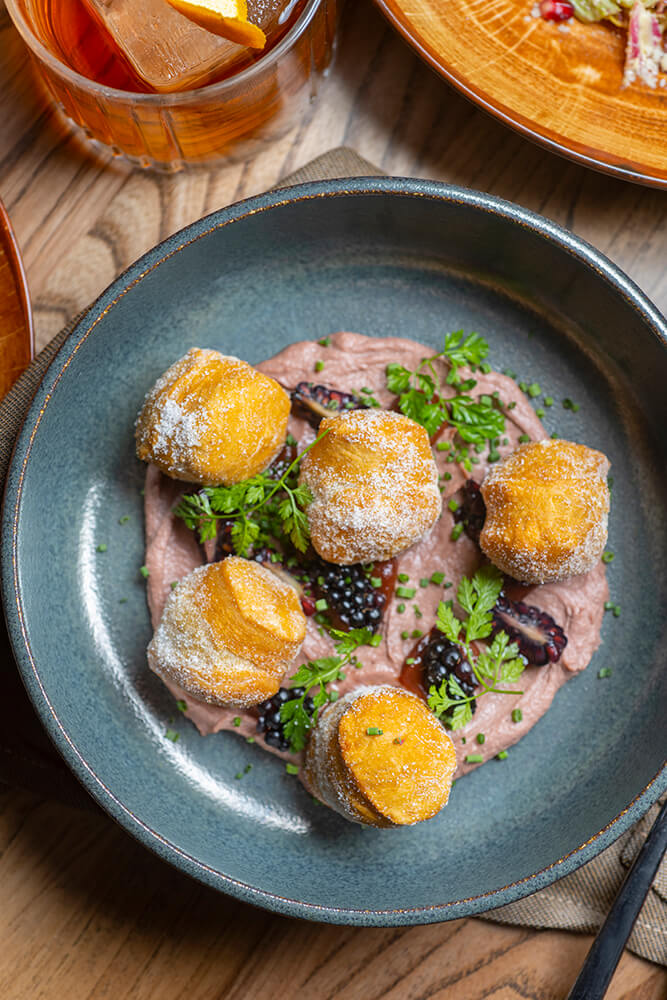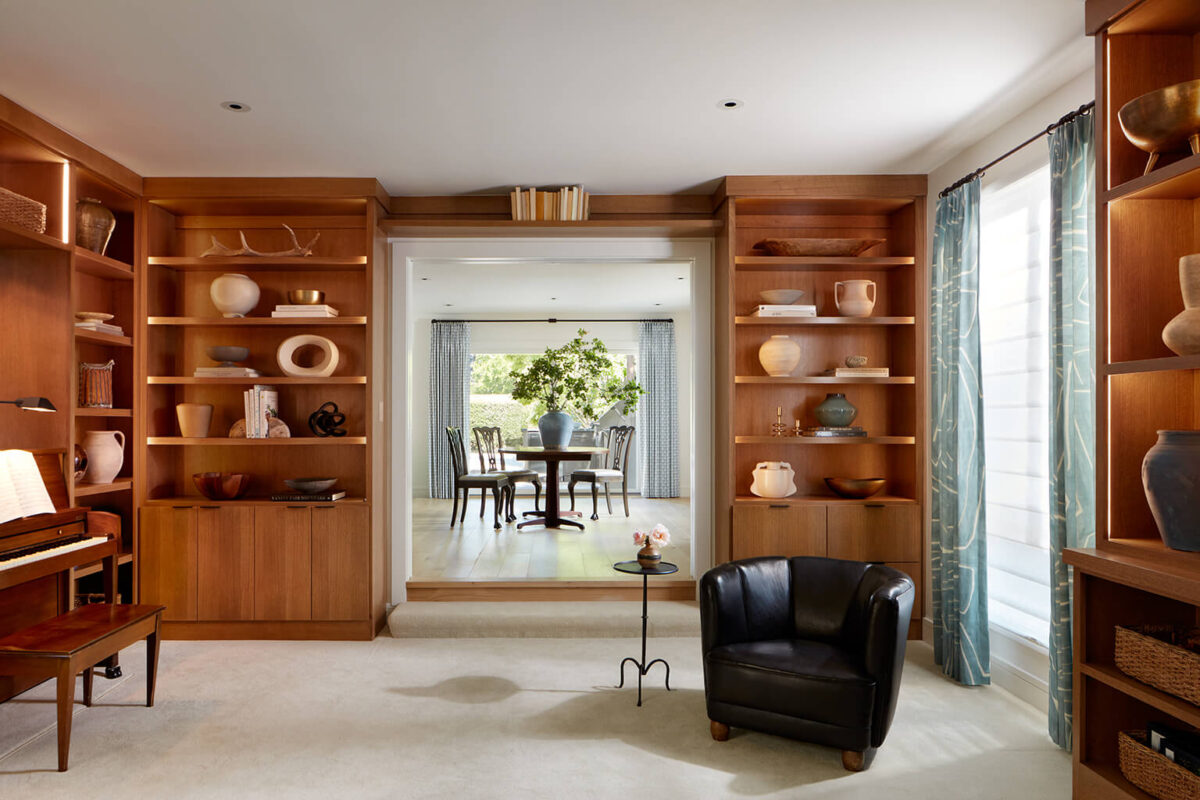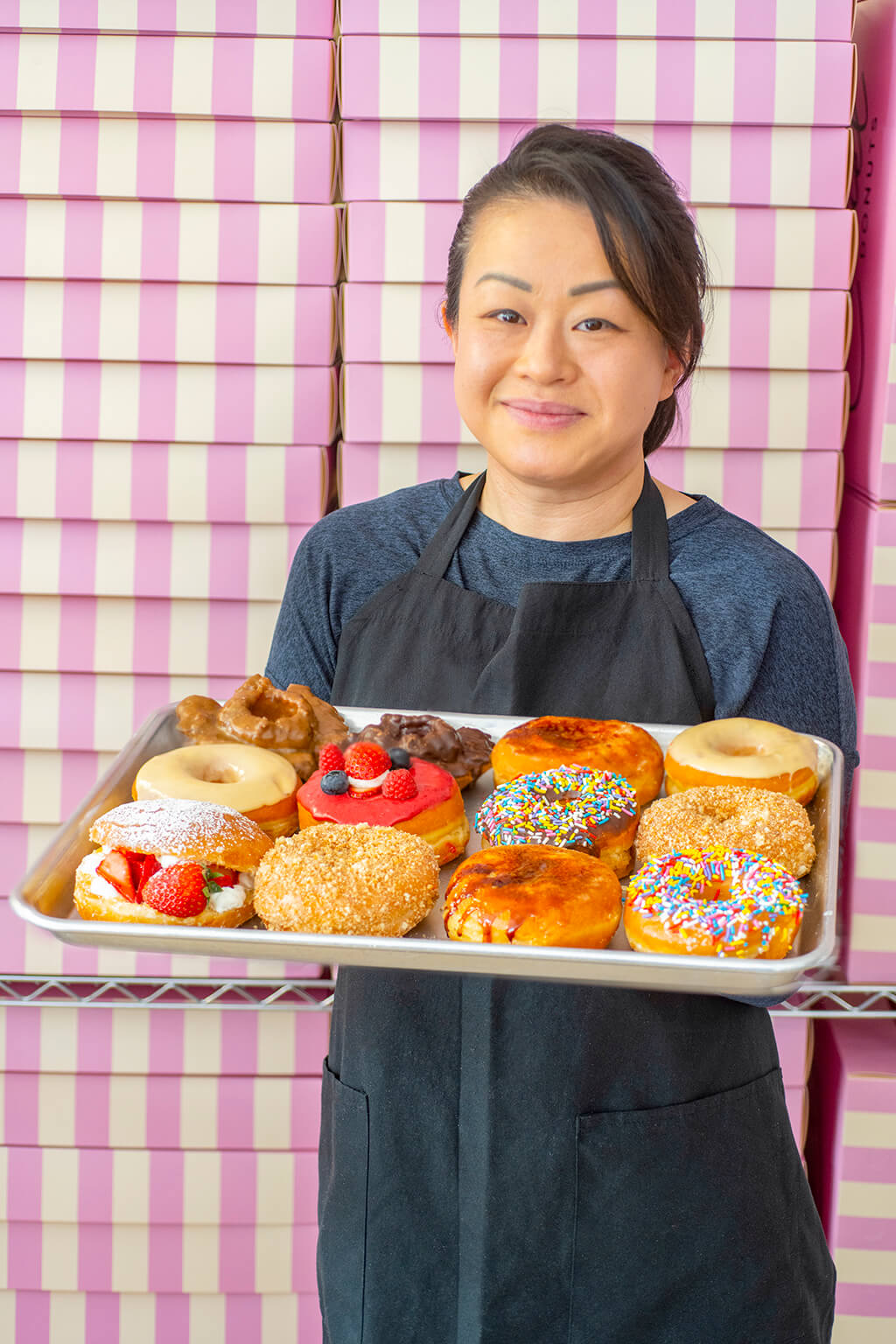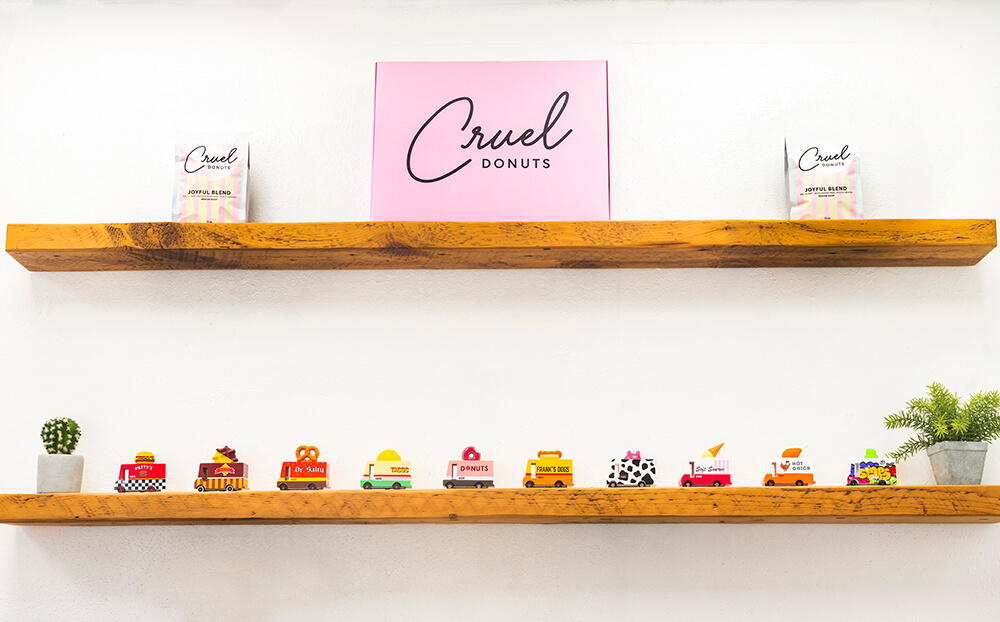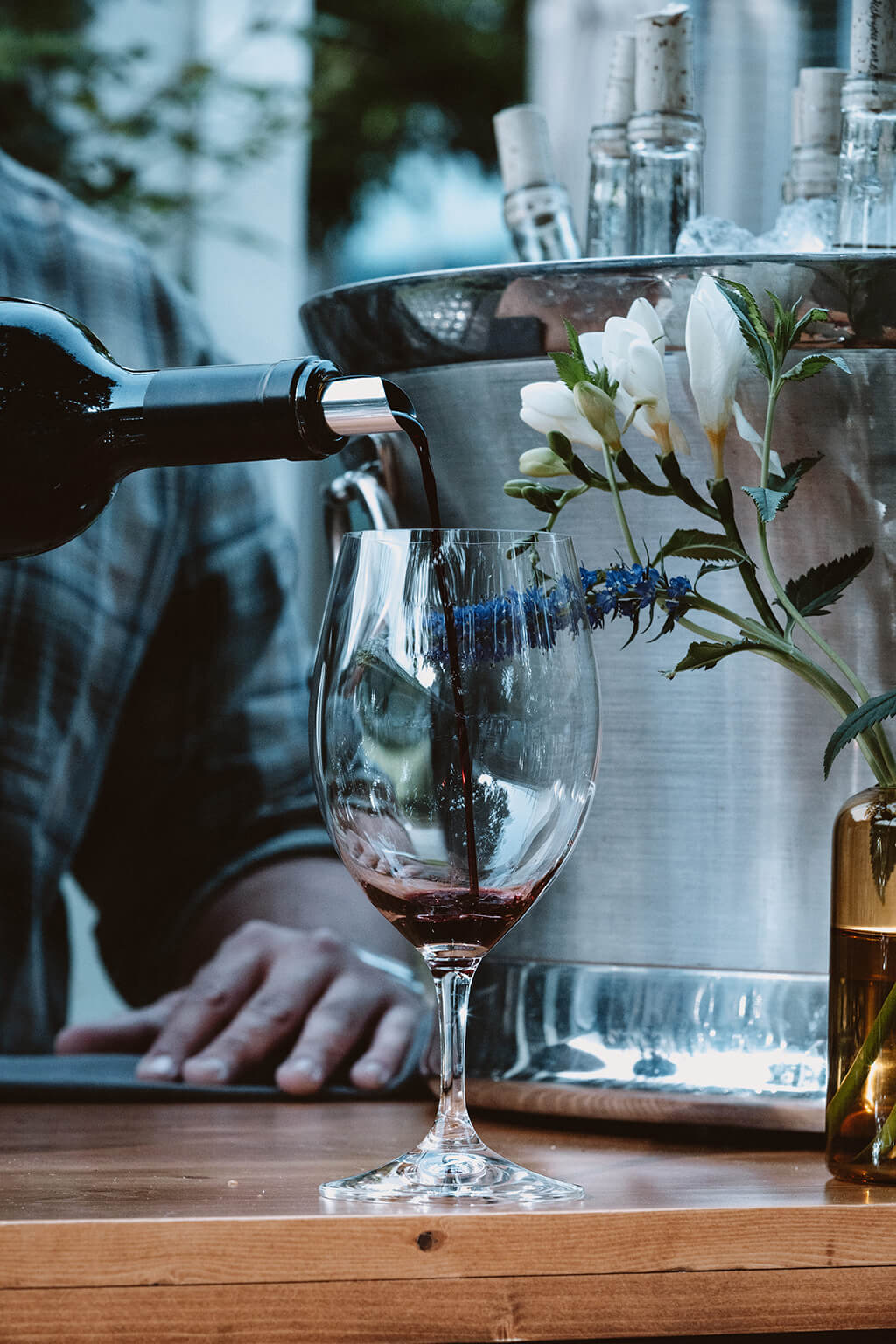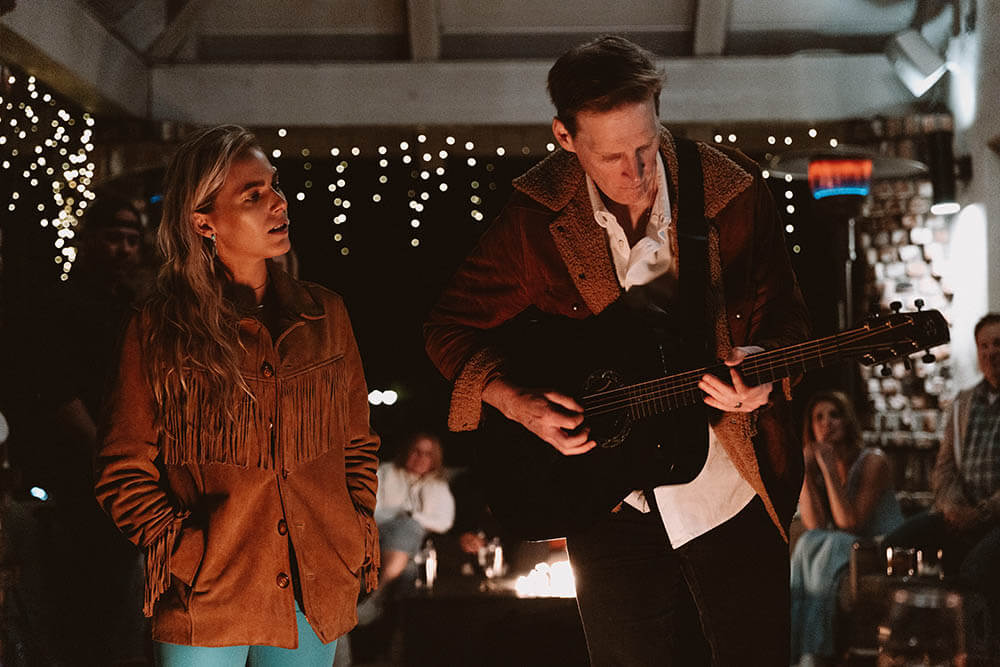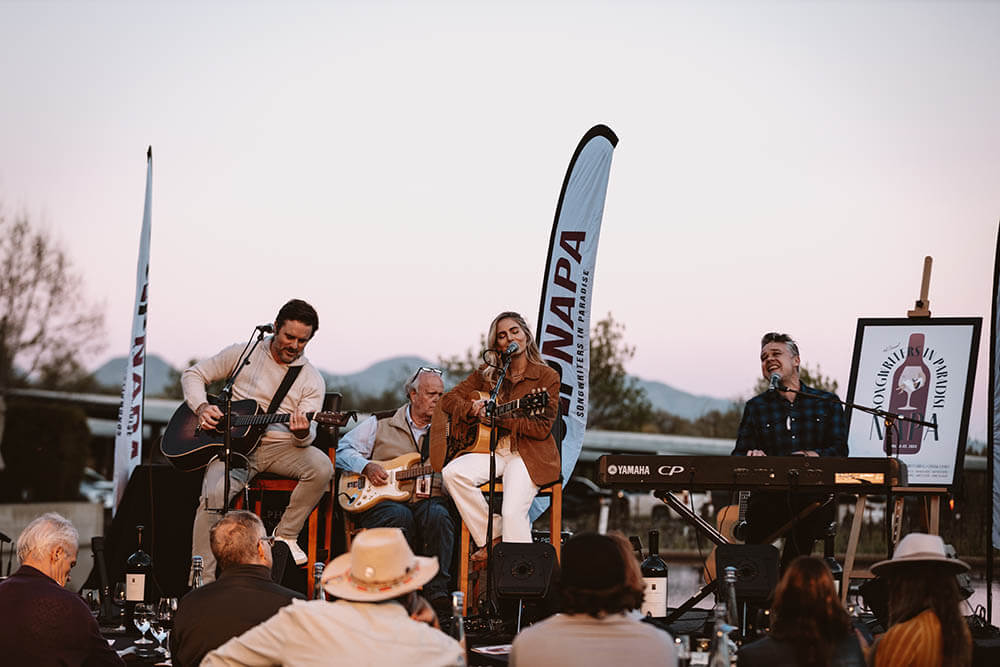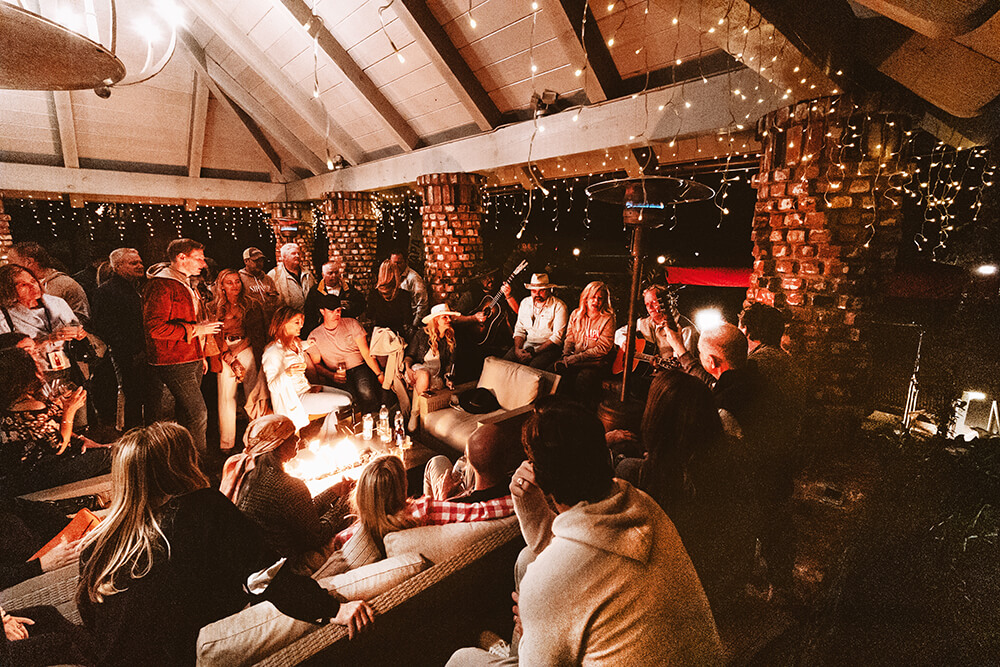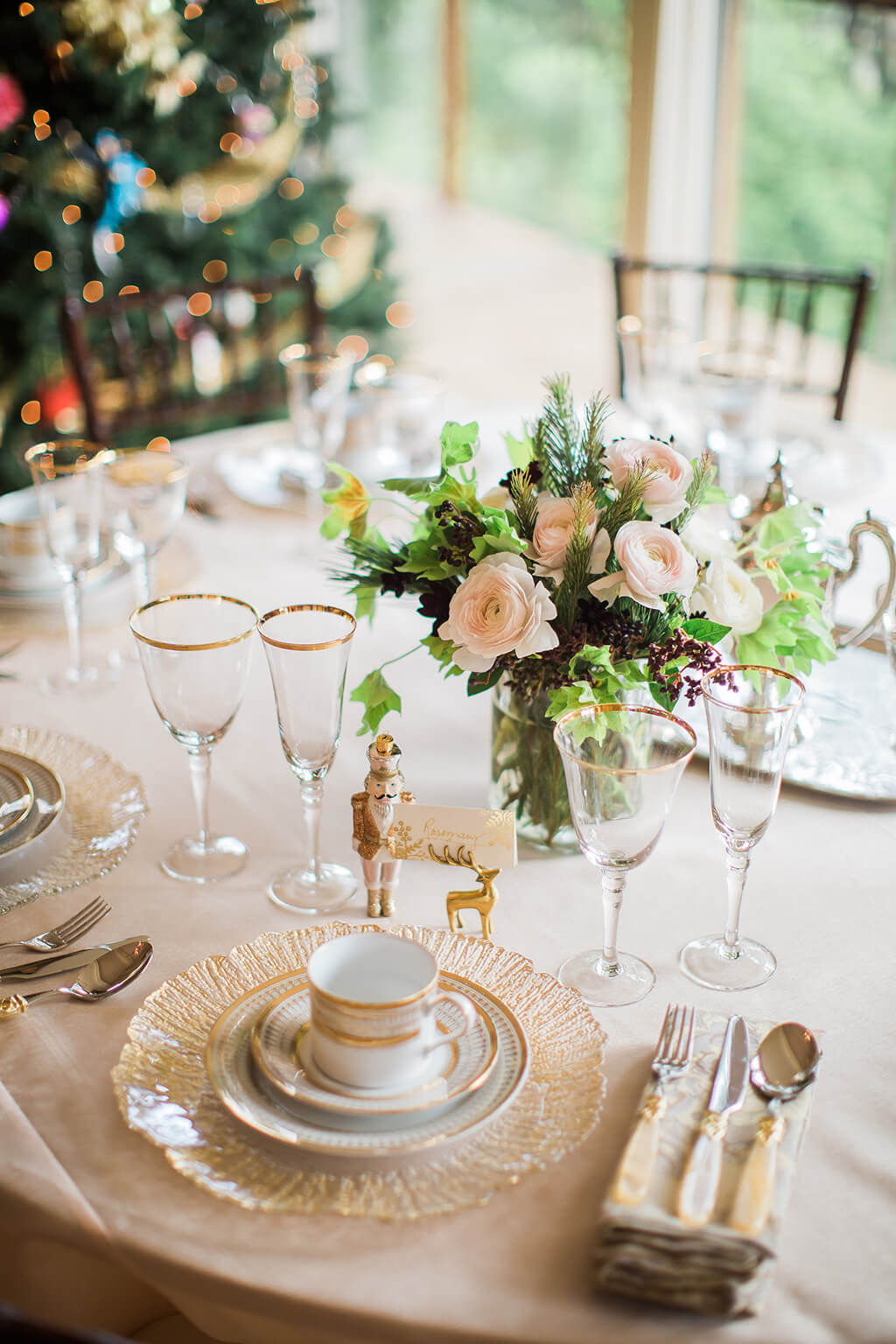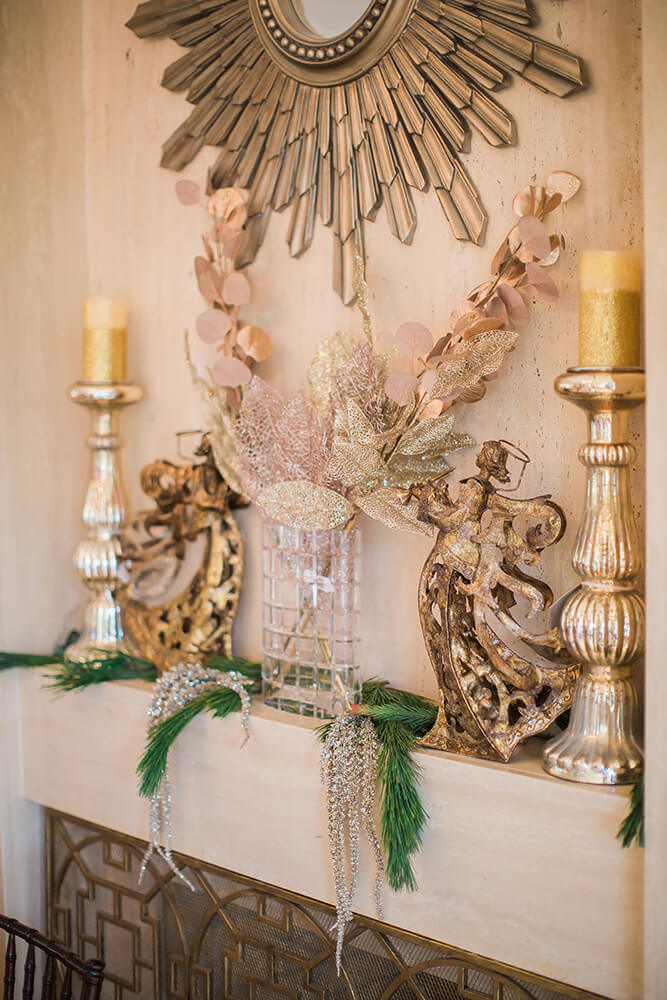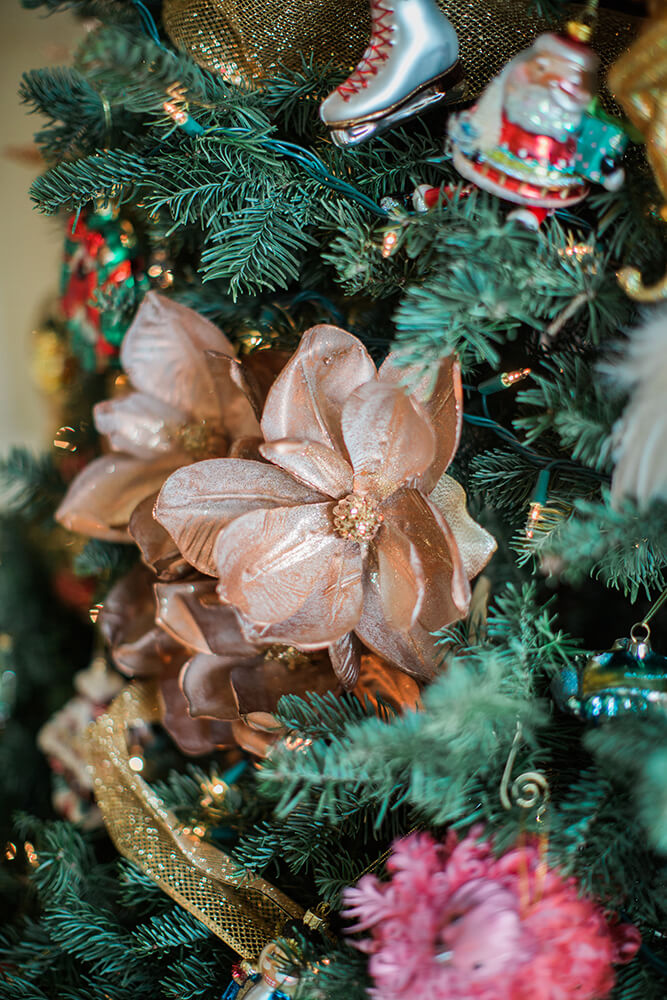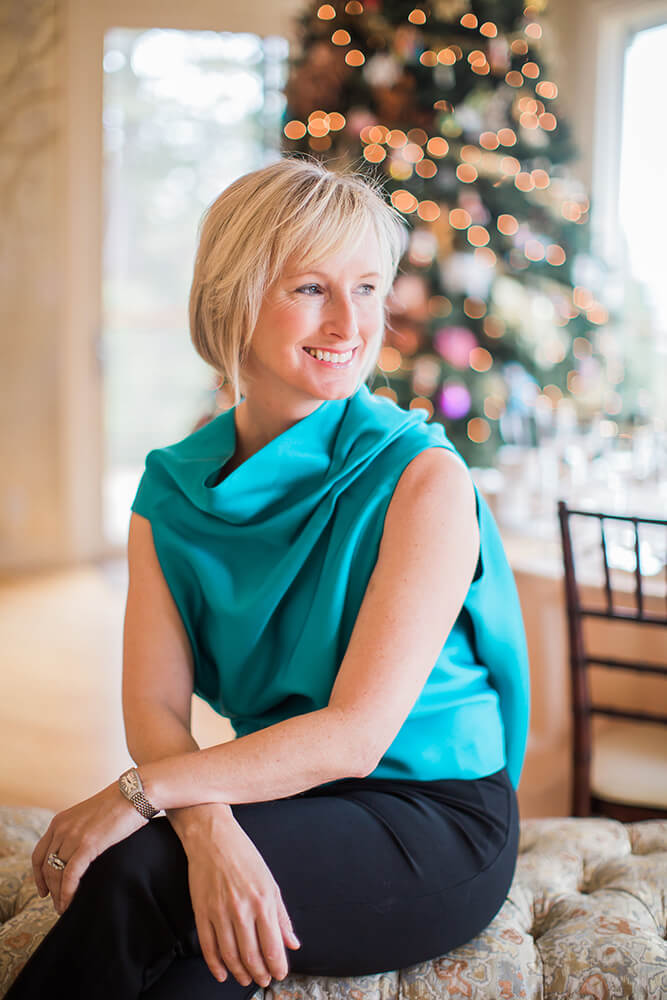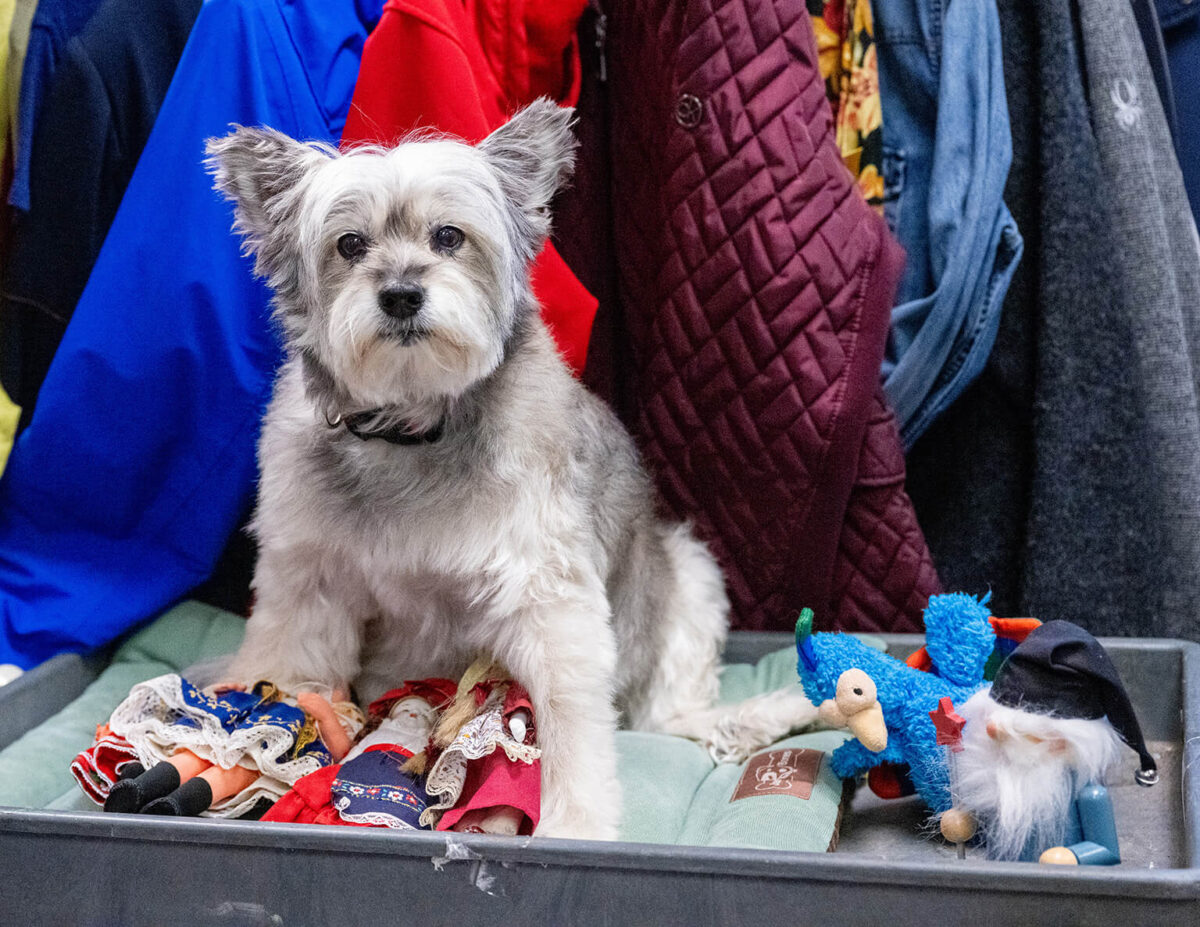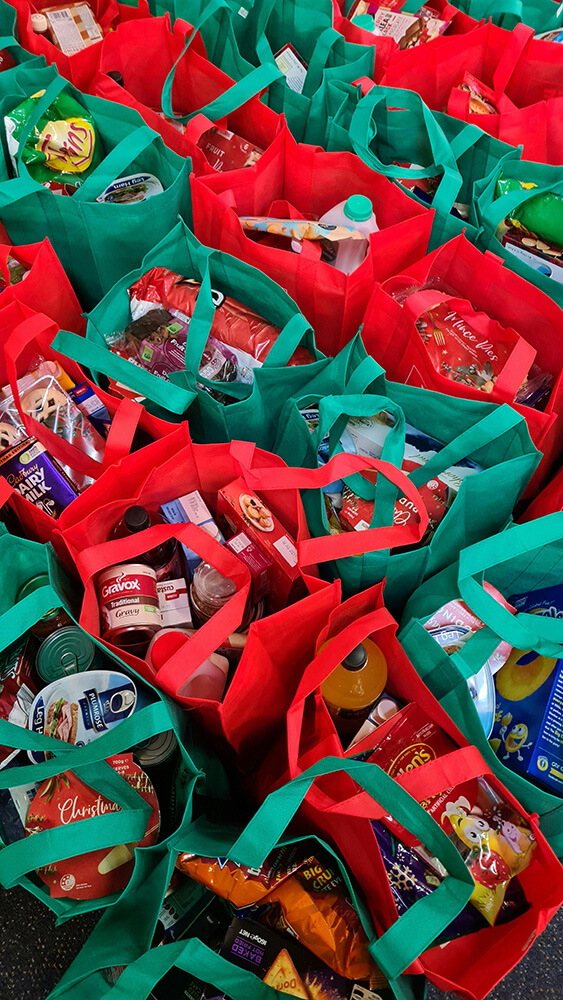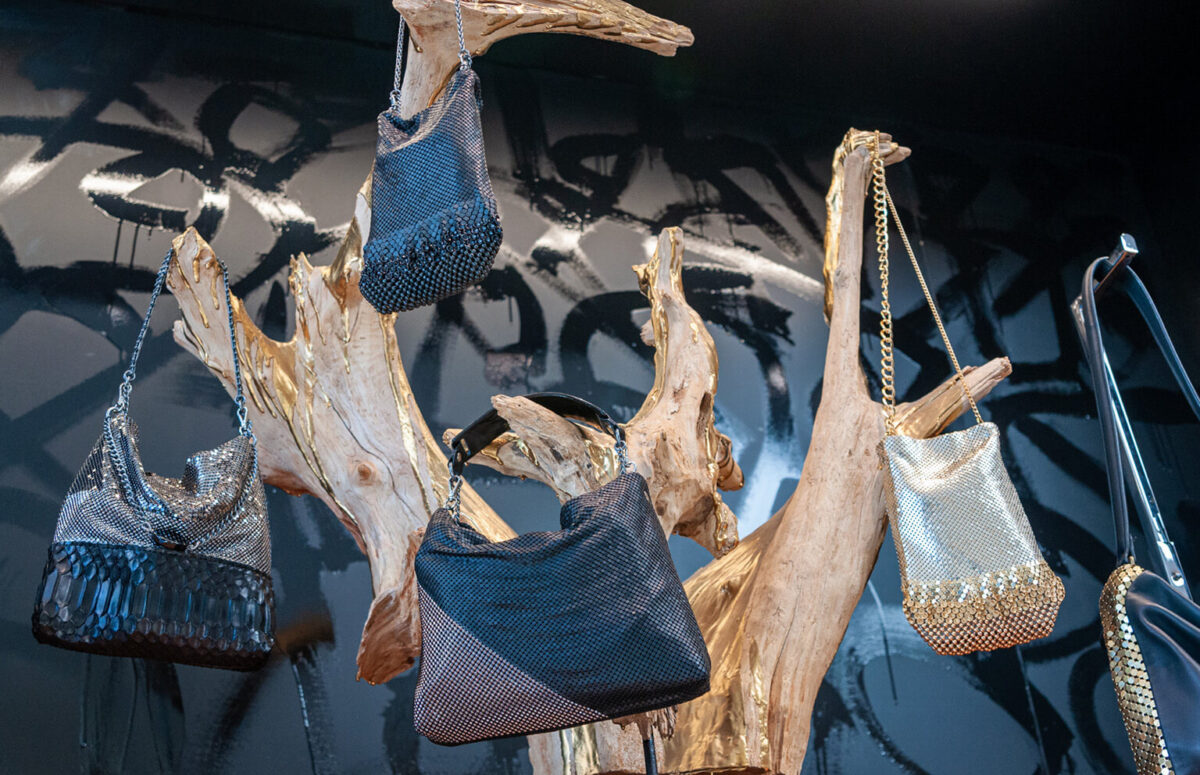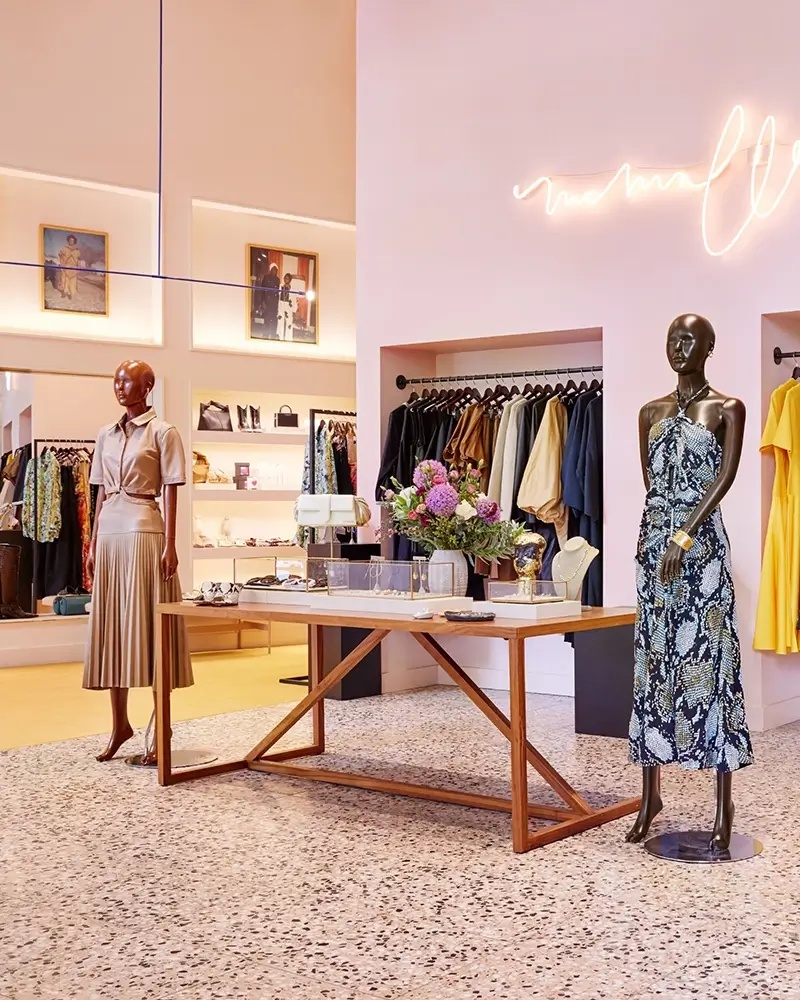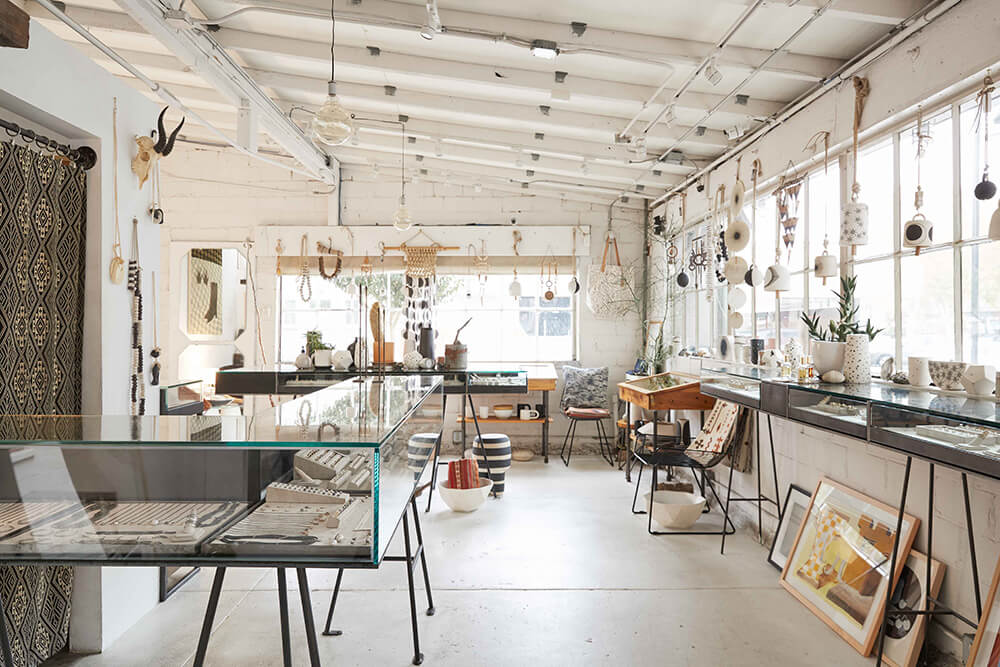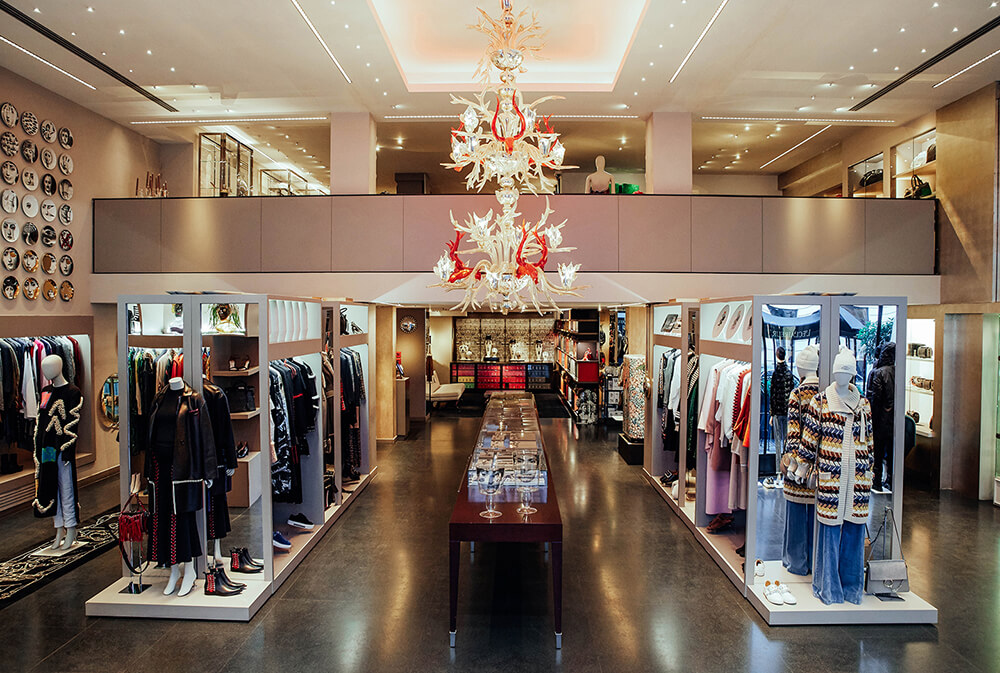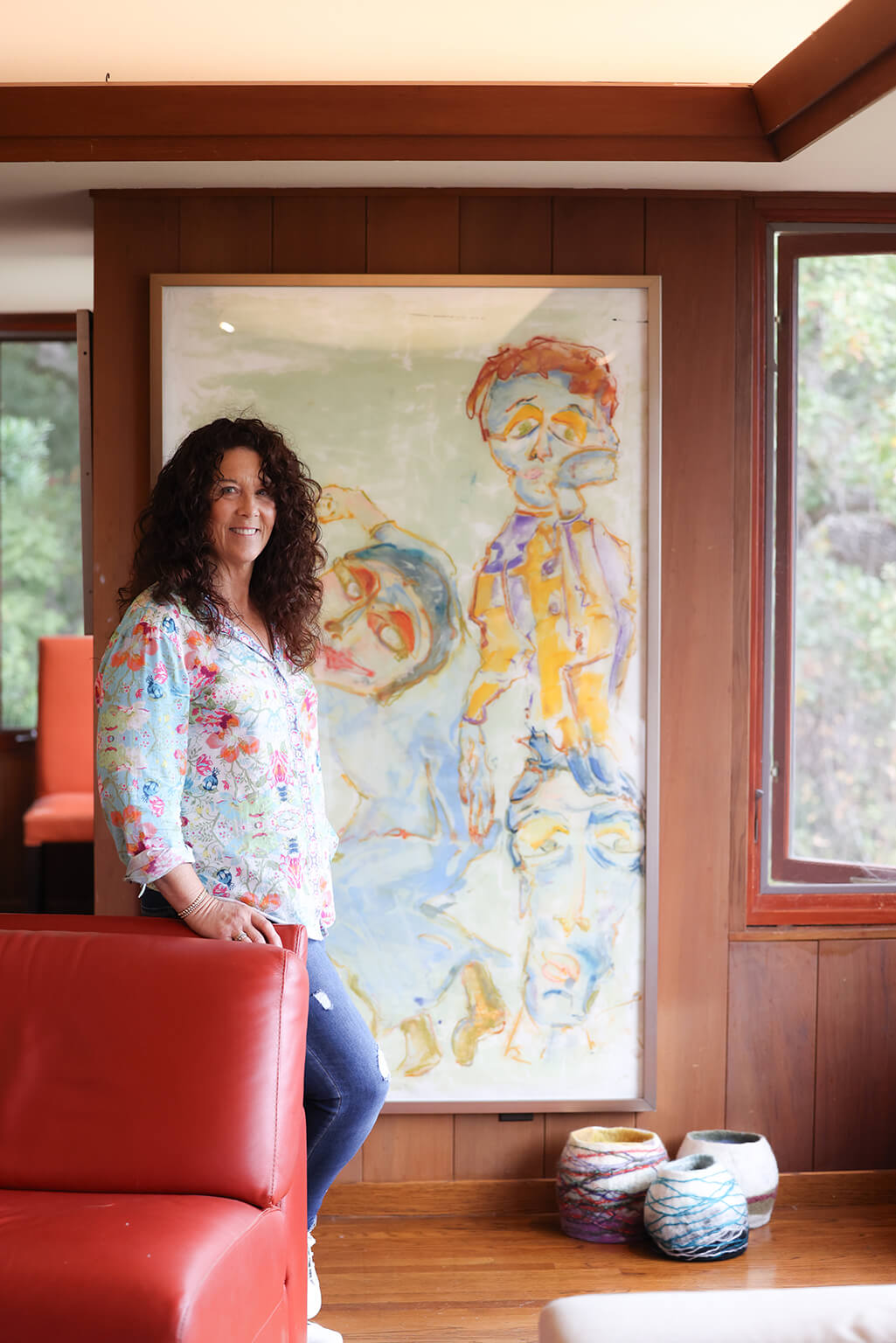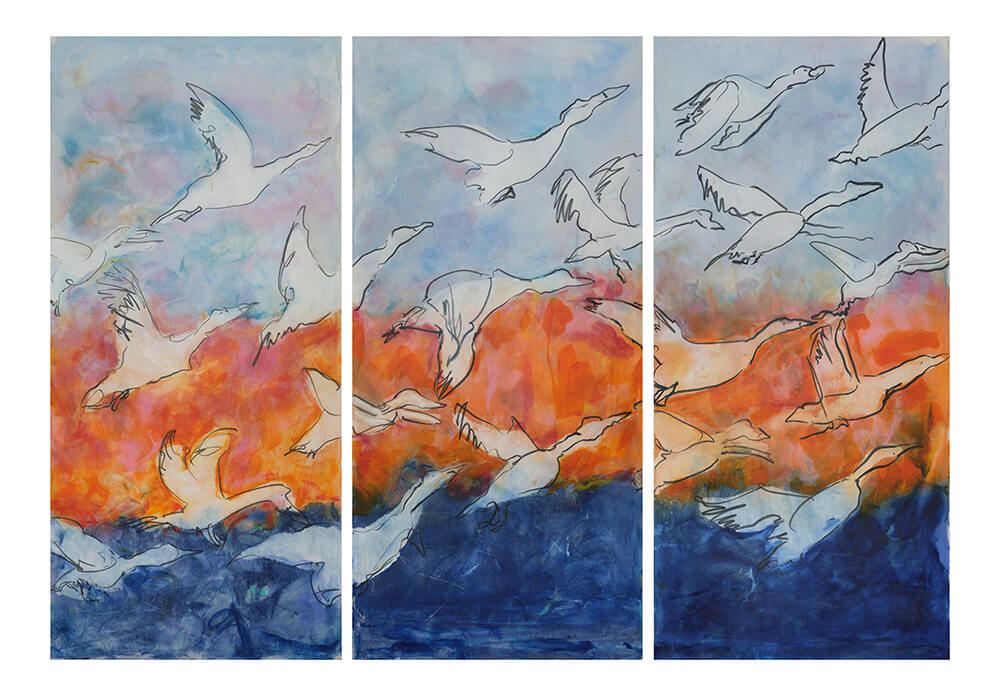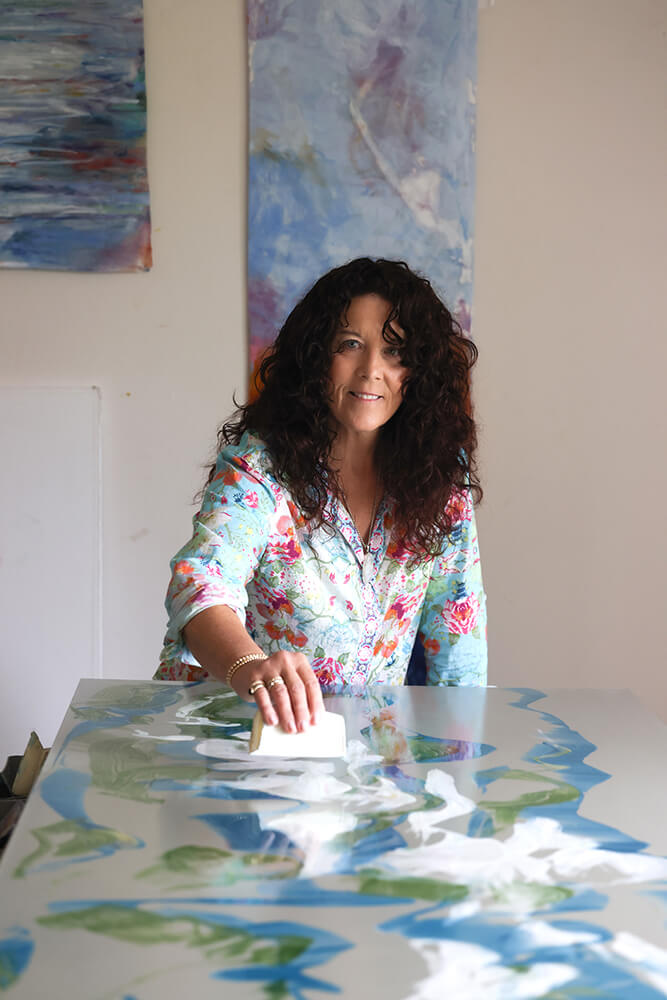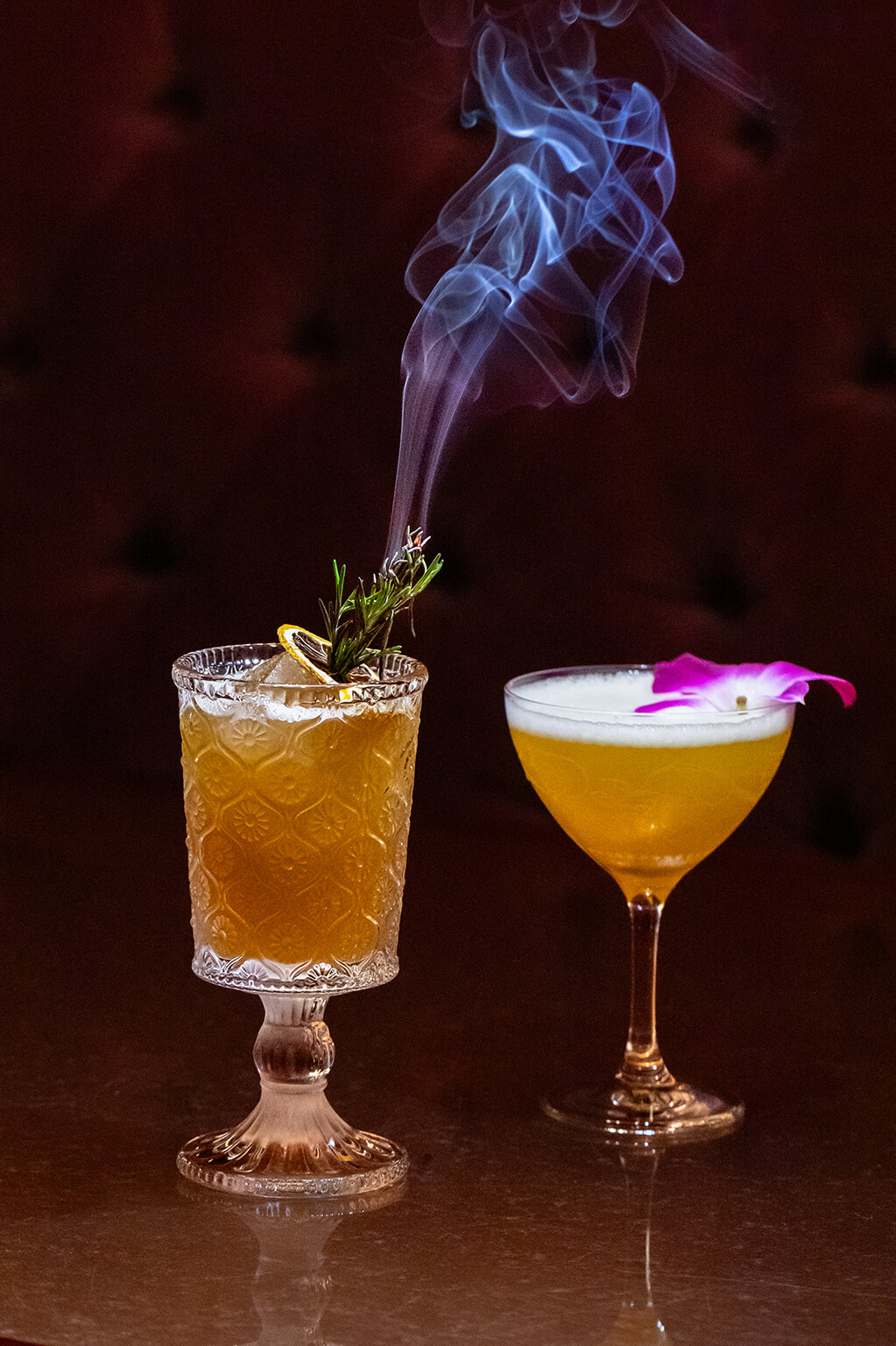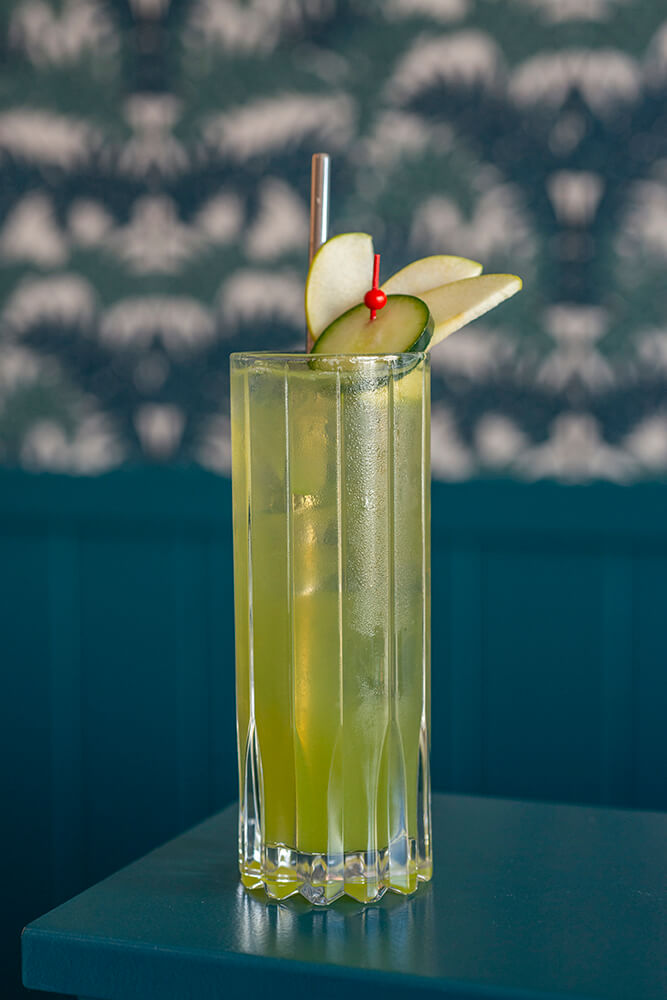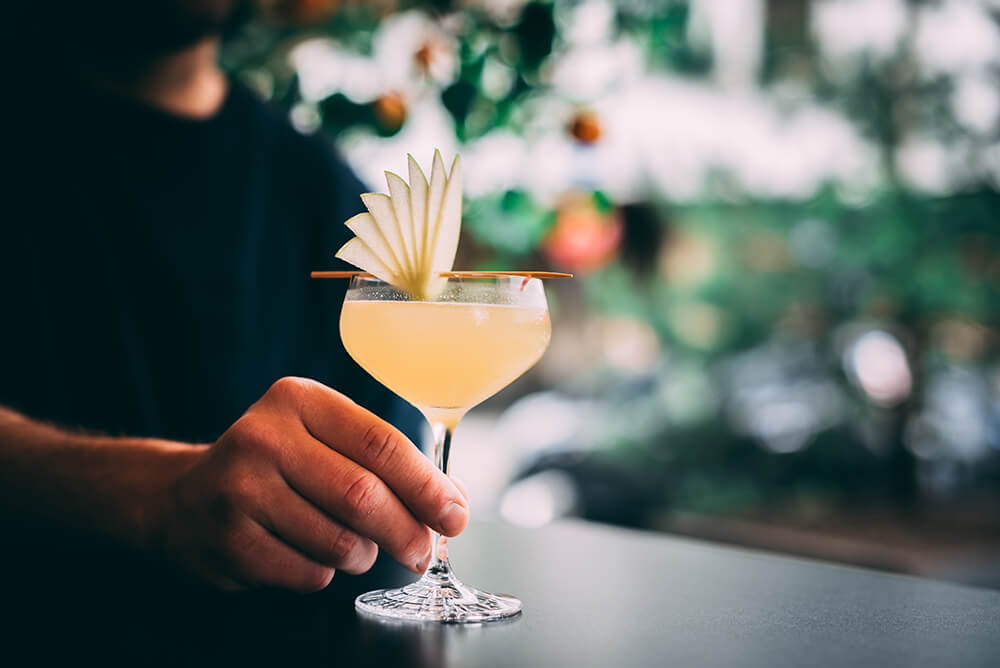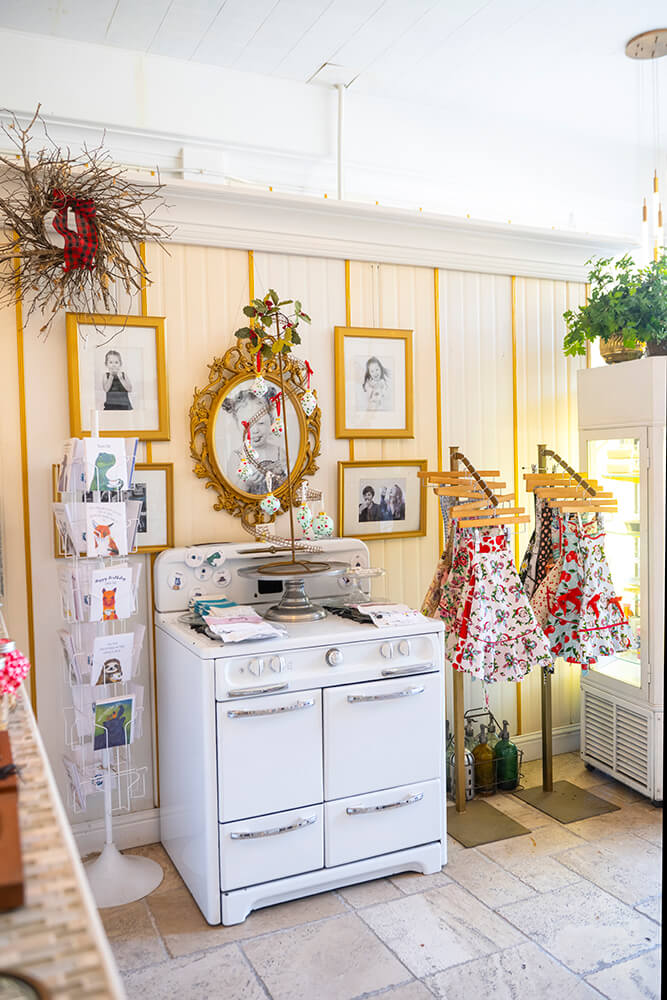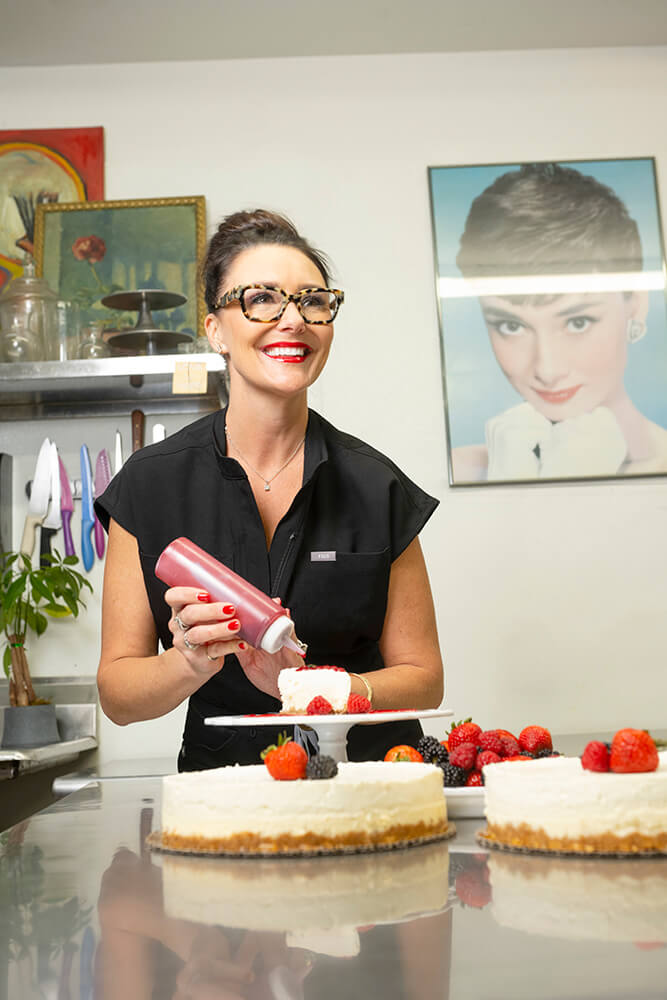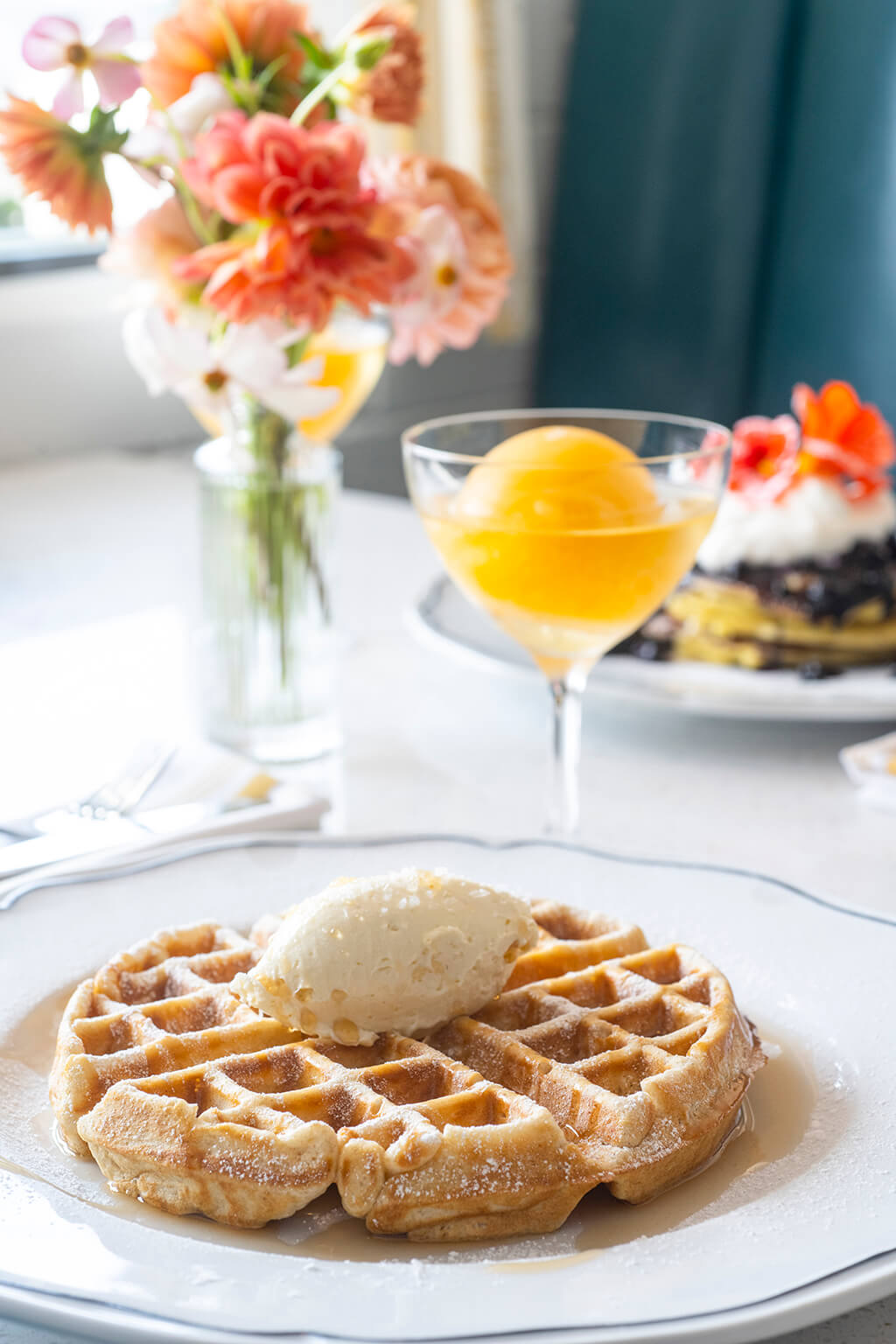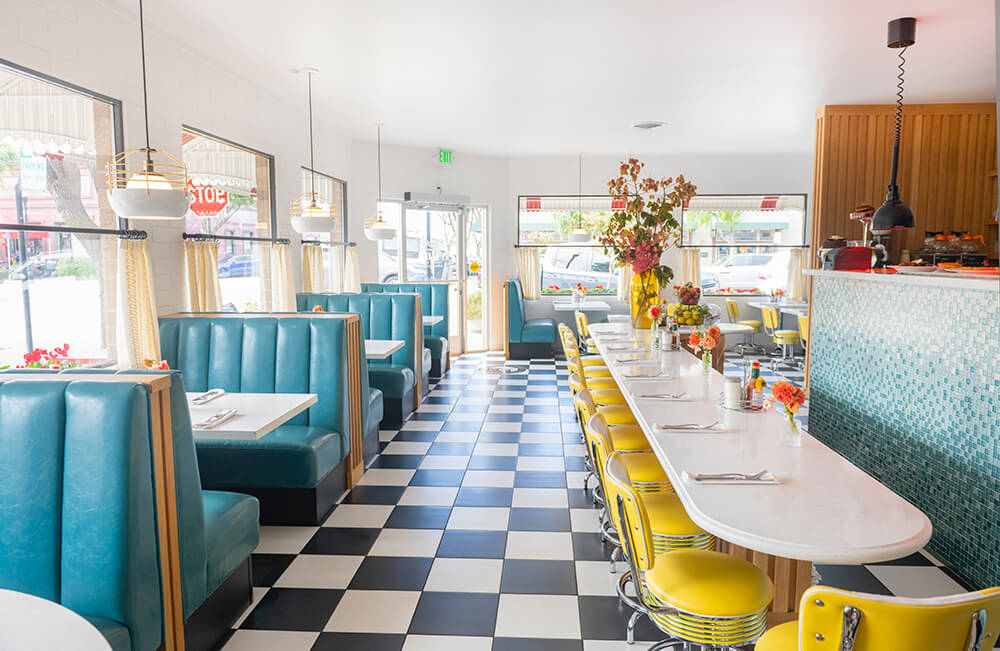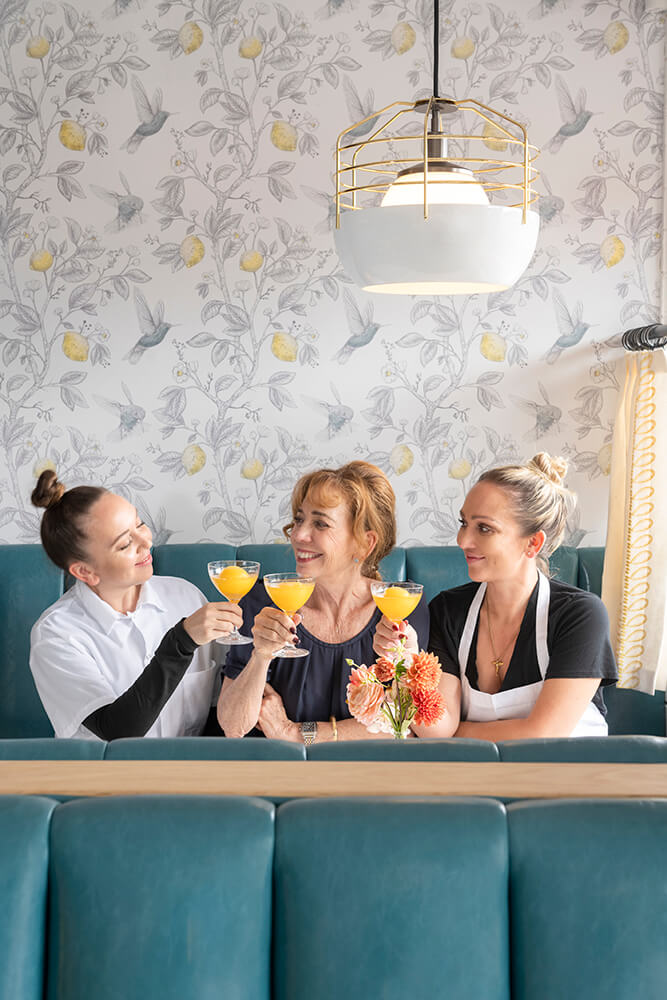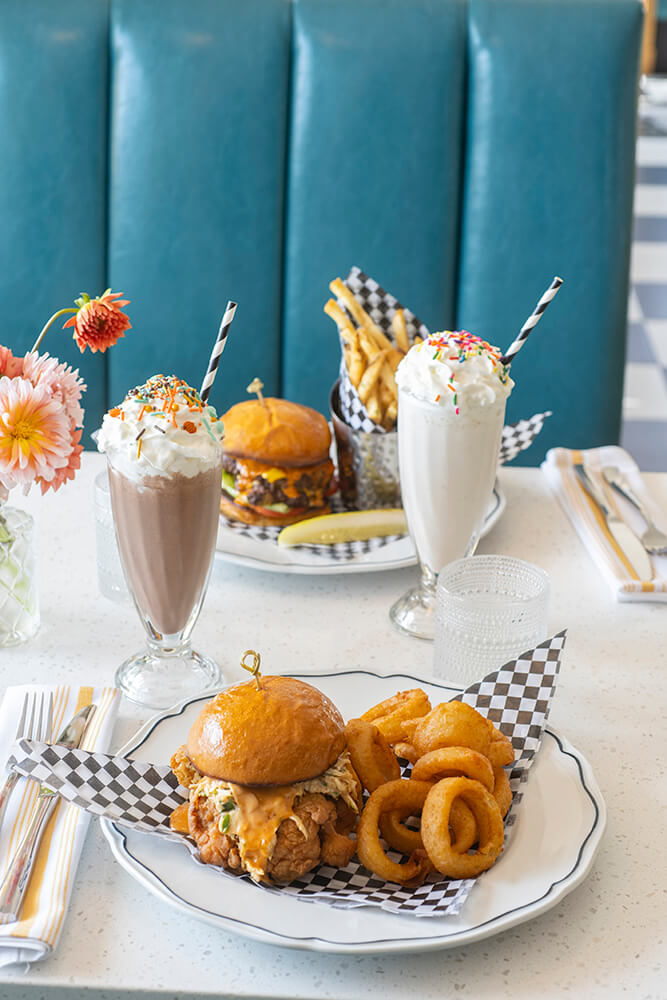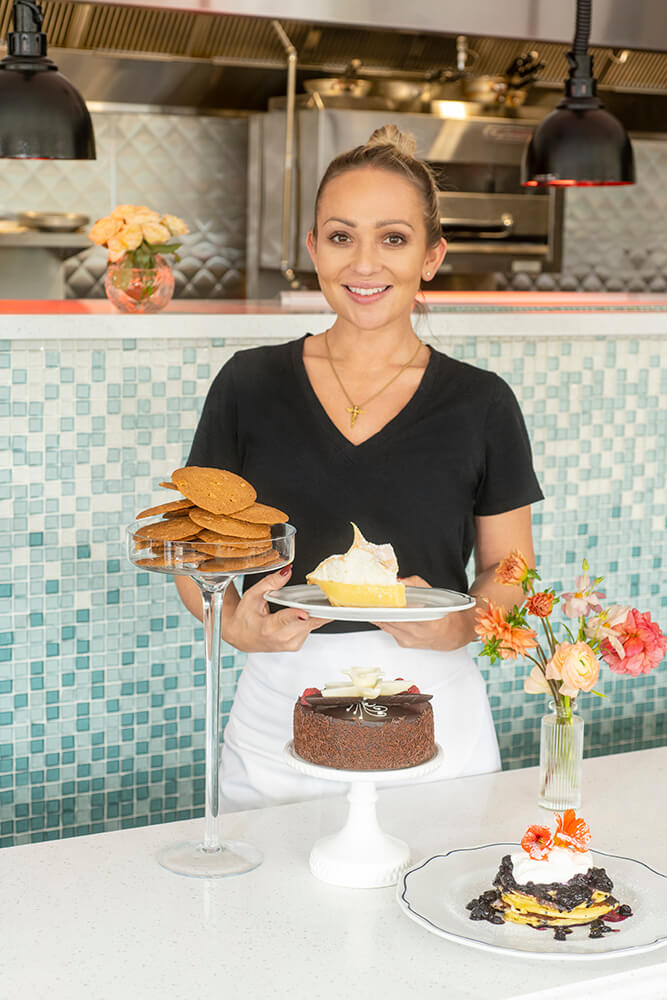Words by Johanna Harlow
Everyone loves a cooking grandmother, keeper of the family recipes, master of her craft. With no need for cookbooks, she learned from countless hours leaning over stovetops, dispensing judicious pinches of this and splashes of that. If you aren’t lucky enough to have one of your own to learn from, don’t despair. Nearby, you’ll find grandmas willing to ladle out lessons to a new generation of home cooks.
Which is what brings me to a hilly neighborhood in San Carlos. I’m on a quest for kimchi. But I won’t be learning this well-known Korean dish of tangy fermented cabbage in a typical cooking class. For a start, it’s the first one I’ve taken in my socks. And I’m not slicing veggies on a stainless-steel countertop in a commercial kitchen, but on a sturdy wooden table in a room with family photos and funky abstract art. Not under the direction of a polished culinary school graduate, but a venerable Korean grandmother who effortlessly eyeballs rather than measures her ingredients.
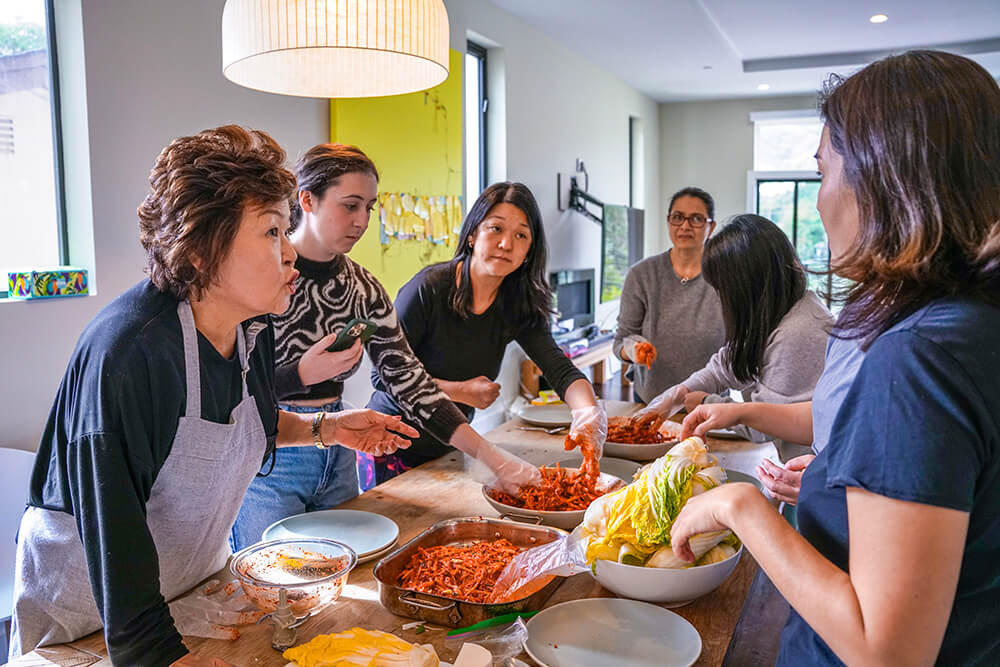
Grandma Moon Soon Choi stands at the head of the table and instructs me and five other students in Korean while her daughter Kelly Choi translates. We dutifully chop scallions on our bamboo cutting boards. Close by, there’s a tub piled high with pickled Napa cabbage heads, an amber bottle of fish sauce, freshly ground garlic and ginger, large Korean radishes, a jar of salted shrimp and a bright bowl of chili flakes (sun-dried by our instructor out on her deck).
Moon Soon is one of the Grandmas from Around the World, a cooking series hosted by The Moonlight Collective. The San Carlos organization offers “authentic and intimate experiences guided by locals right around the corner” with Kelly serving as one of its co-founders.
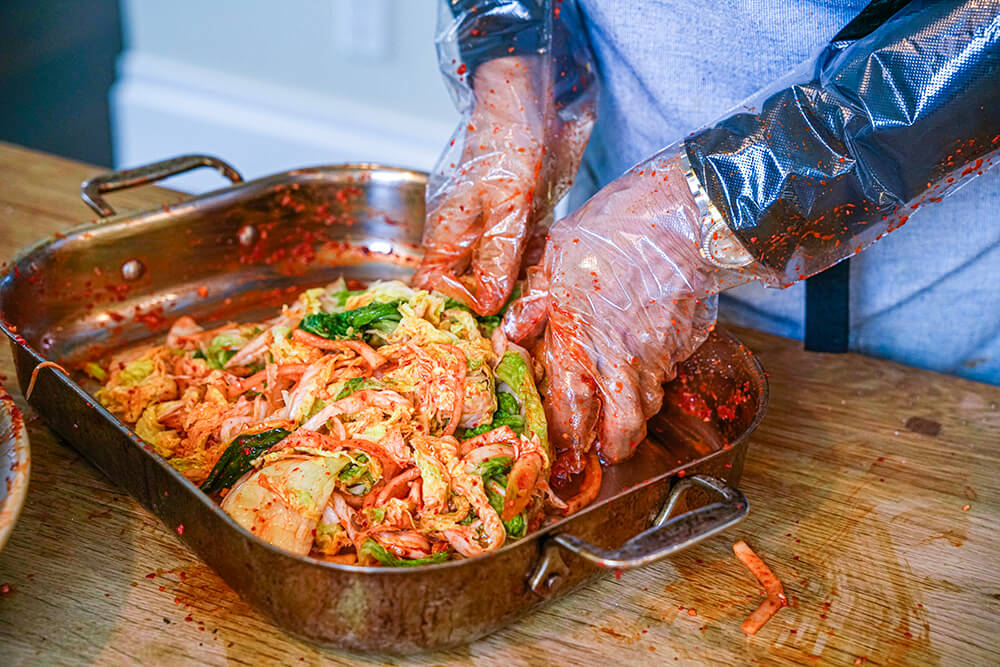
Kelly met Moonlight Collective co-owner Maggie Wang through a Facebook group for San Carlos moms back in December. Maggie posted about her interest in creating a platform to unlock intimate, hidden experiences in private spaces—and Kelly, who’d started a similar concept in Taiwan, sensed a kindred spirit. “So we met over coffee and we were getting goosebumps because we have the same vision, the same idea of what we wanted to achieve!” Kelly recalls. Two meetups later, the pair had become business partners.
Their cooking classes range from pasta-making with an Italian chef to rolling out cookie dough with a French-trained pastry chef. Other events include flower arranging, candle making and wine tasting. “We want to unlock the local talent,” explains Kelly, adding that they refer to their teachers as “guides” and participants as “explorers.”
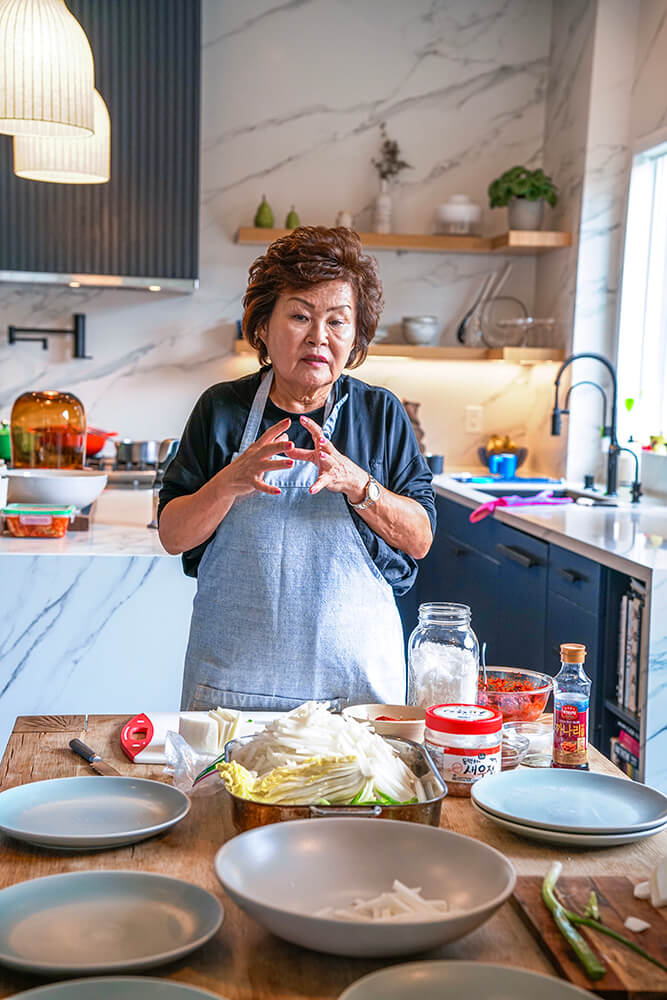
The aim of a Moonlight Collective class goes beyond teaching a new recipe or skill. “It’s not: go in, do X, Y, Z, and then you leave,” emphasizes Kelly. “It’s more around creating intimacy… How do we create moments of connectivity where you meet with your neighbors?”
And there’s certainly an air of camaraderie as the other students and I pull on gloves to mash the kimchi mixture, then rub the bright red paste into cabbage leaves. It’s messy and therapeutic, like only squishing something between your fingers can be. As we finish, Moon Soon whips up a few dishes on the stove, juggling three burners like it’s child play, while Kelly brews some tea. We all sit down to feast family-style, lingering over kimchi jeon pancakes, cups of tea and good conversation.
Kitchen Cozy – themoonlightcollective.com
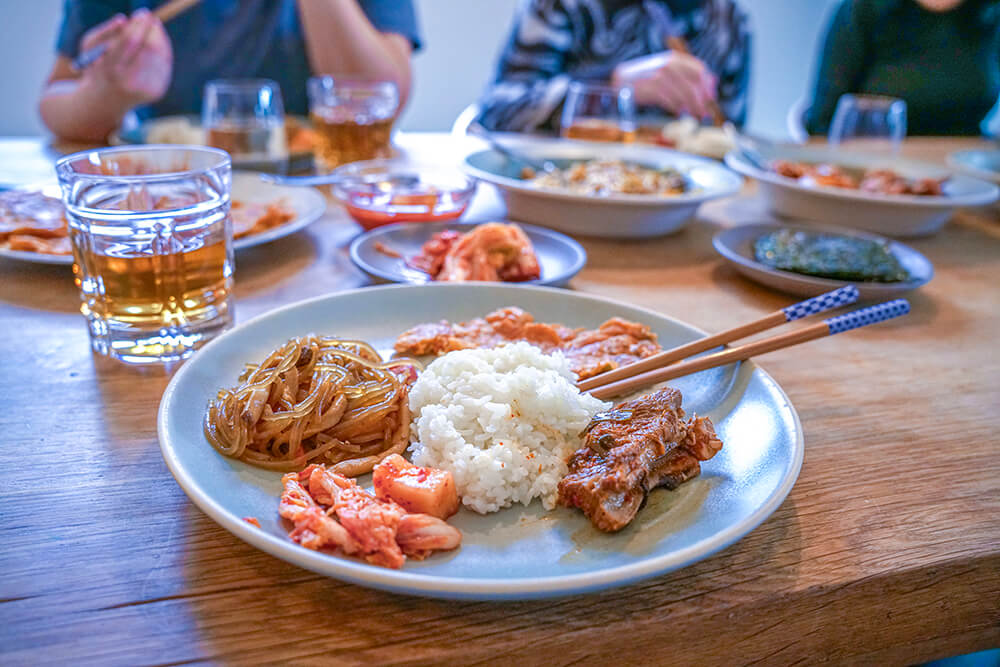
Mix it up – more cooking classes
Sur La Table
For culinary creations that are simply the chef’s kiss, Sur La Table won’t let you down. Tucked into Palo Alto’s Town & Country Village, this cookware and cutlery shop offers lessons in classic French cooking as well as cuisines from around the world. Imagine yourself at a Parisian bistro while you simmer coq au vin in chicken stock and chardonnay, then whip up buttery pommes puree with chives. Or envision coastal Spain as you sauté shrimp in sherry and garlic while stirring up a hearty chorizo paella. Meanwhile, the sweets seekers among us can master lavender-sugared palmiers and chocolate-frosted eclairs. Sur La Table classes also come with discounts on everything in the store—so stock up on ramekins, pasta makers and cutting boards. surlatable.com
Taste Buds Kitchen
Looking for a place that will embolden even the most hesitant home cook? Cut your teeth at Taste Buds Kitchen in Palo Alto. In a space lined with sparkling work tables and chrome racks laden with stainless-steel mixers and stockpots, you’ll feel like a pro in no time. Tie on a lime-green apron, roll up your sleeves and try your hand at rolling sushi or assembling empanadas. Taste Buds Kitchen also offers lots of family-friendly classes to inspire even the littlest bakers and chefs. tastebudskitchen.com/palo-alto
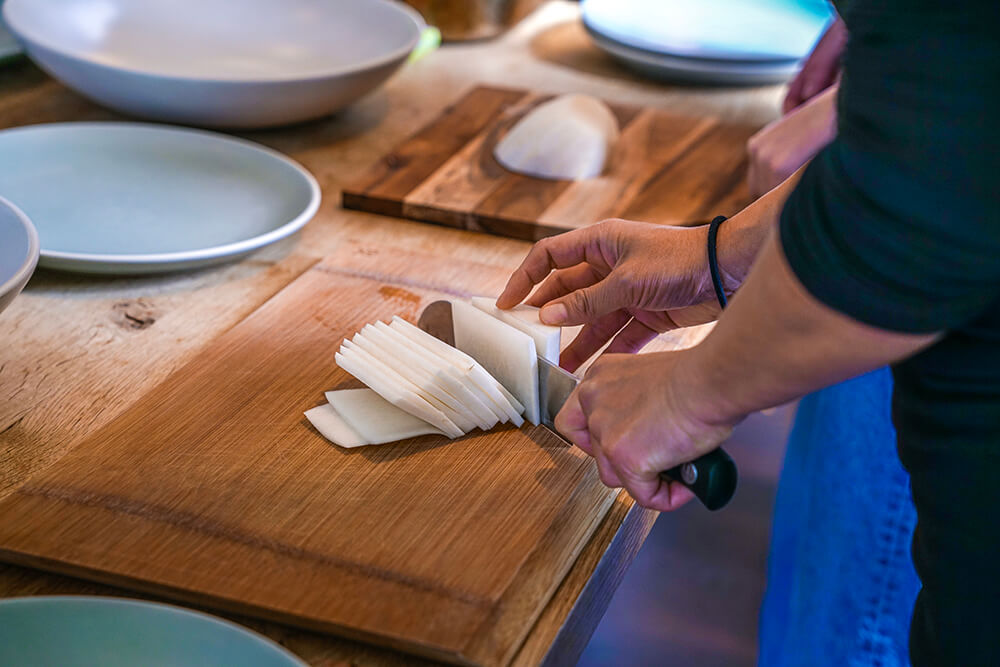
Cozymeal
If industrial kitchens give you performance anxiety, get comfy with Cozymeal, a platform that partners with local chefs in cities across the U.S. Vetted chefs often host classes in their home kitchens, giving some intriguing insights into the cabinets and silverware drawers of the pros. Don’t tell us you’re not curious about what brands chefs stock in their own knife blocks and if they prefer cast-iron or carbon steel cookware. Since Cozymeal instructors hail from all kinds of backgrounds, you may find yourself pan-searing the perfect steak with the author of a best-selling cookbook or learning knife skills from a former Michelin-starred chef. Cozymeal can also arrange for teachers to come to you, if you prefer a night in. cozymeal.com/south-bay-peninsula
Palo Alto Adult School
If one-session classes leave you feeling like you’ve only just skimmed the surface, take a deep dive with the Palo Alto Adult School. A course might include six sessions on cooking healthy meals that don’t sacrifice flavor or a four-part series on Indian dishes tied to seasonal festivals. That being said, single sessions are also available. Return each quarter for new ways to expand your culinary repertoire. paadultschool.org

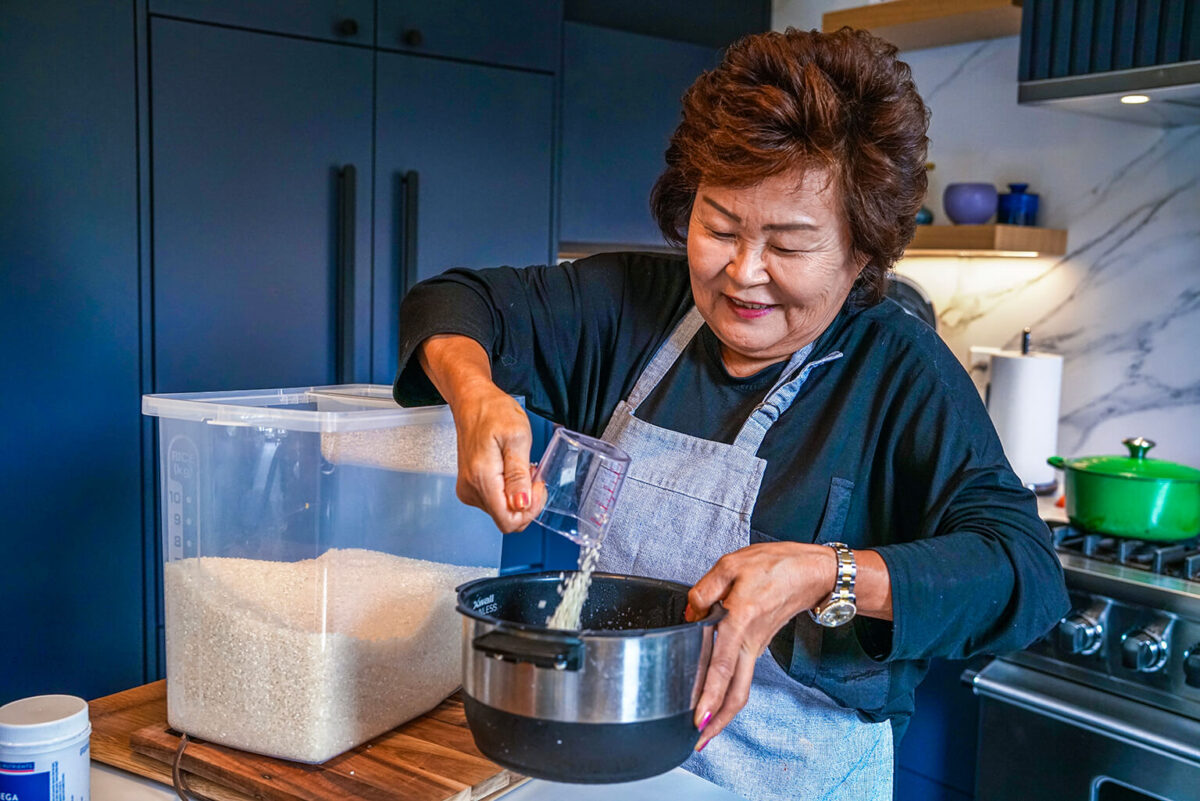

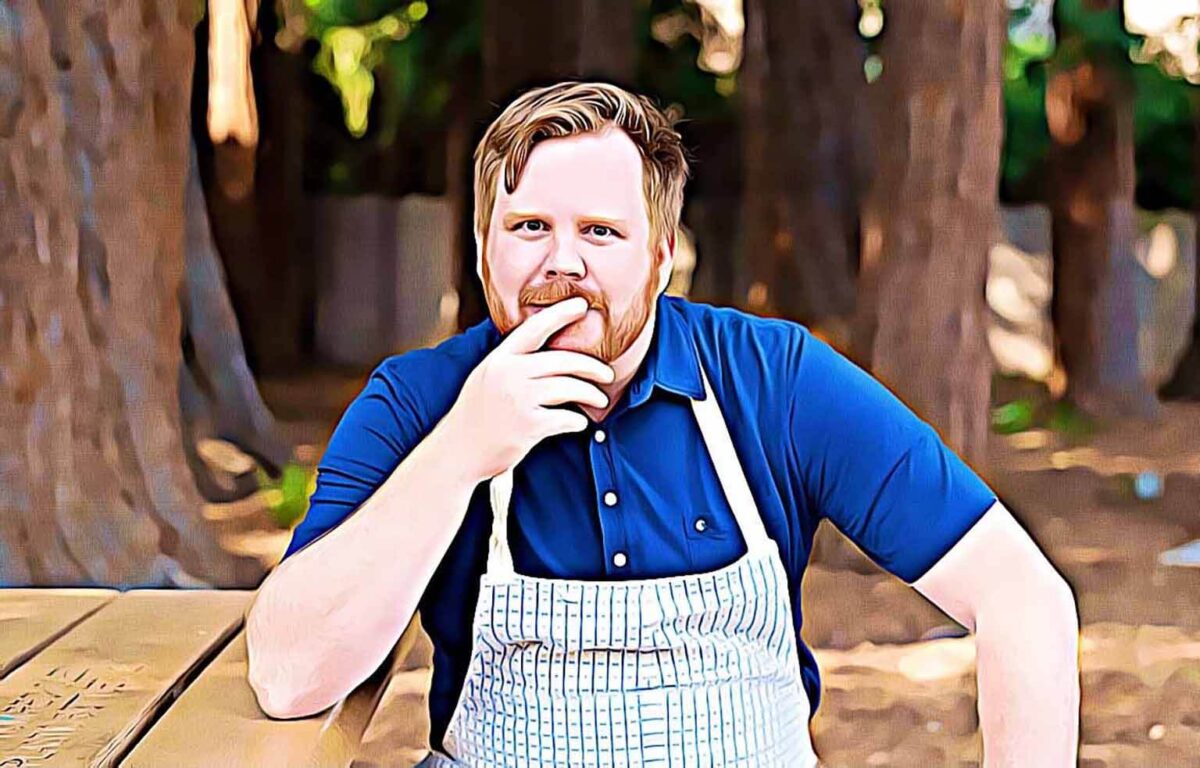




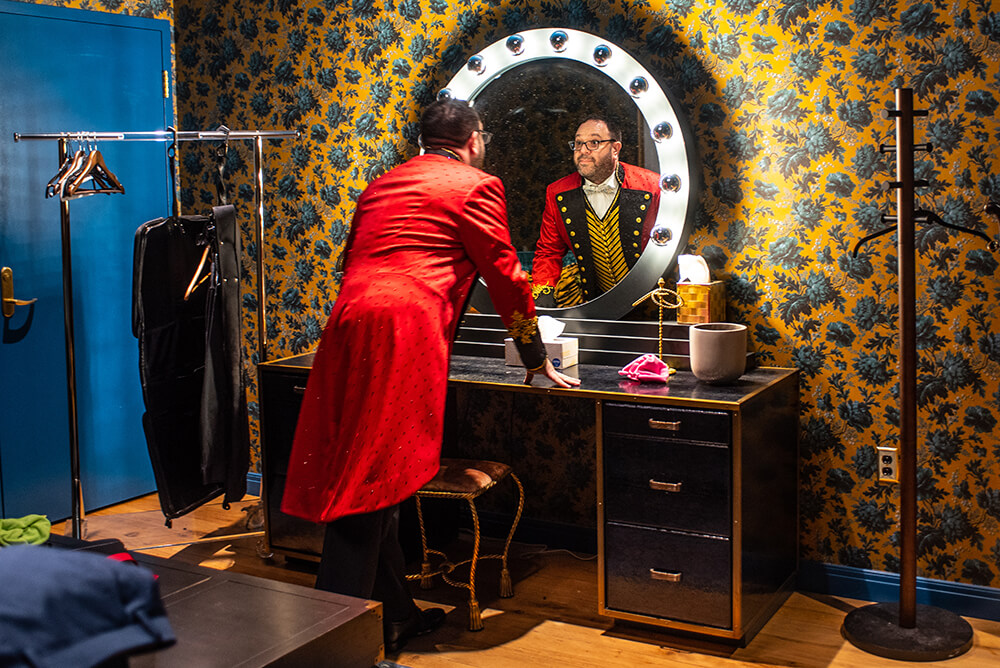
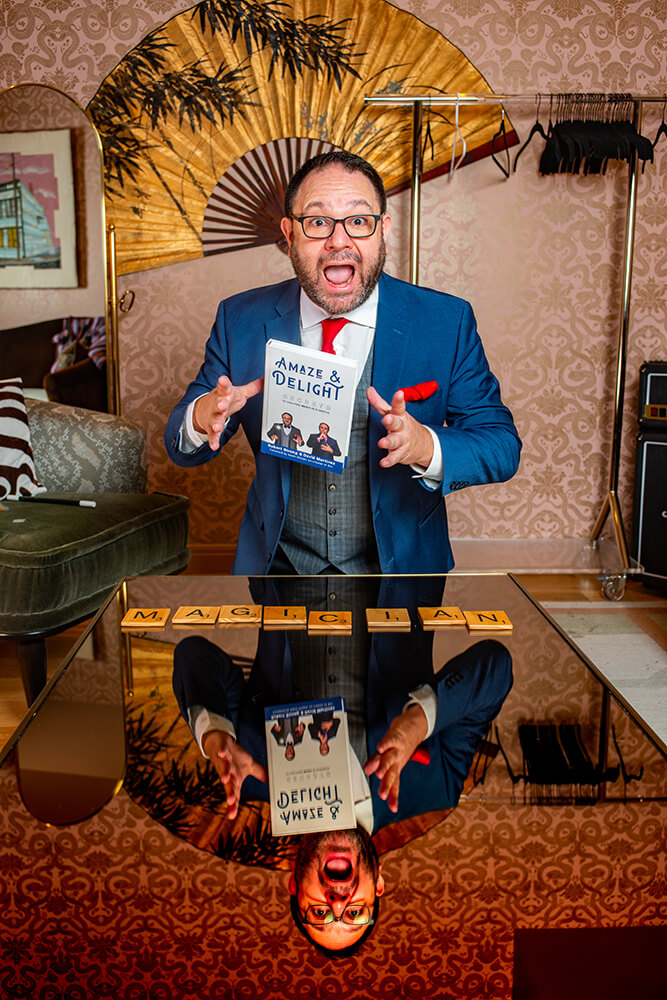
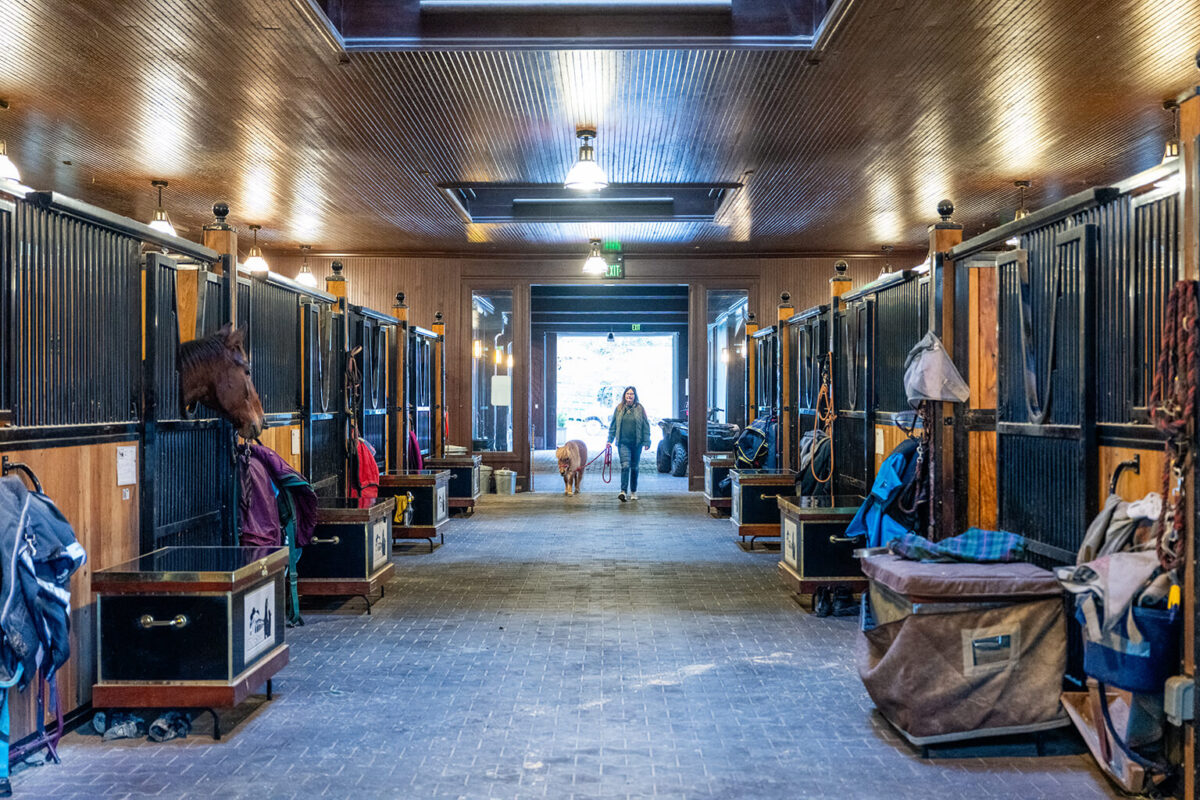
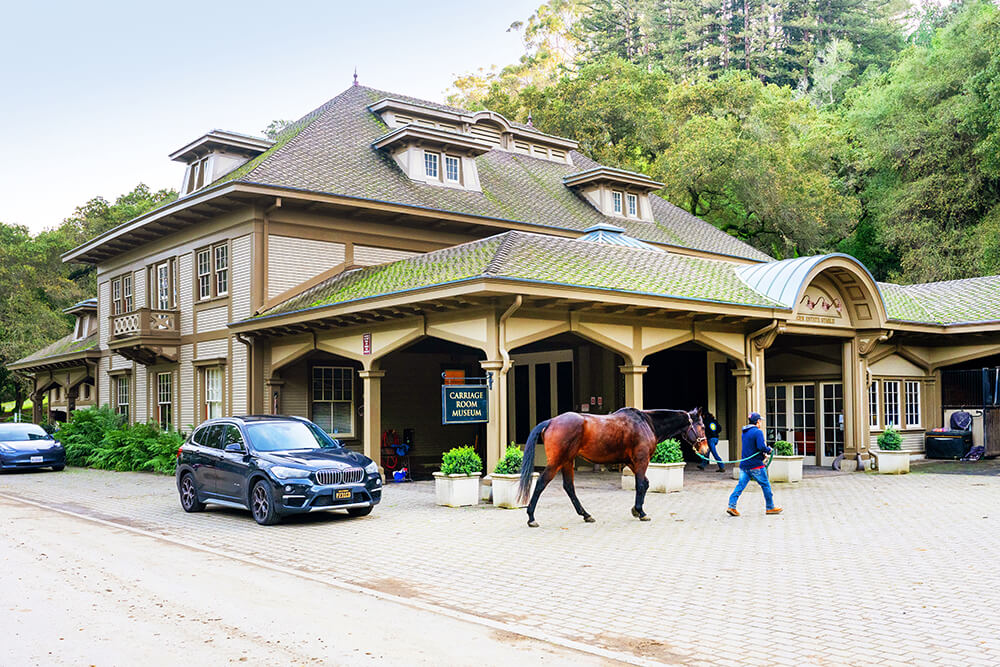

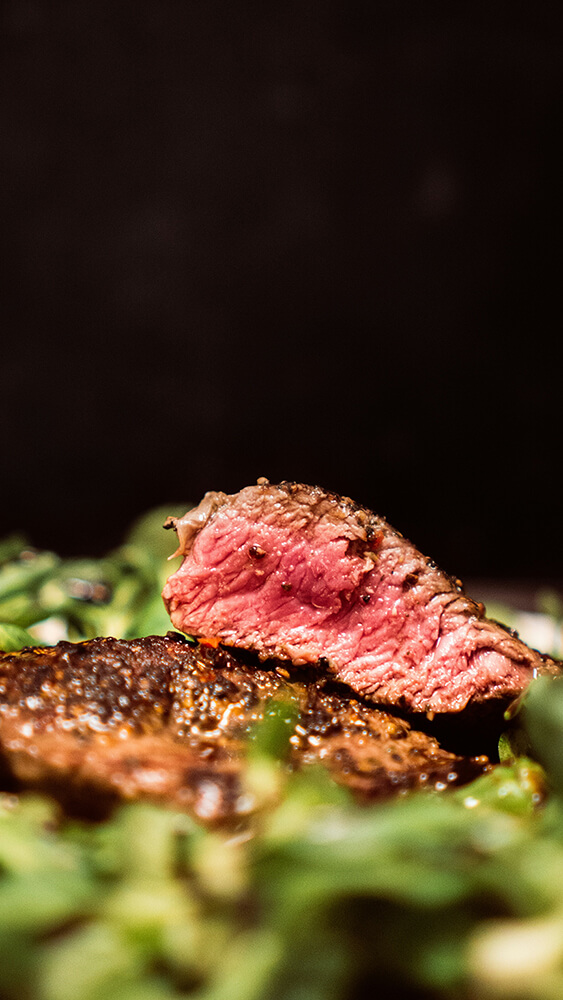

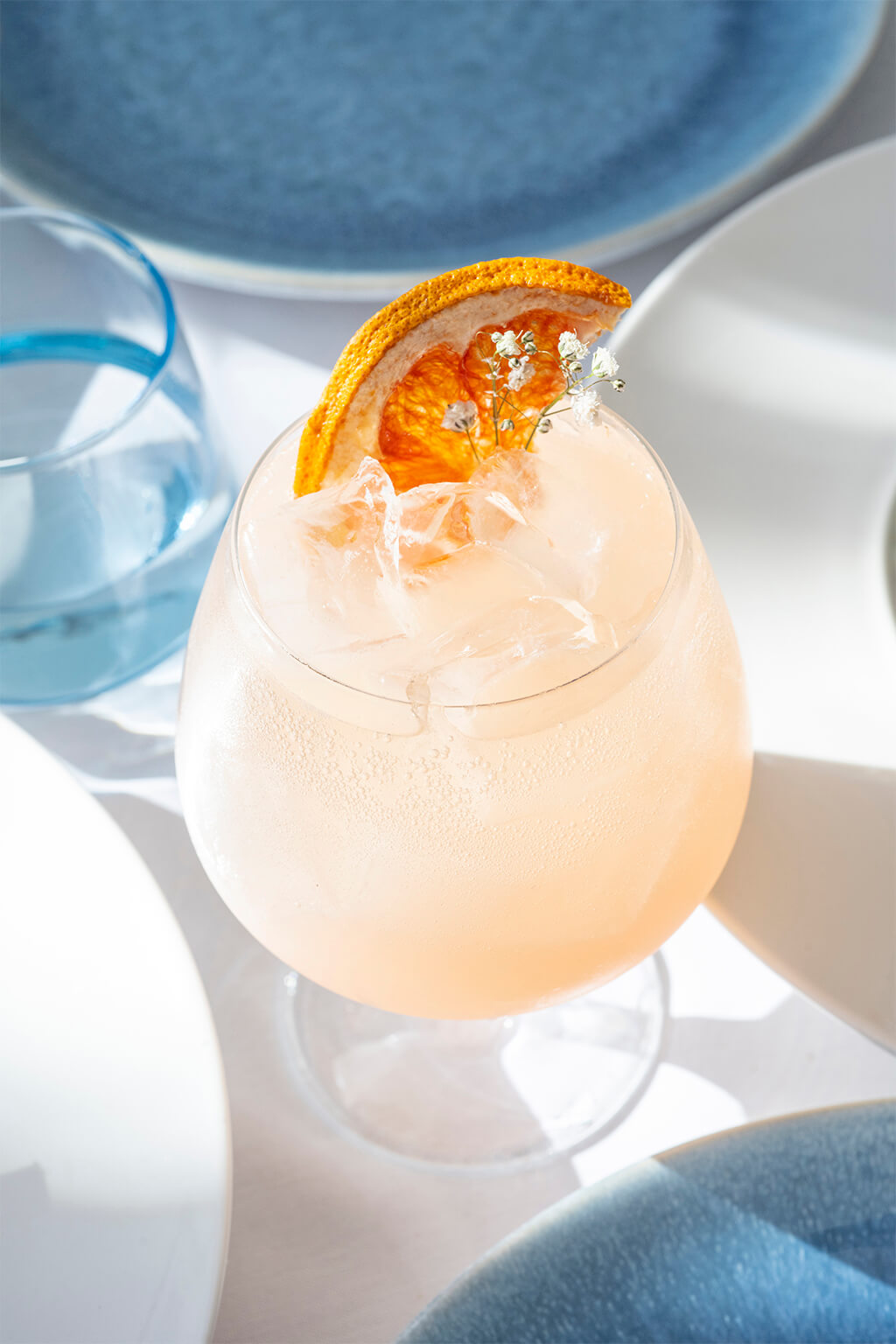
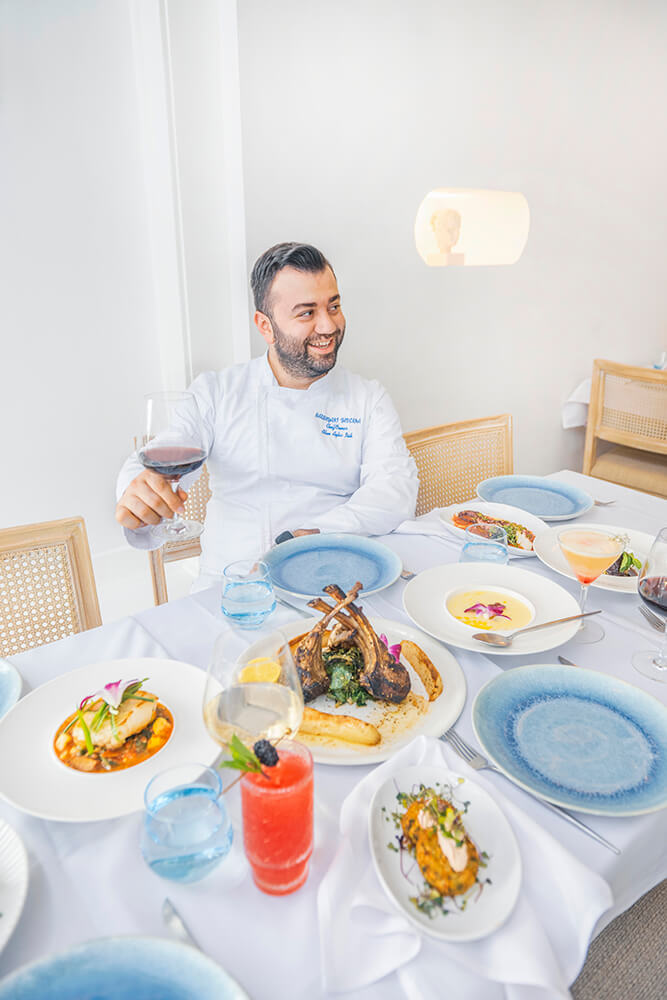
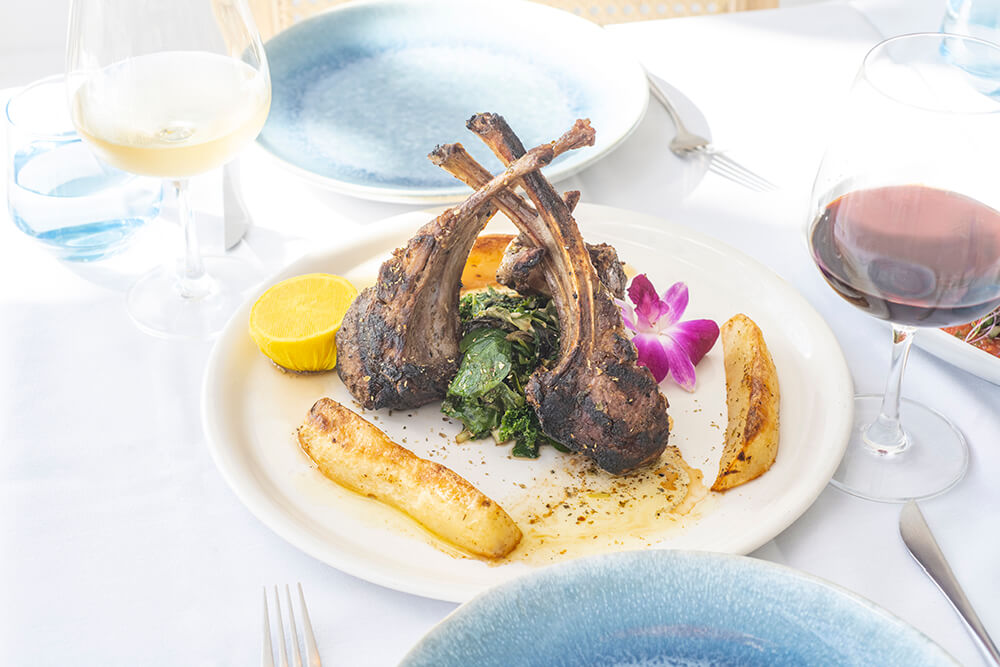
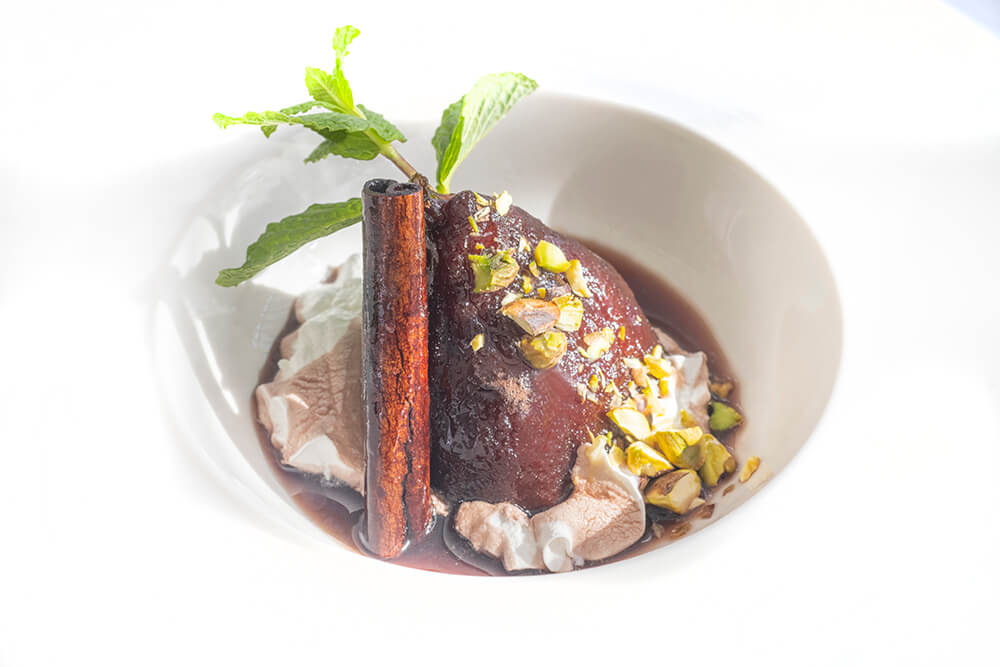
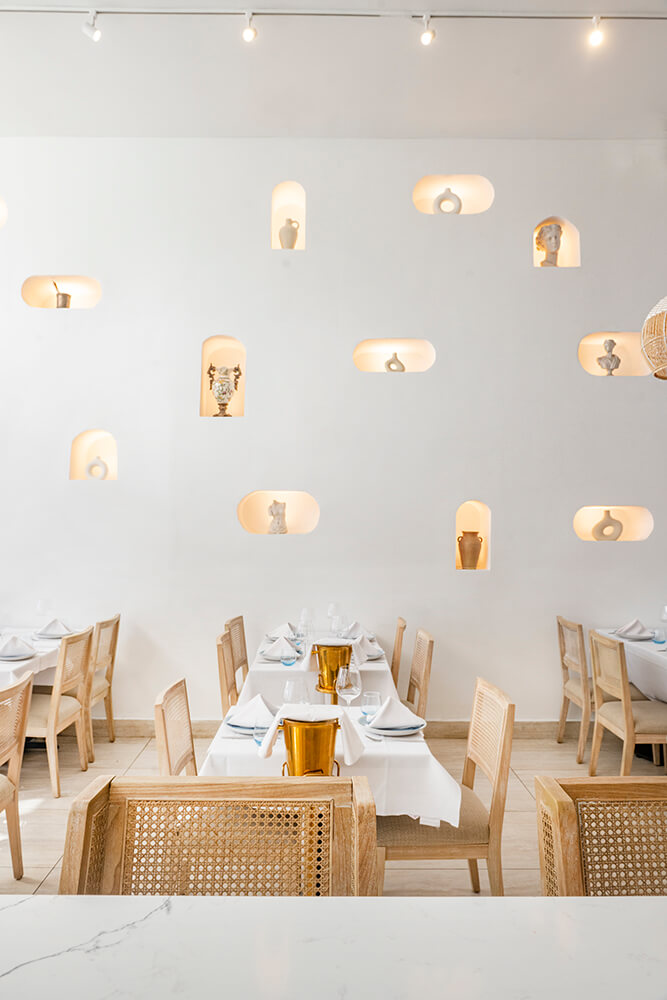
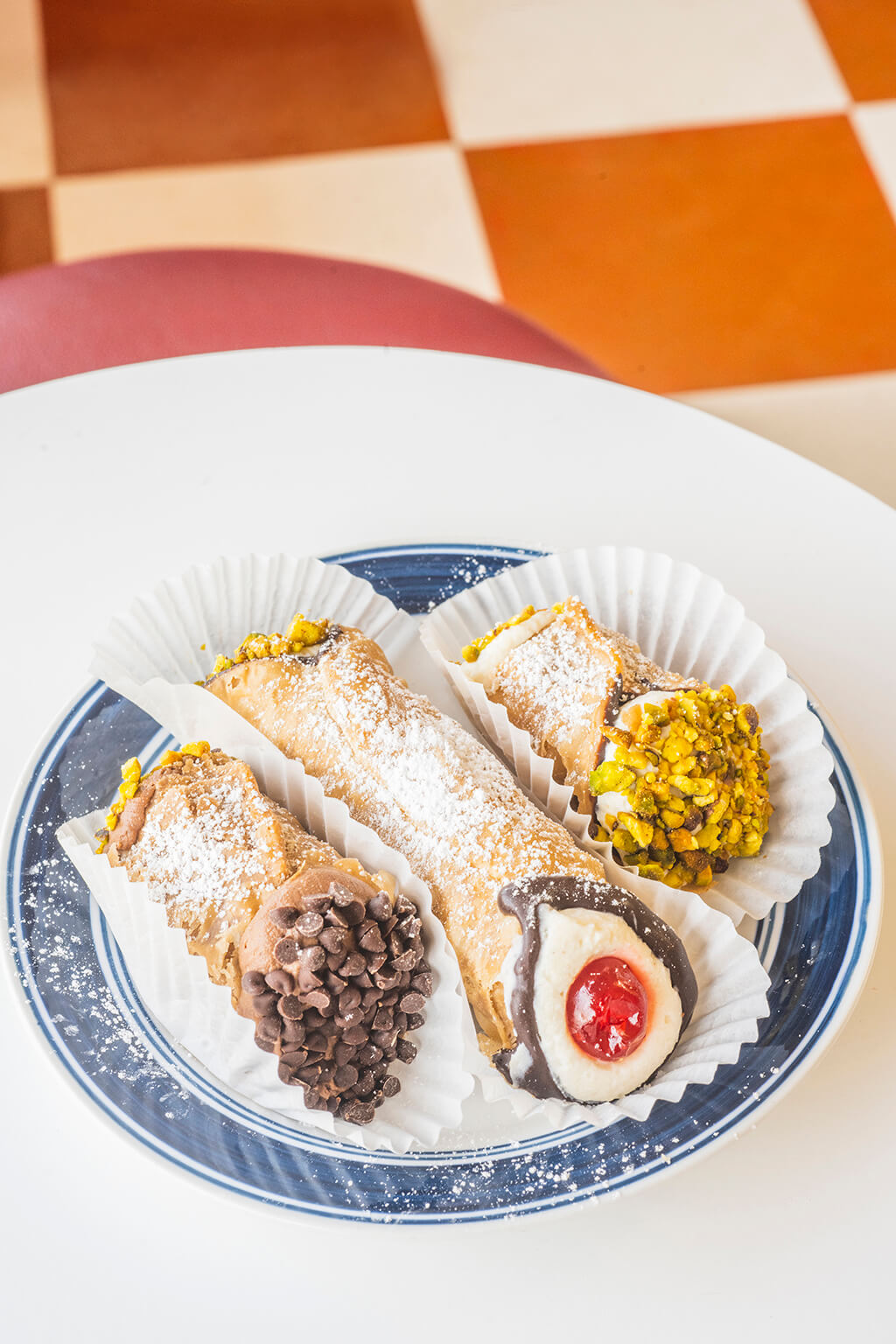
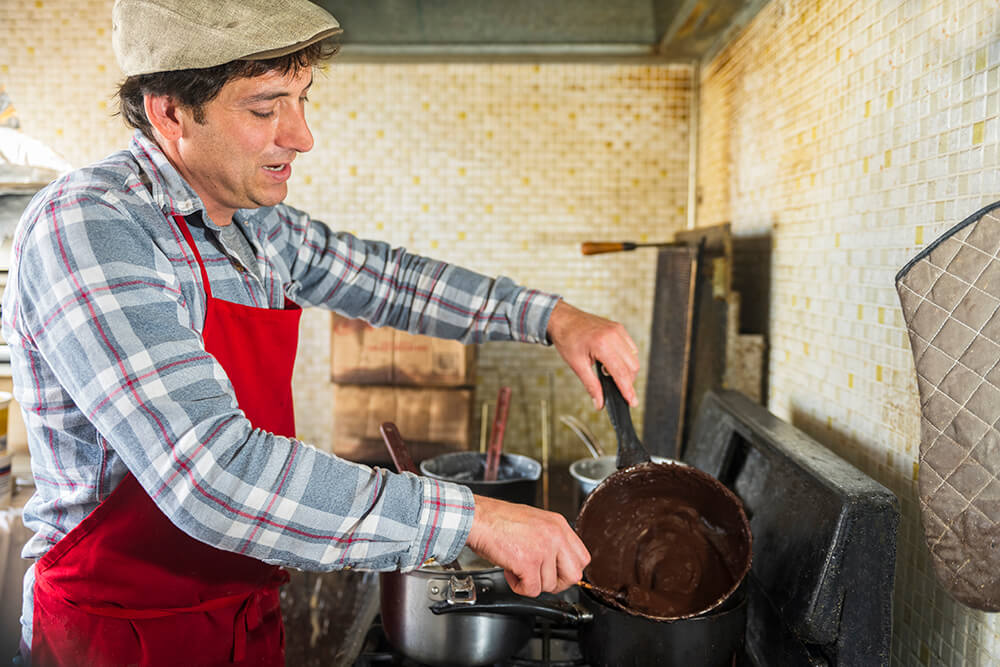
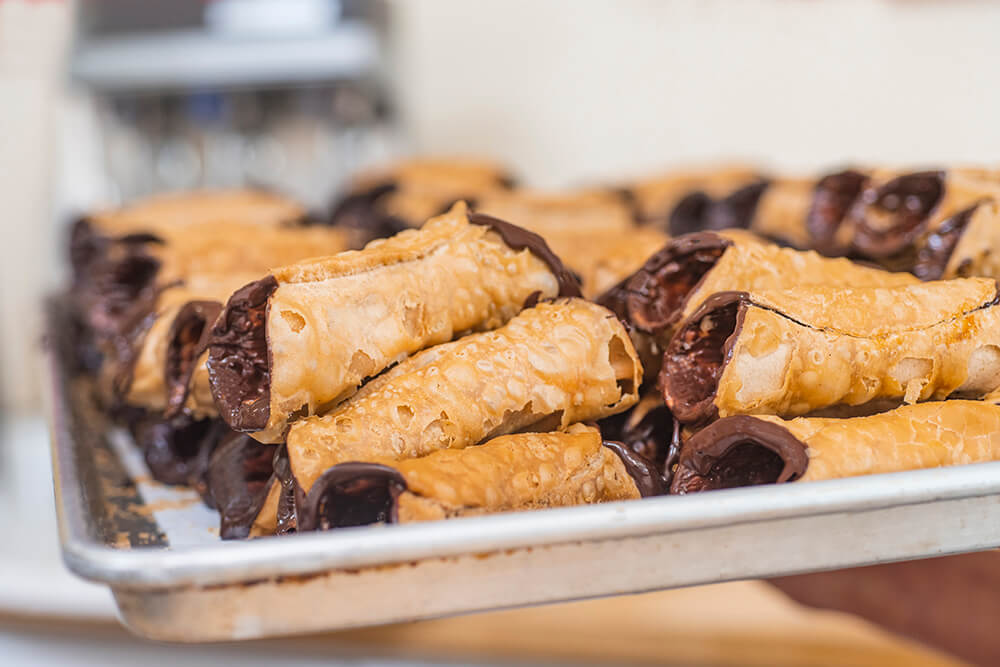
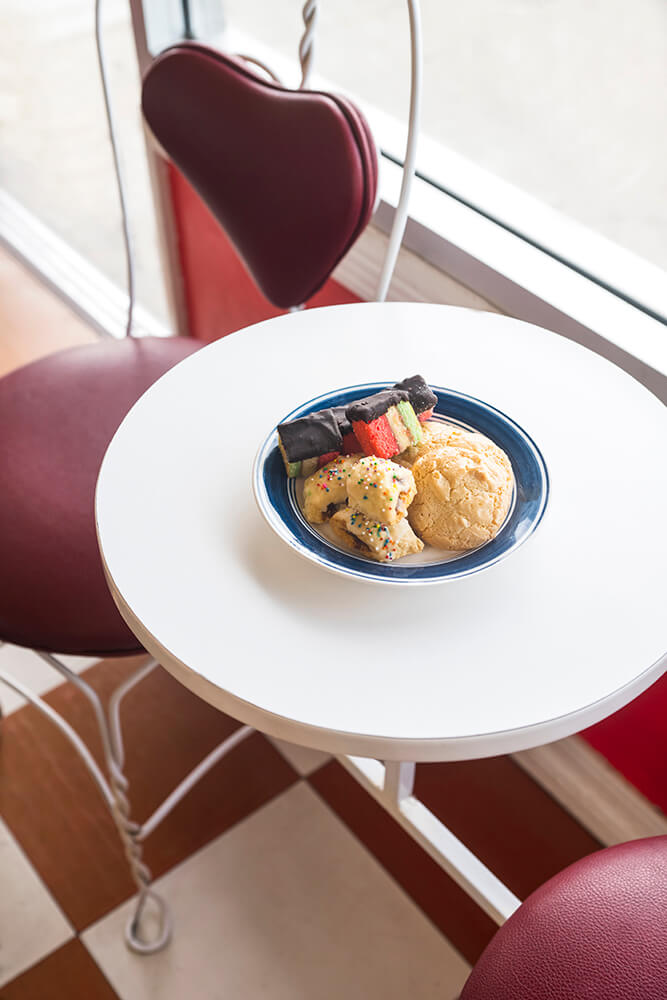


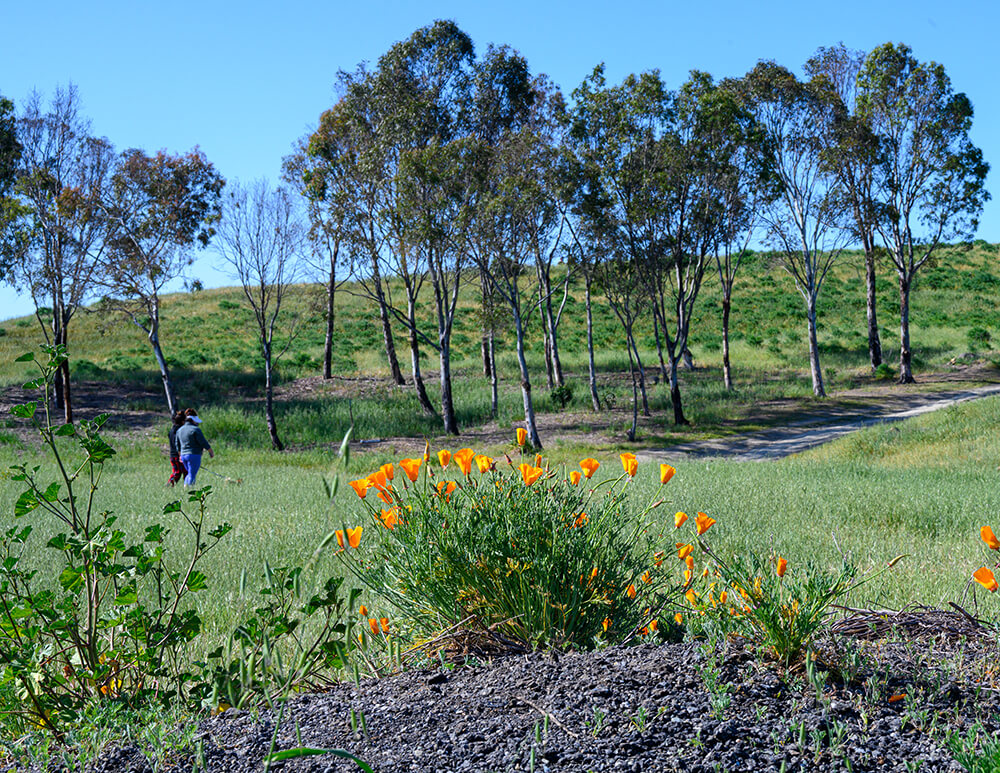


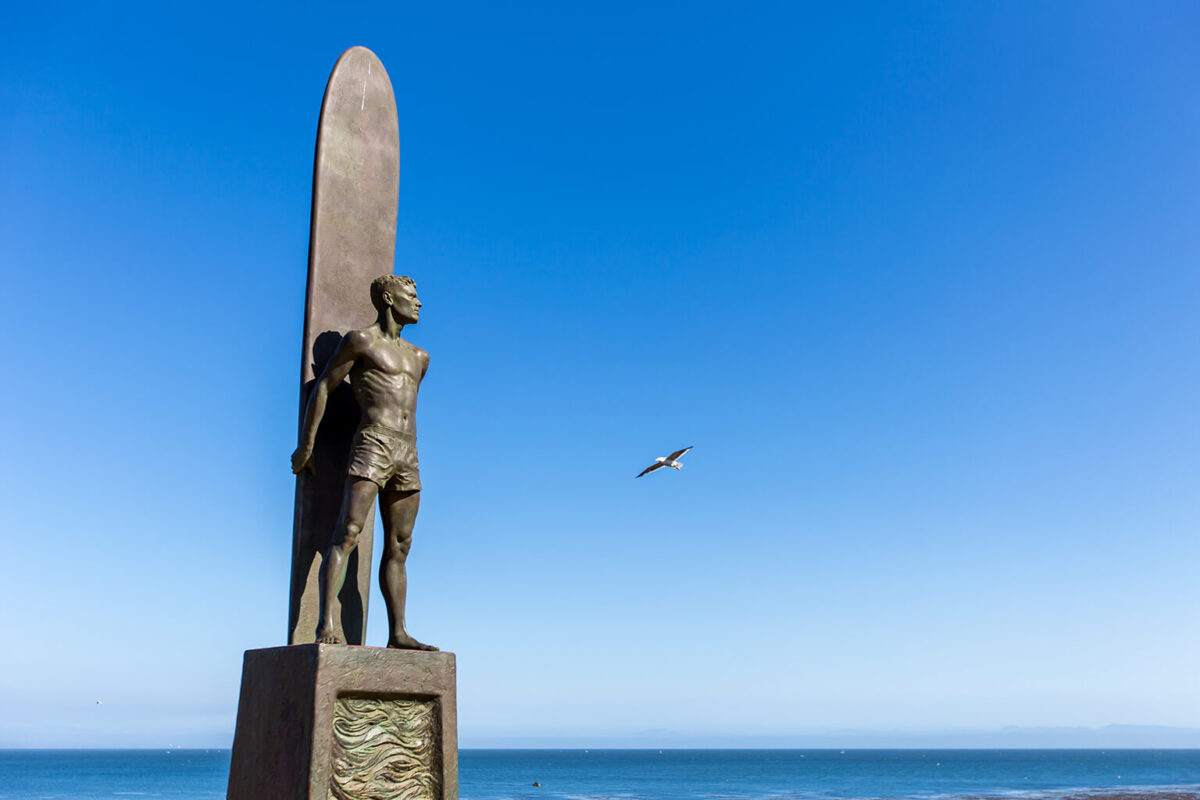


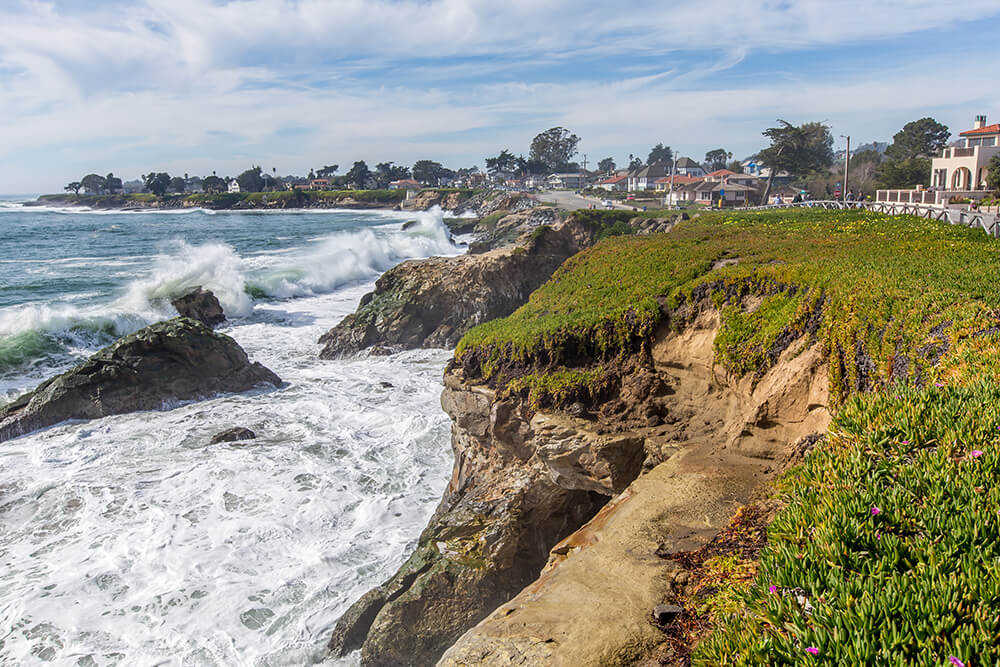
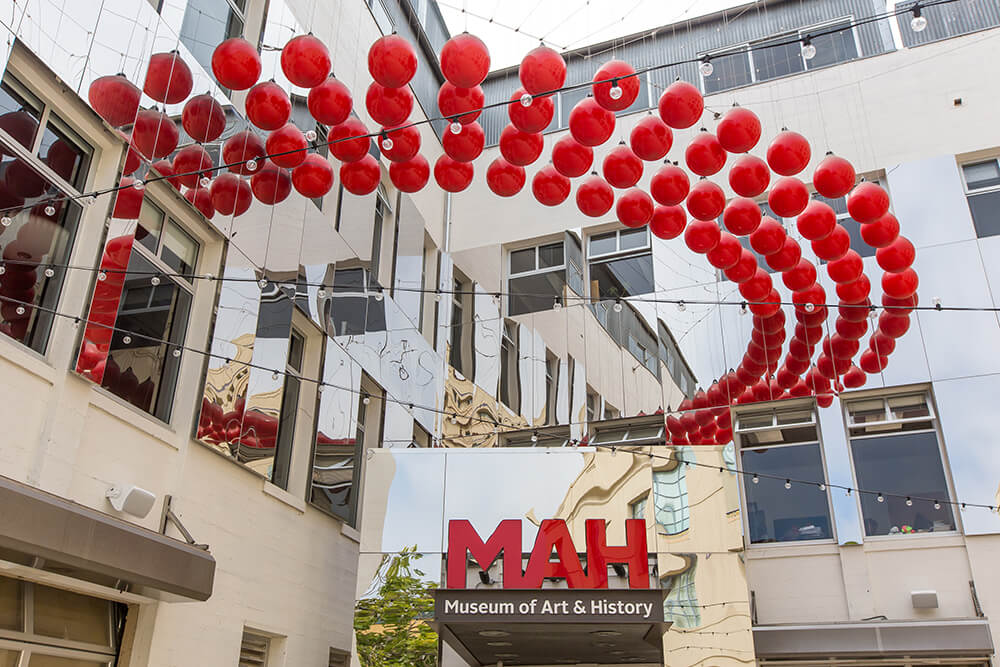


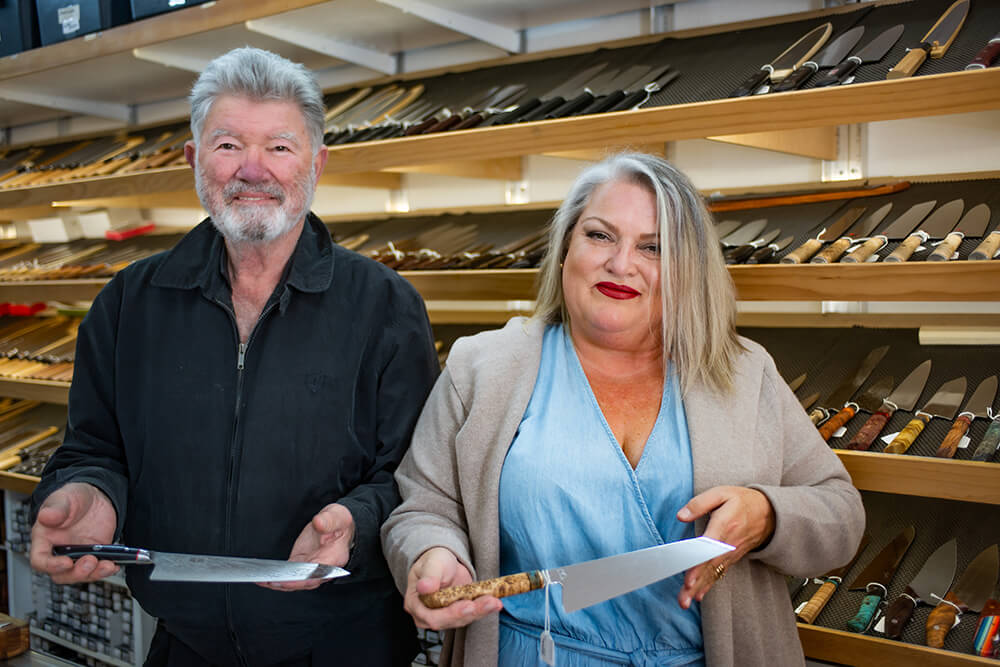
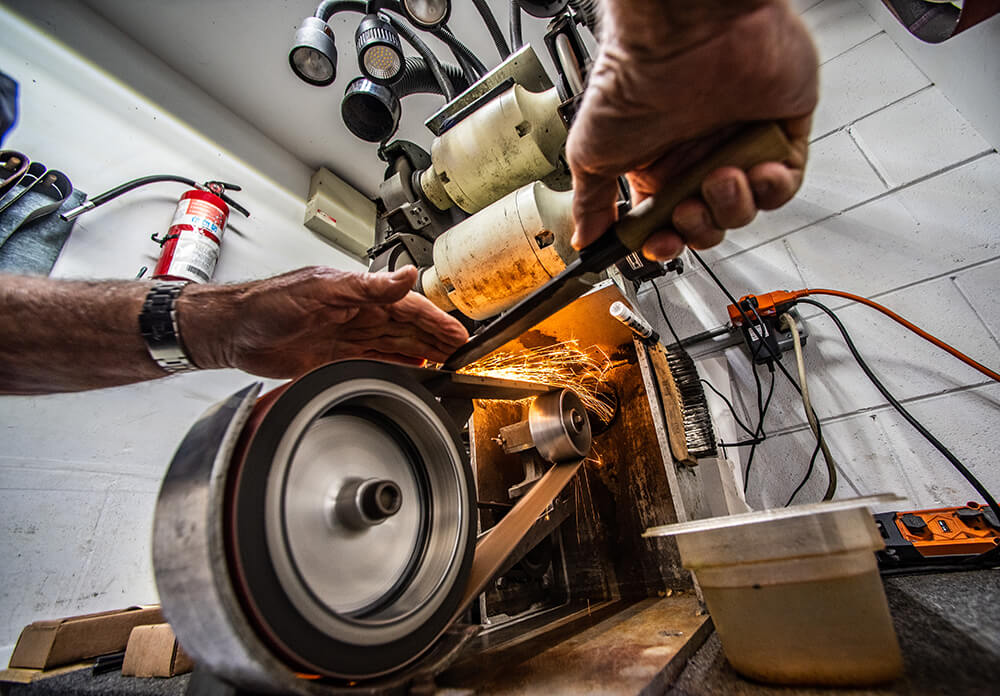


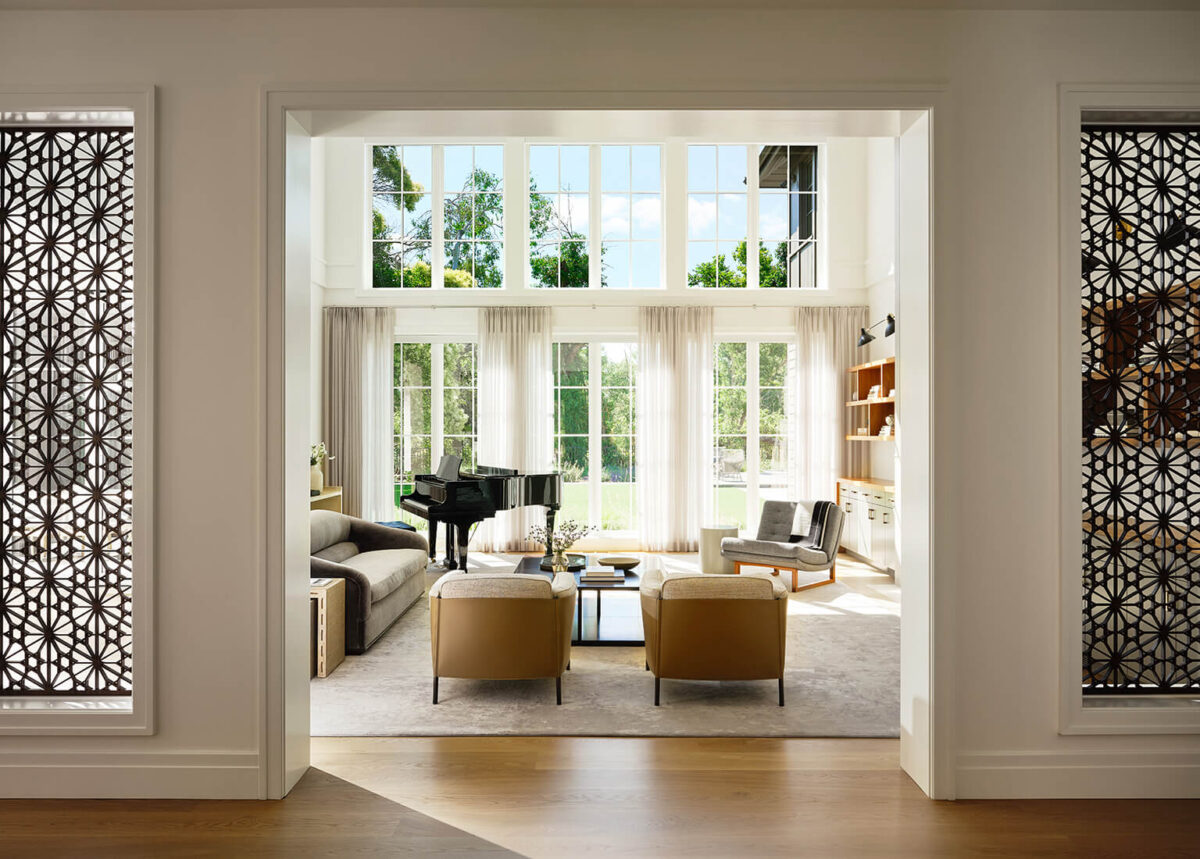
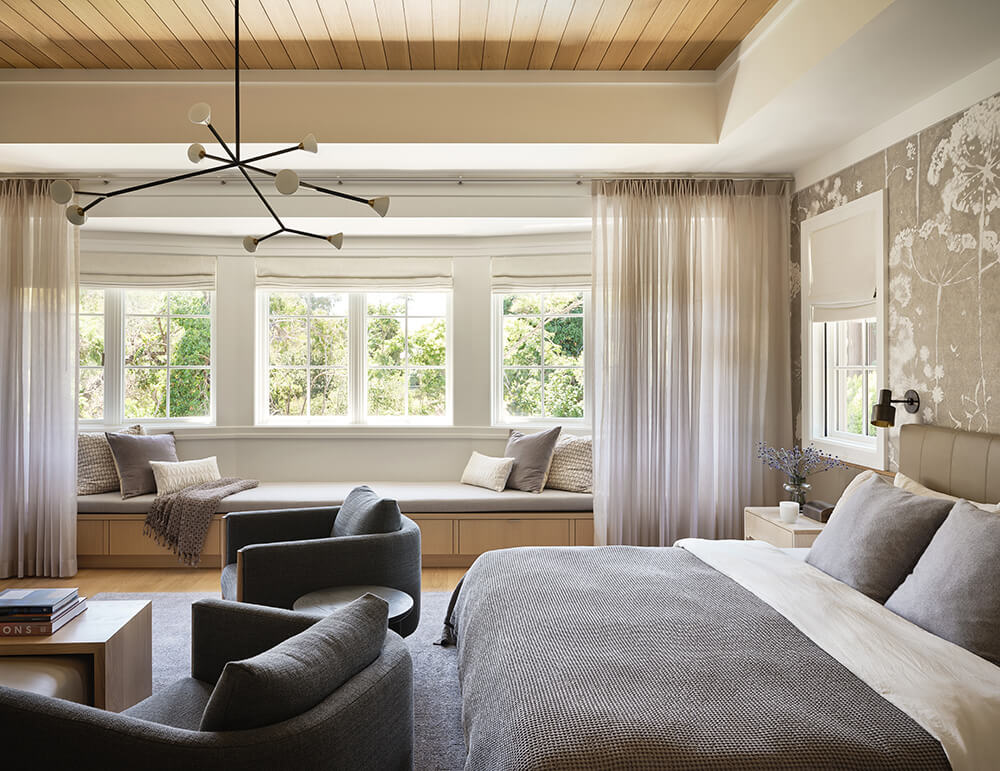 Over the next three and a half years, as their kids shot hoops just a curve in the road away, their future home emerged from the ground up. Although much larger—three stories and nearly 12,000 square feet—the new structure folded seamlessly into the tranquil scenery around it. “Quiet luxury” is Linda’s descriptive catchphrase. “They had a clear vision and trusted us on the design,” she explains. “The design mimics their personalities. They’re very understated, humble people, so the design isn’t loud, yet it’s still very detailed and the materials are very luxurious and specific to each space.”
Over the next three and a half years, as their kids shot hoops just a curve in the road away, their future home emerged from the ground up. Although much larger—three stories and nearly 12,000 square feet—the new structure folded seamlessly into the tranquil scenery around it. “Quiet luxury” is Linda’s descriptive catchphrase. “They had a clear vision and trusted us on the design,” she explains. “The design mimics their personalities. They’re very understated, humble people, so the design isn’t loud, yet it’s still very detailed and the materials are very luxurious and specific to each space.”